Dusseldorf
Düsseldorf, a city of style and innovation, is known for its fashion, art, and lively atmosphere. The glamorous Königsallee, lined with luxury boutiques and cafés, makes it a shopping paradise. Along the Rhine, the MedienHafen district blends modern architecture with vibrant nightlife. The Altstadt, often called "the longest bar in the world," offers countless traditional breweries and lively pubs. From cutting-edge art galleries to its famous carnival, Düsseldorf is a city that seamlessly combines elegance with excitement.
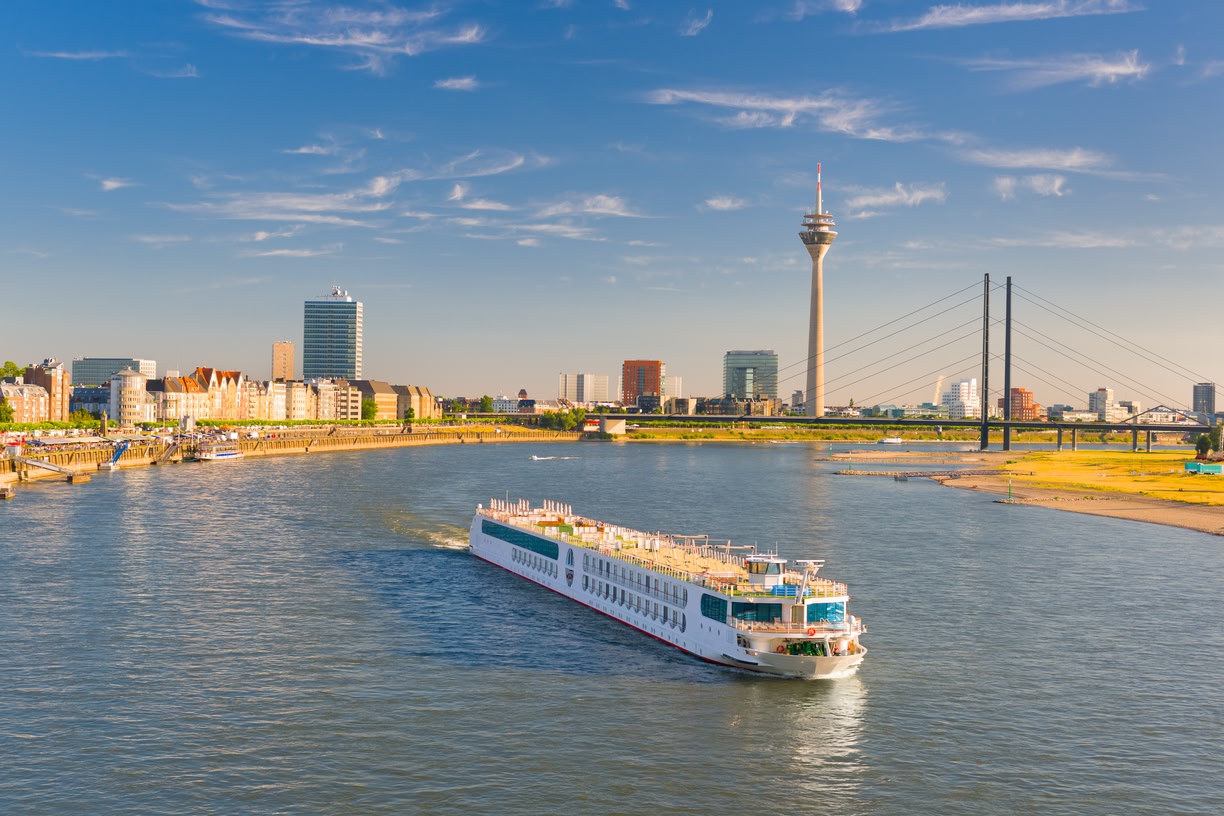
Where to Stay in Düsseldorf?
Hotels, B&B's...
Haus Vogelsang
me and Spa

FourtyThree
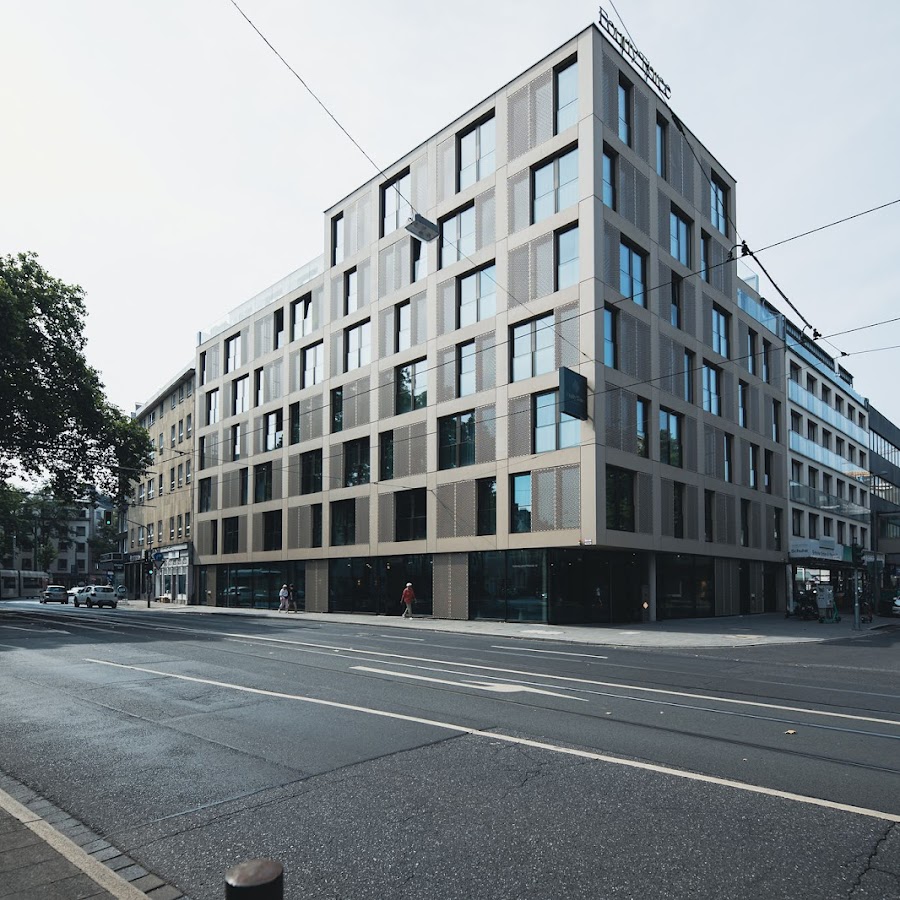
Hotel Petersburg GmbH

Belle Etage
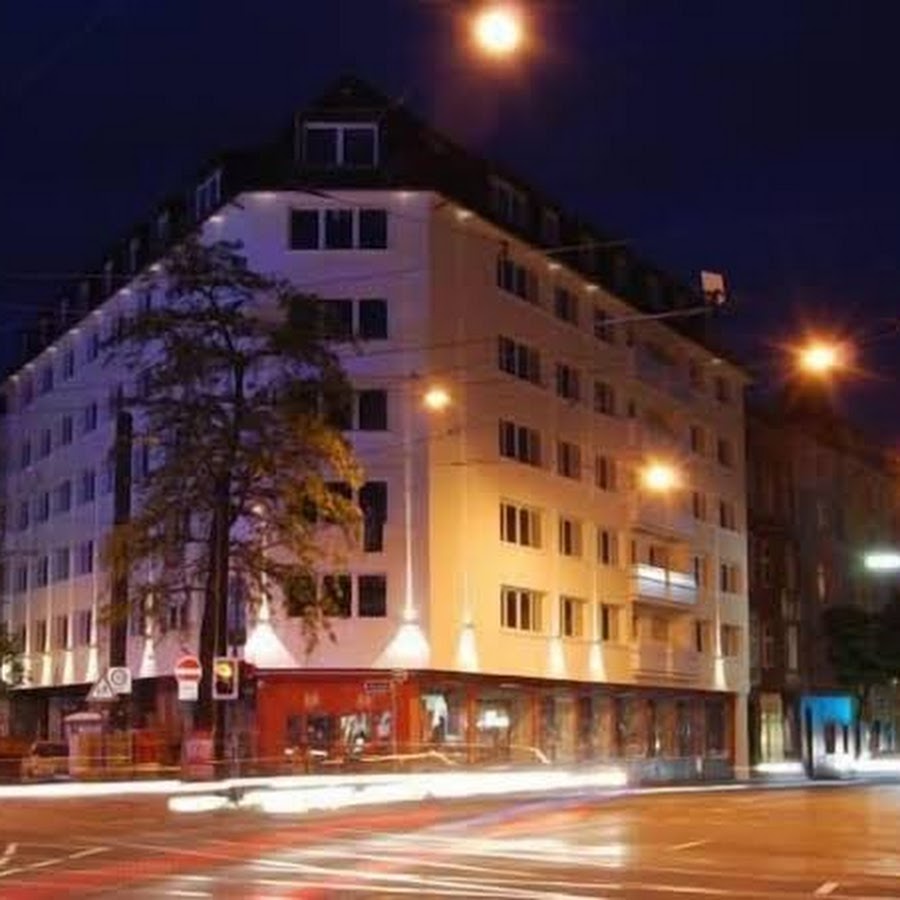
B-Chill Düsseldorf
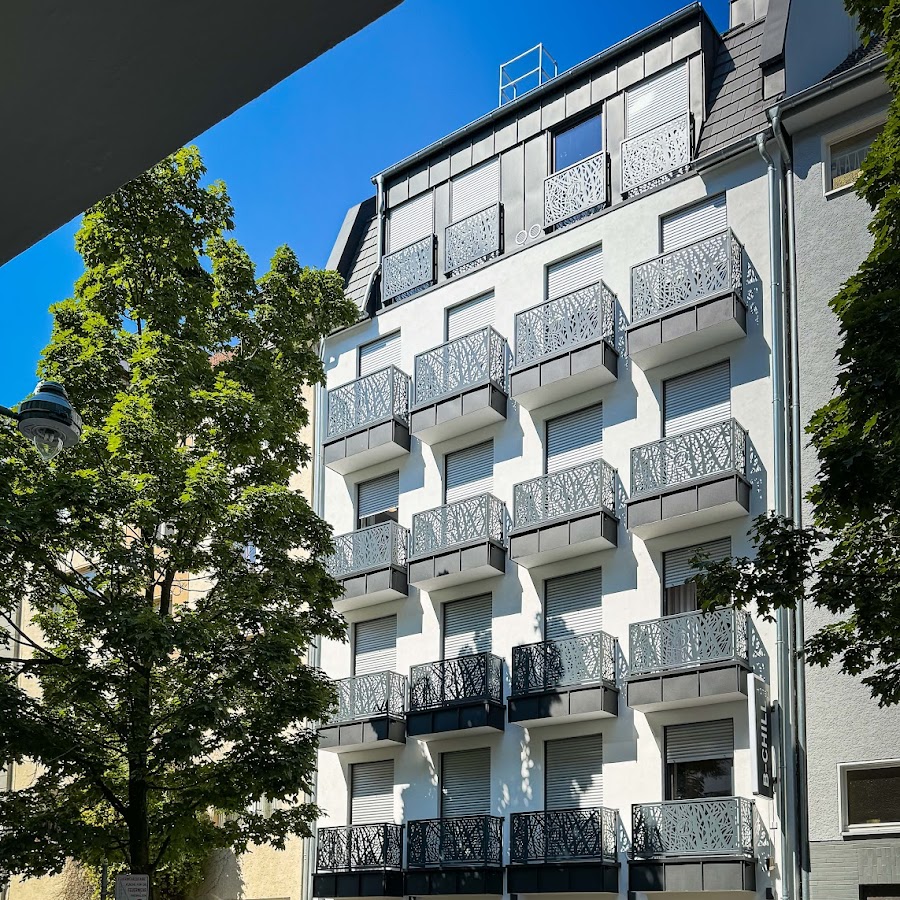
Bahn-Hotel
Boutique Hotel Villa Sarah
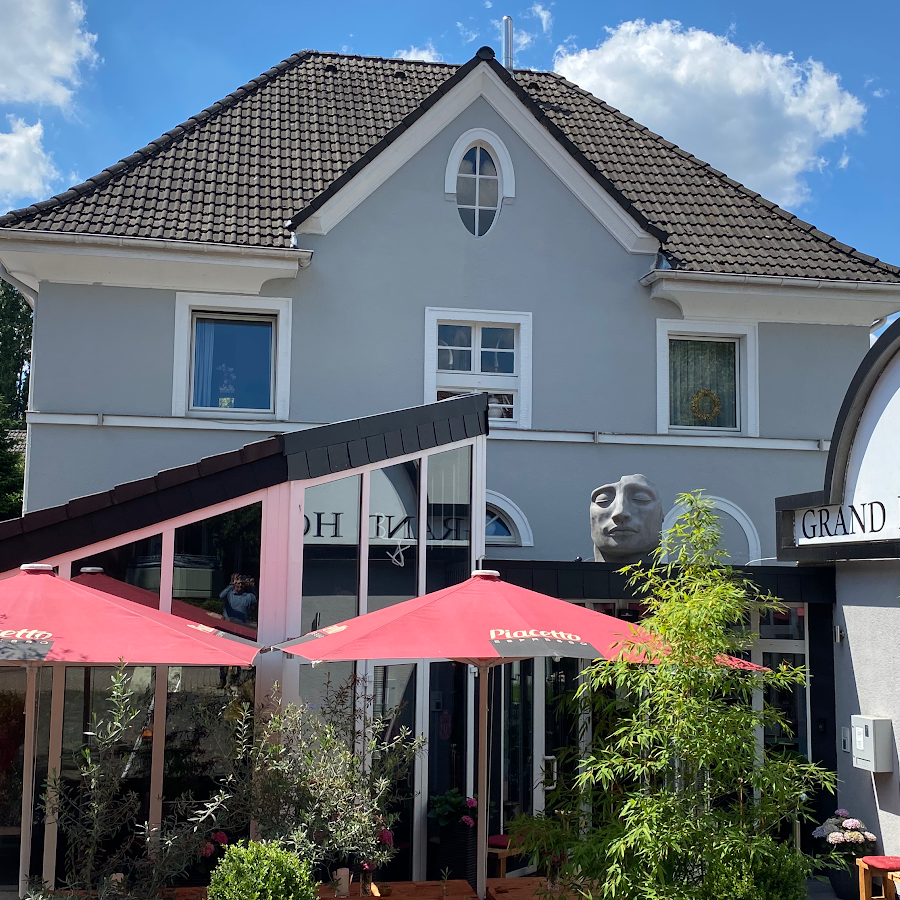
ibis budget Duesseldorf Hilden
Trip Inn Hotel Schumann
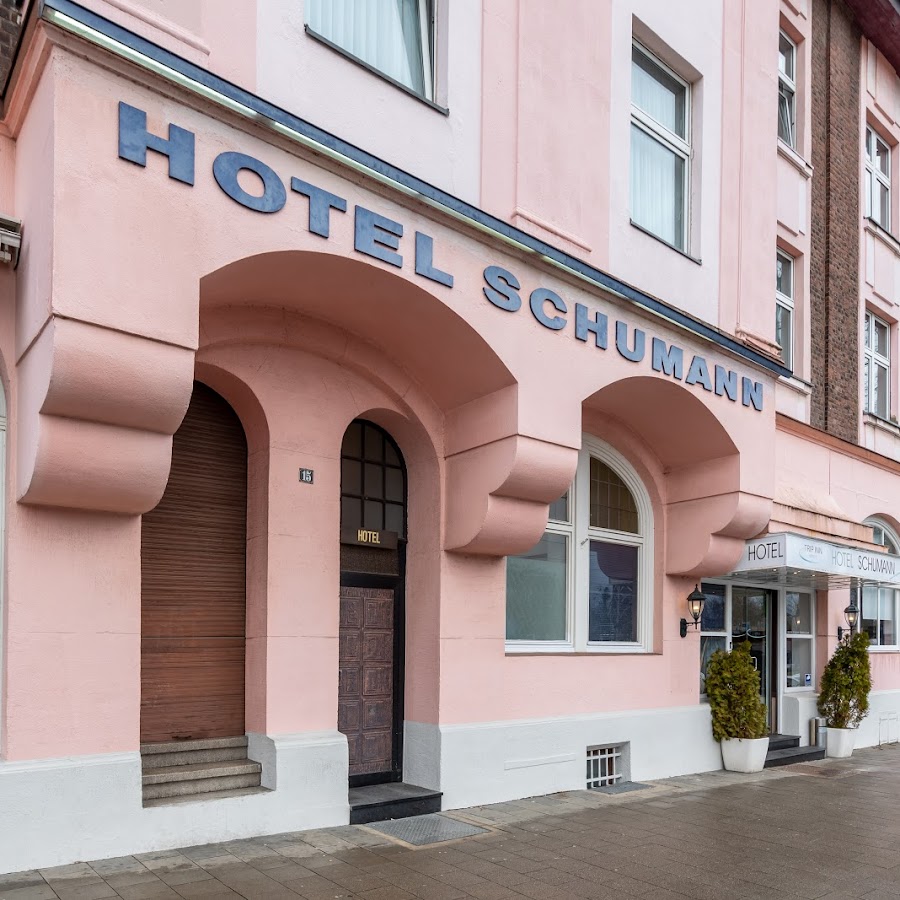
DORMERO Hotel Düsseldorf

TRIBE Duesseldorf
Leonardo Boutique Hotel Düsseldorf
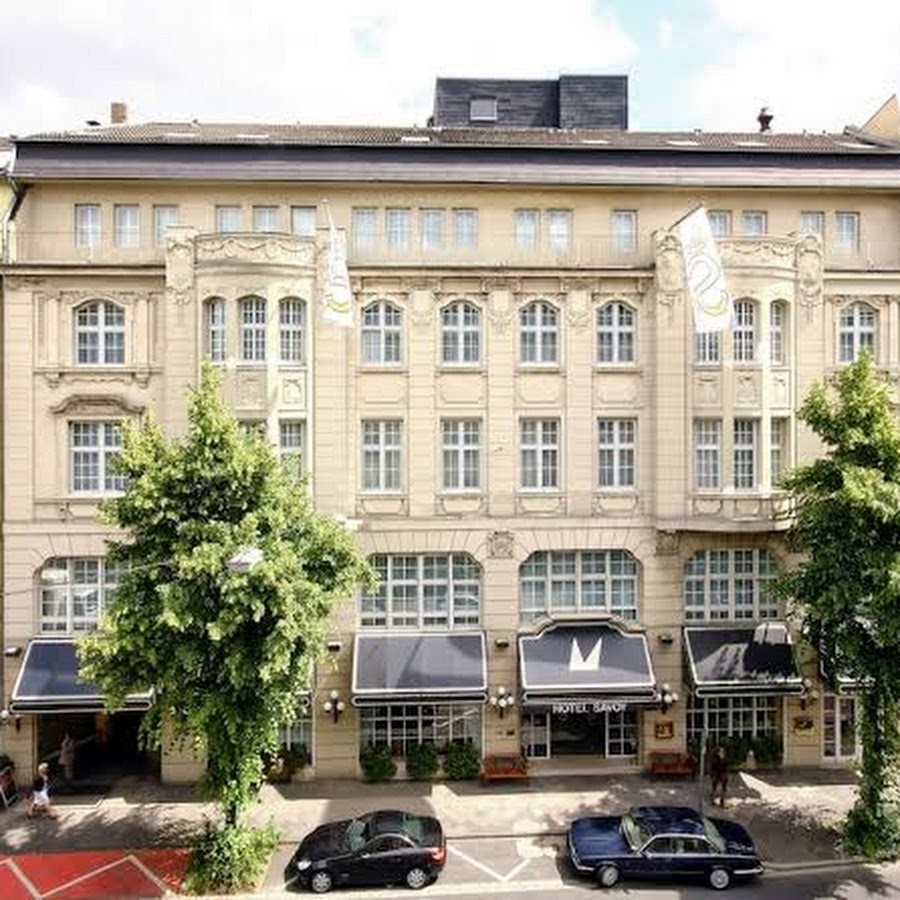
Clayton Hotel Düsseldorf
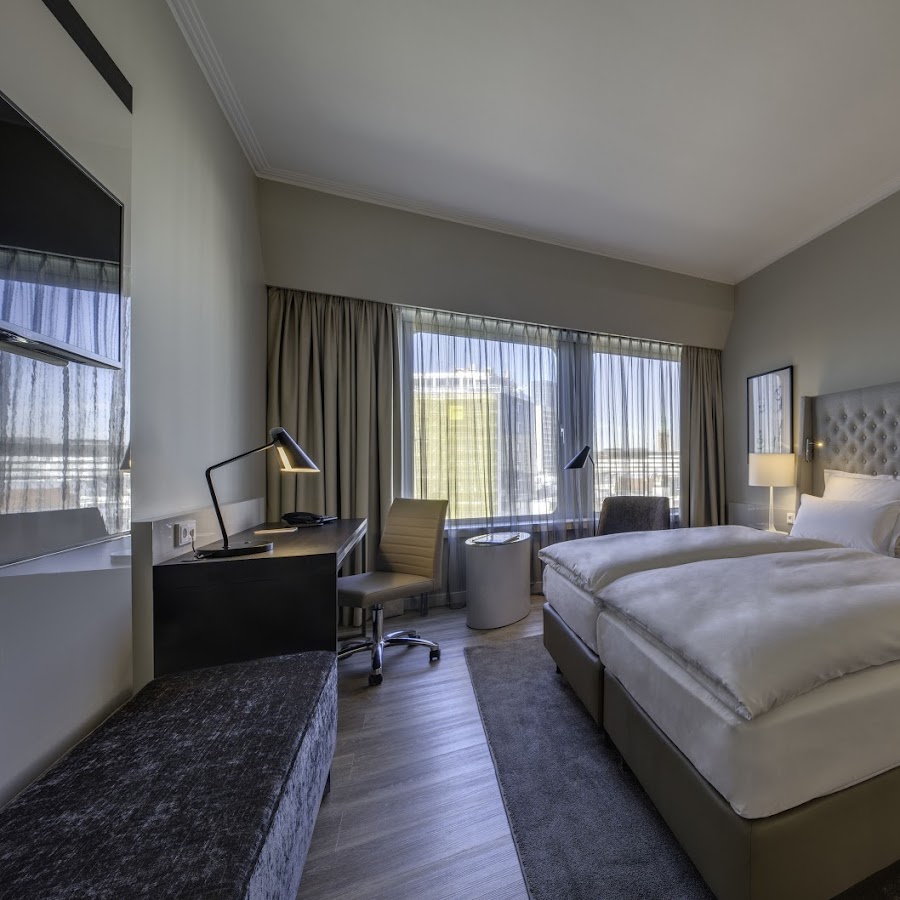
Courtyard Duesseldorf Seestern
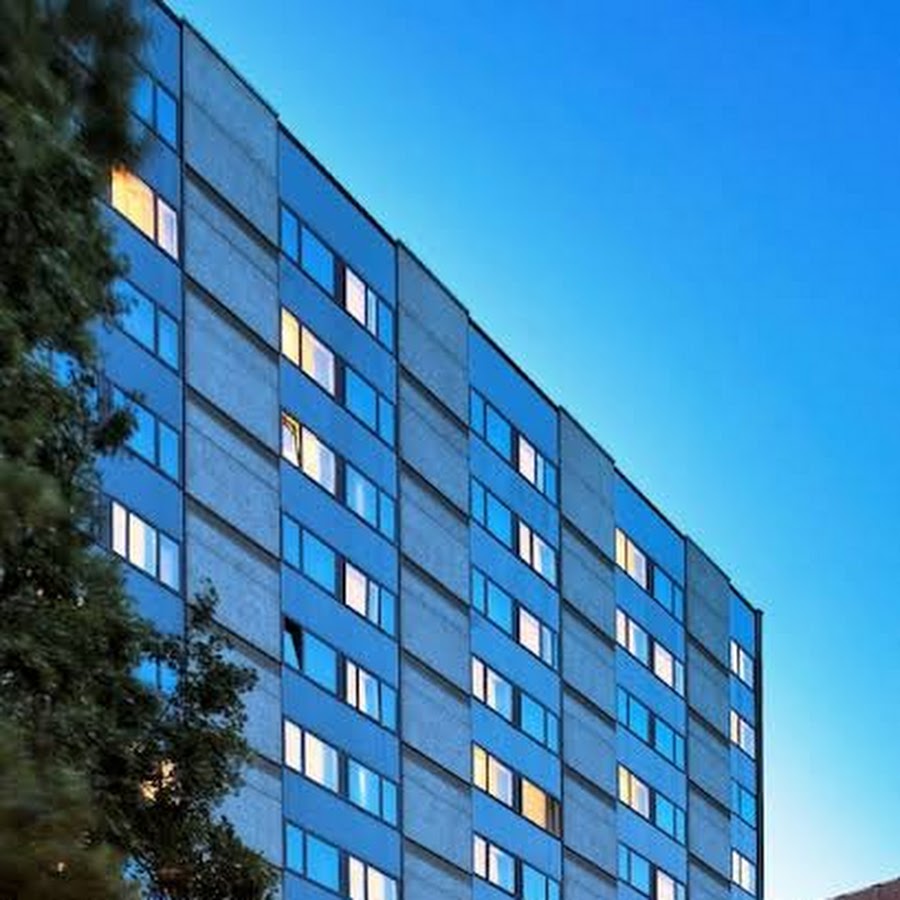
Hotel NH Düsseldorf City Nord
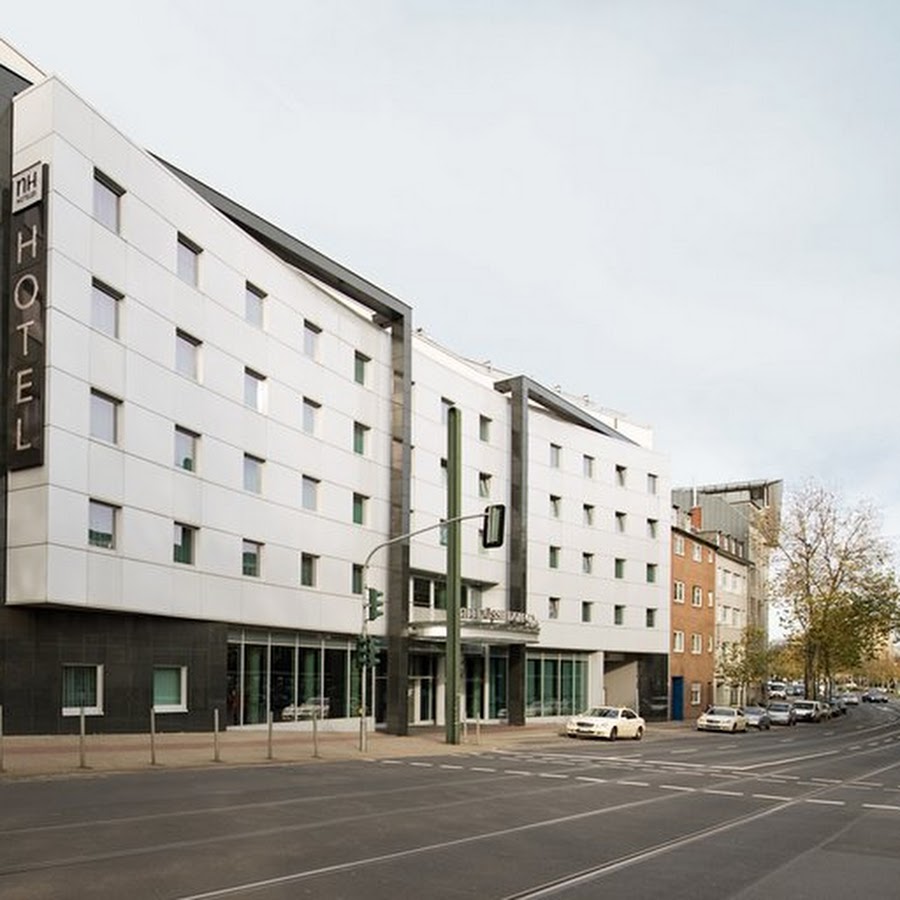
Van Der Valk Airporthotel Düsseldorf
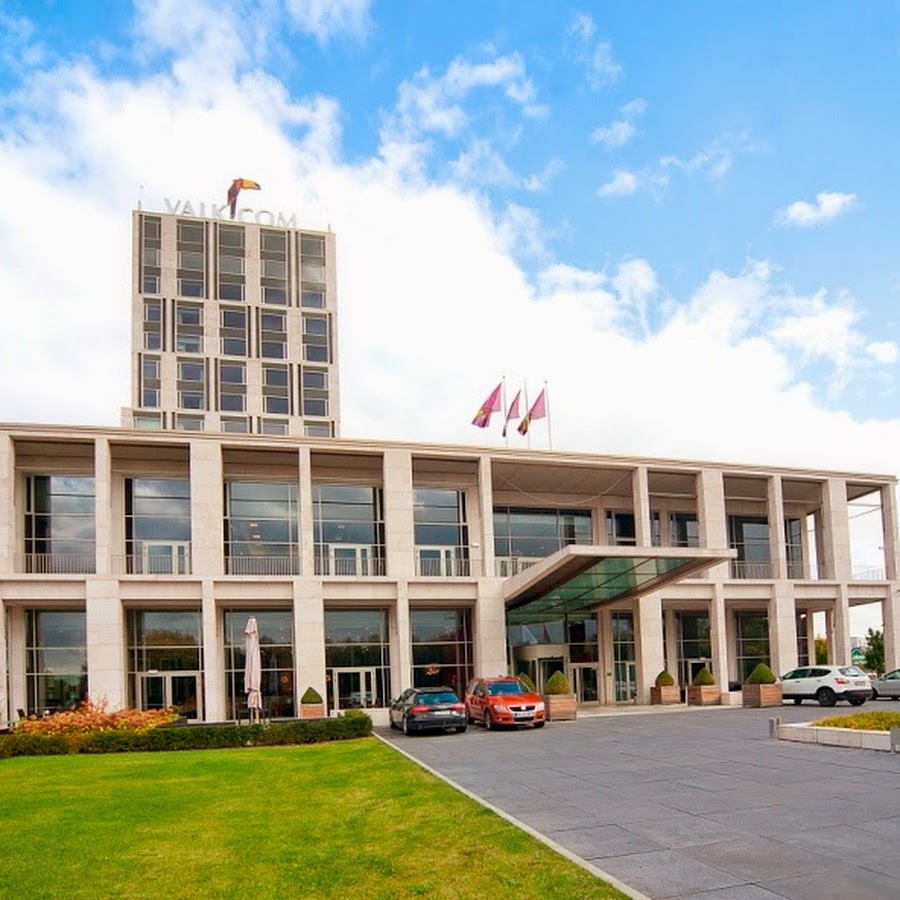
Preferred Hotel Group
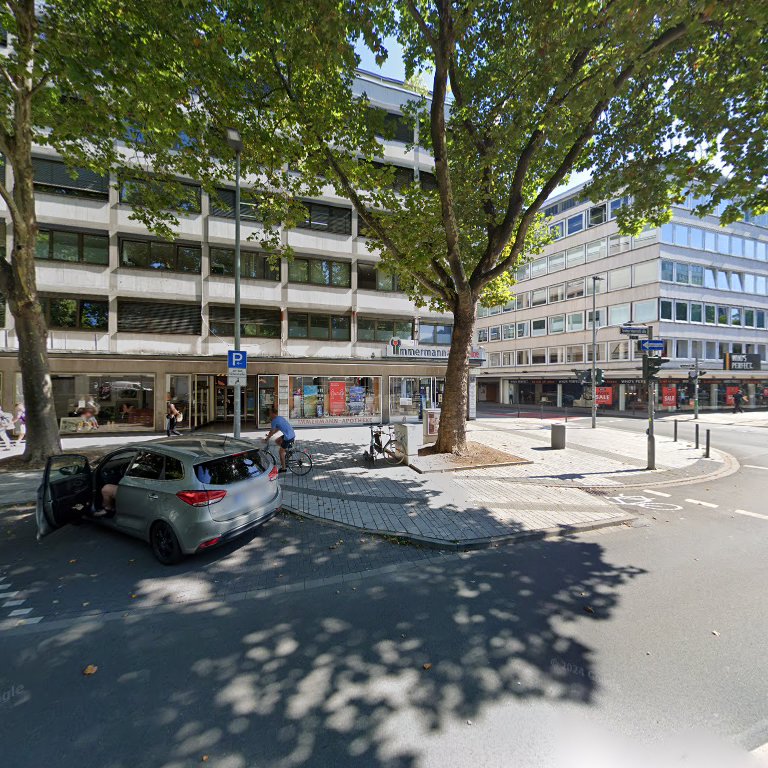
Hotel Tour Inn
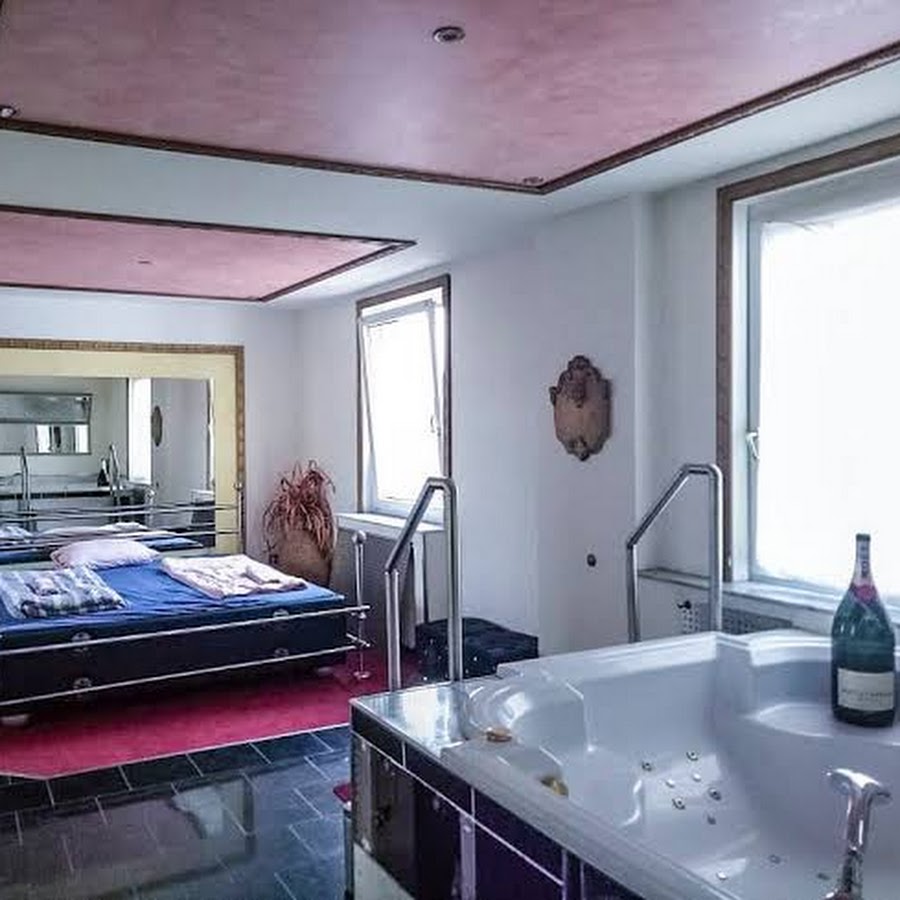
VCH-Hotels Deutschland

Reisebüro Klöckner Düsseldorf
Messeappartement Unterrath
City-Apartments Düsseldorf
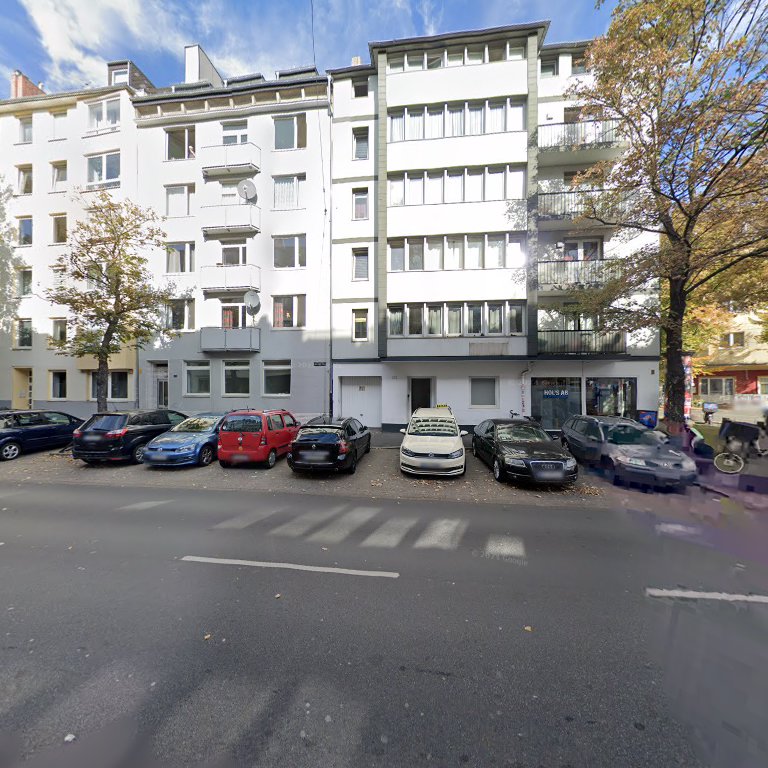
Green46 - Apartment in Meerbusch - Modern, komfortabel & nachhaltig
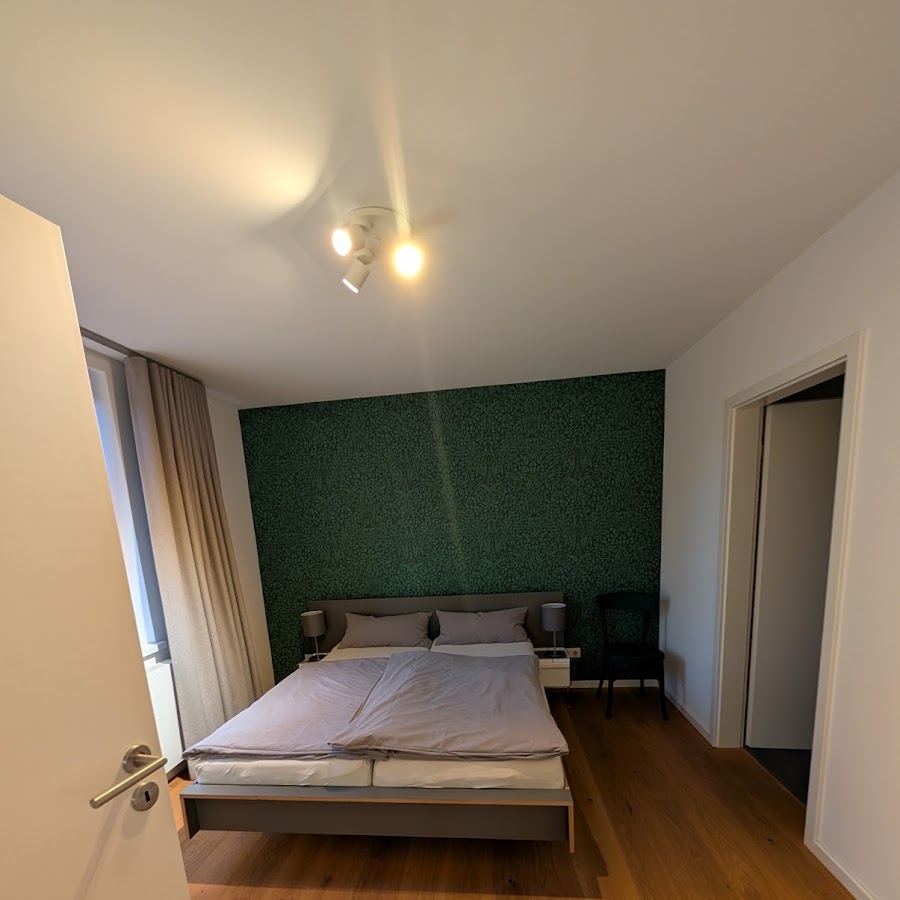
Hotel Gemini
Gildors Hotel
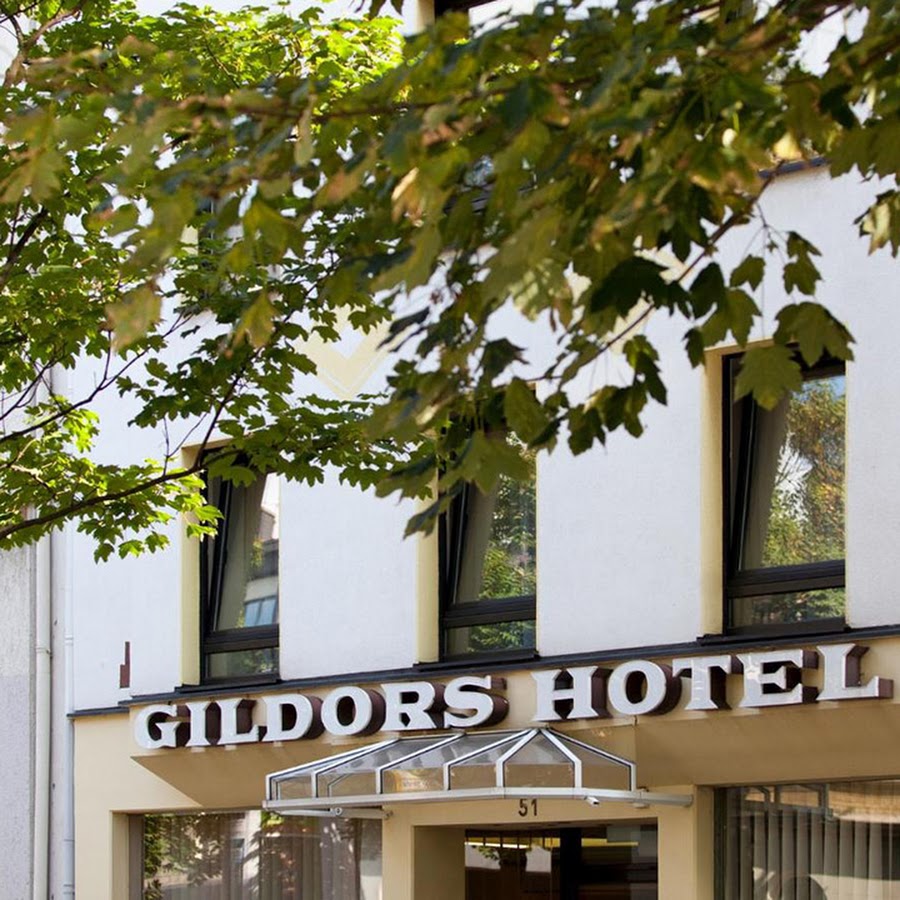
Hotel Batavia

Gästehaus Jahns - Messezimmer, Monteurzimmer
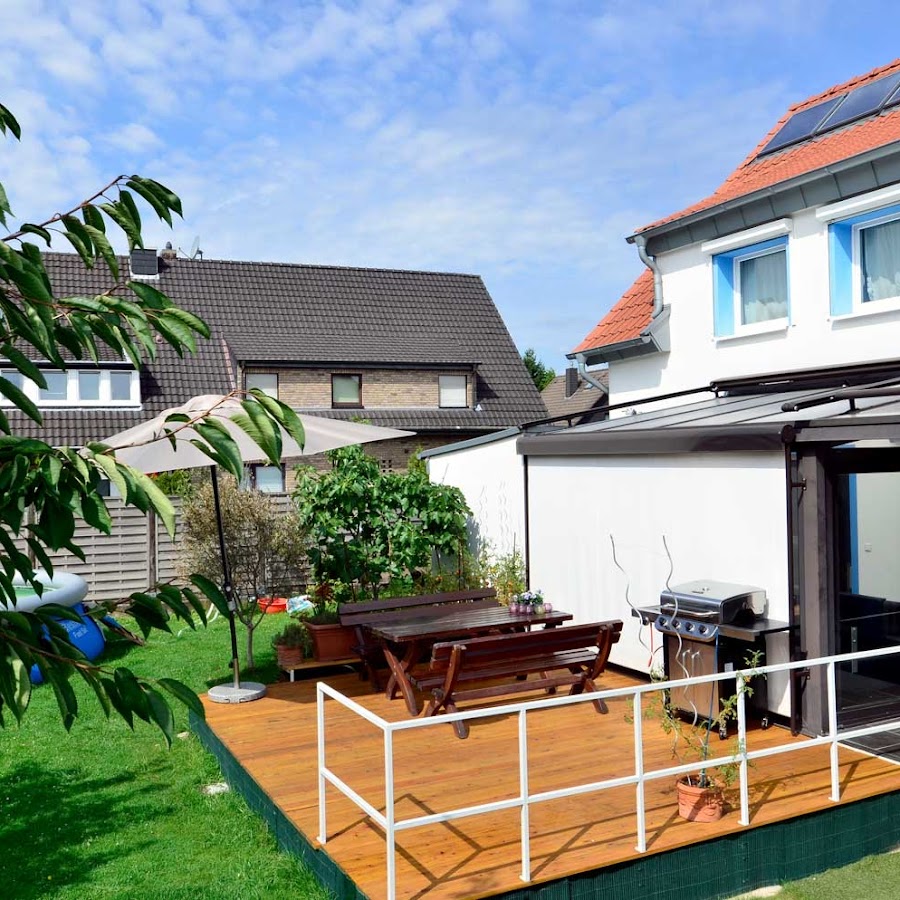
Haus Aspava
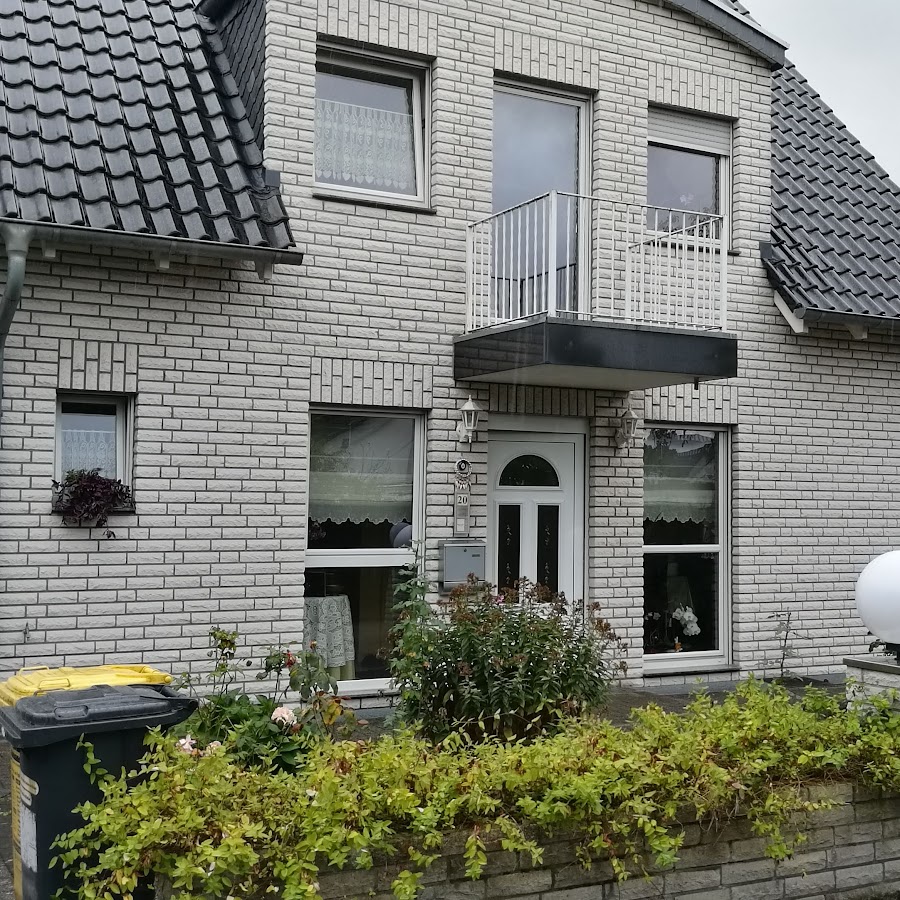
Düsseldorfer Domicil
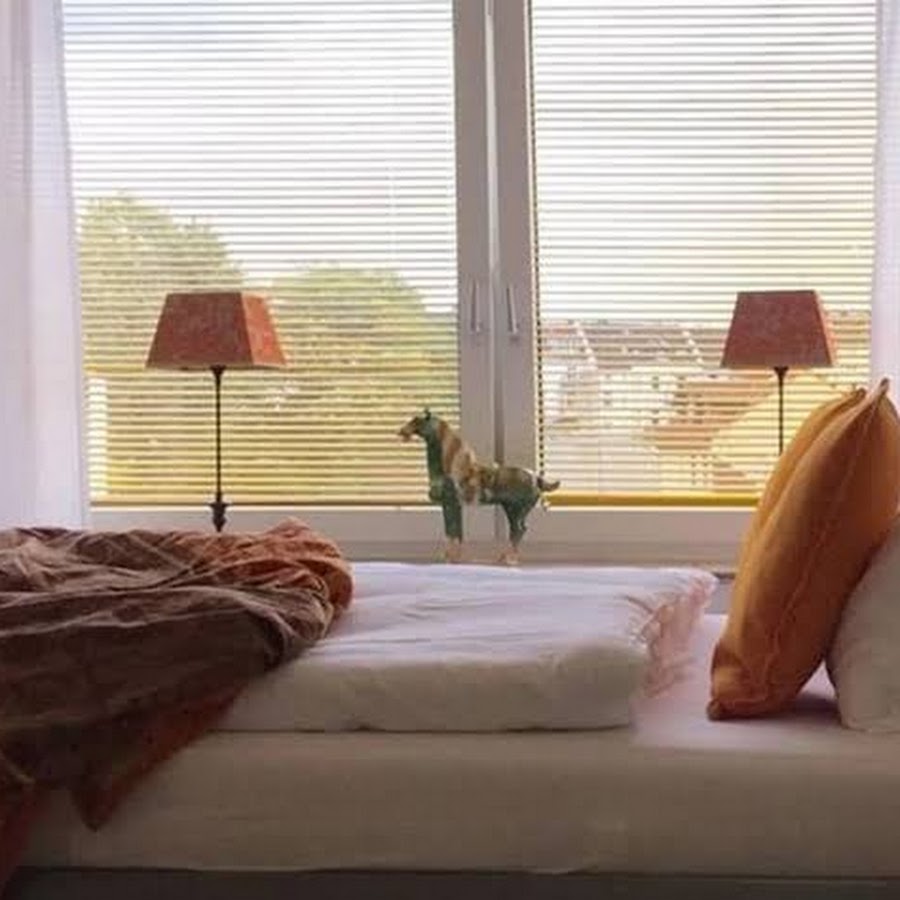
GästeHaus am Flughafen Düsseldorf
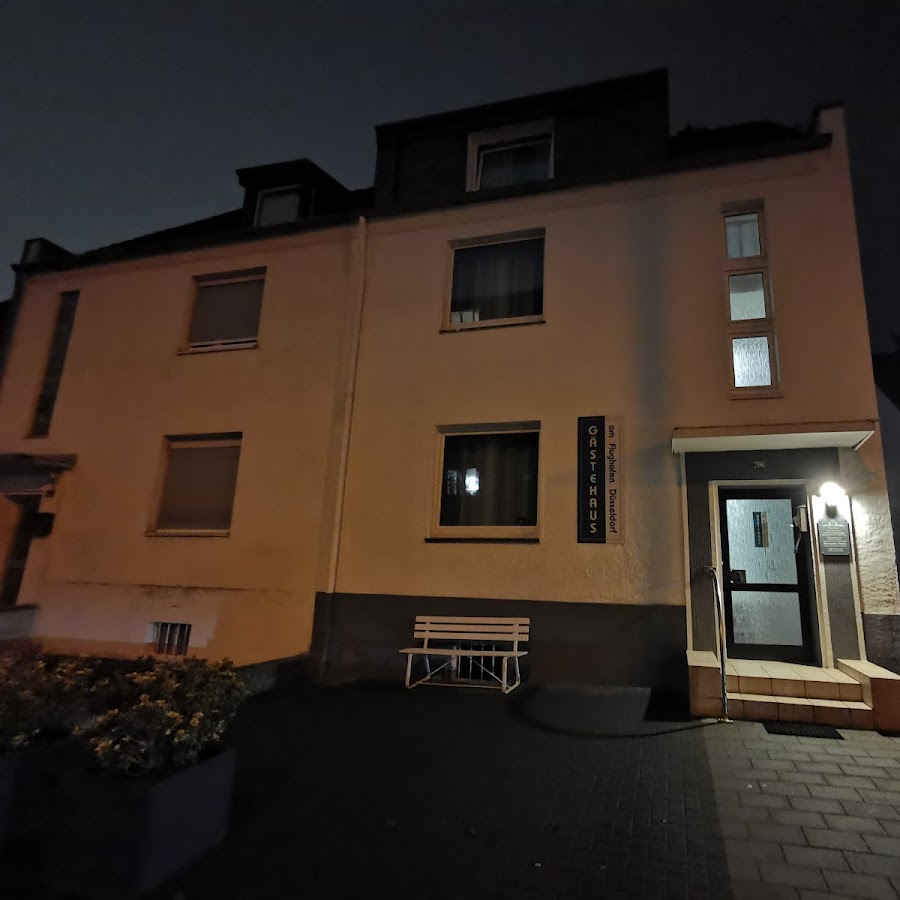
Apartement mit Dachterrasse - bei Curth klingen - Teilen Sie uns Ihre Ankunfszeit mit

BURNS Apartments Düsseldorf

Messehotel Medici
Hotel Schumacher
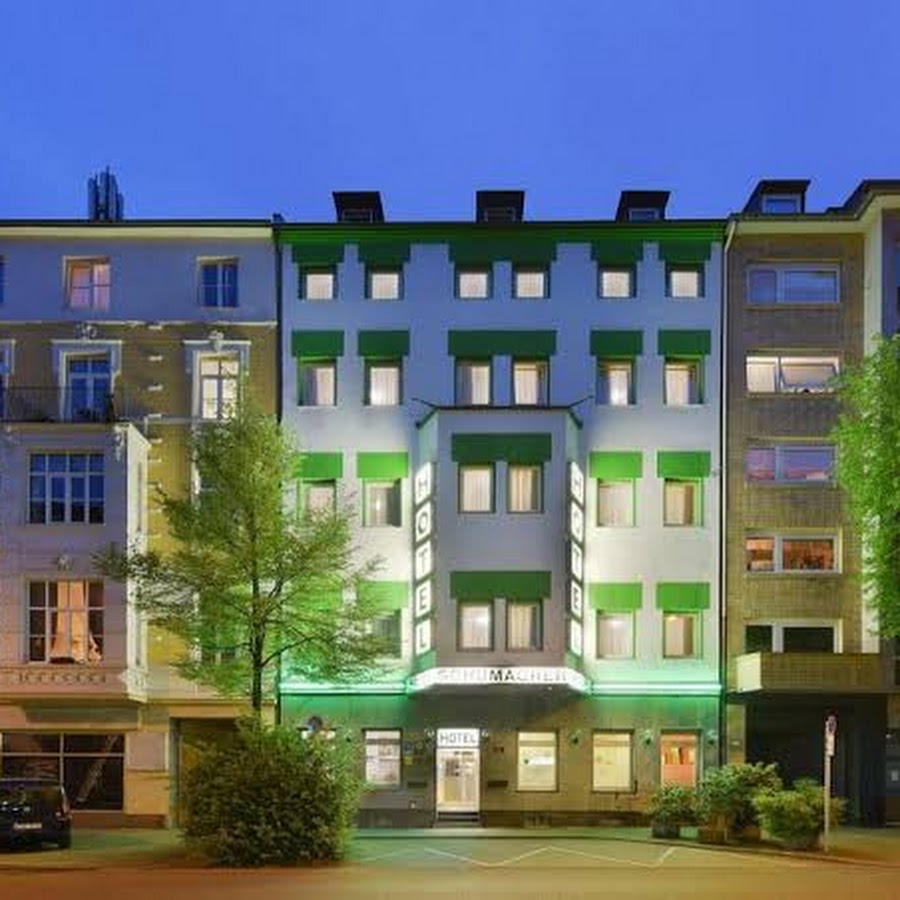
Christianes Gästehaus
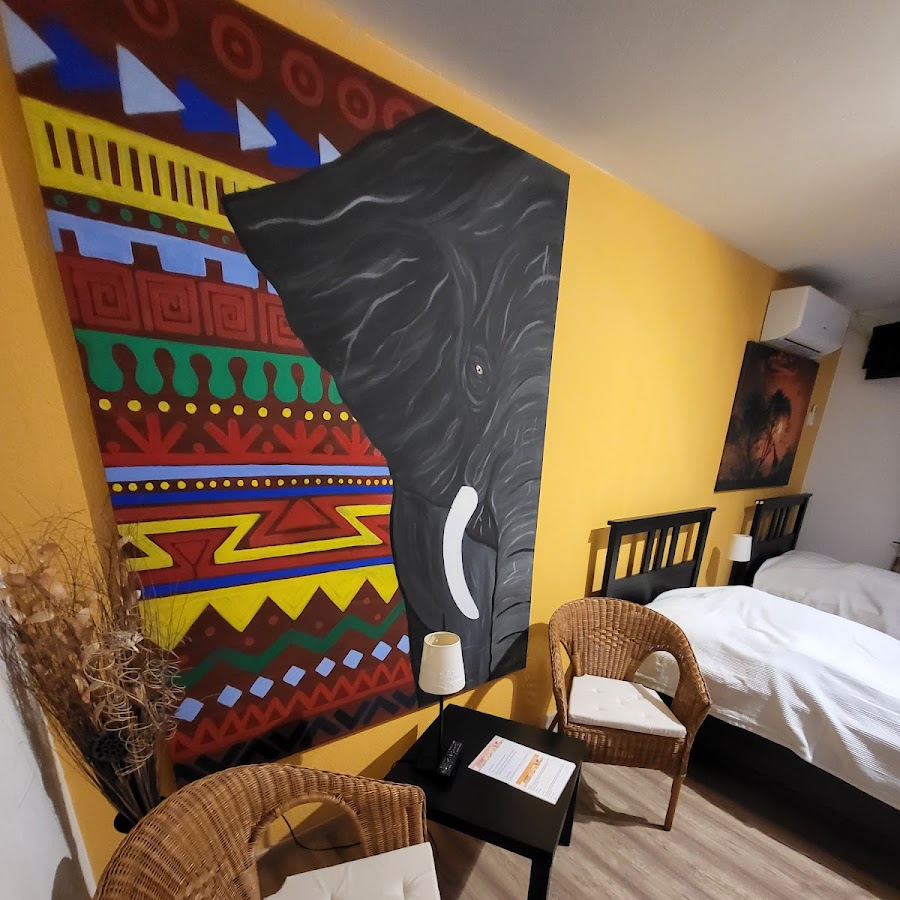
Hotel Astra
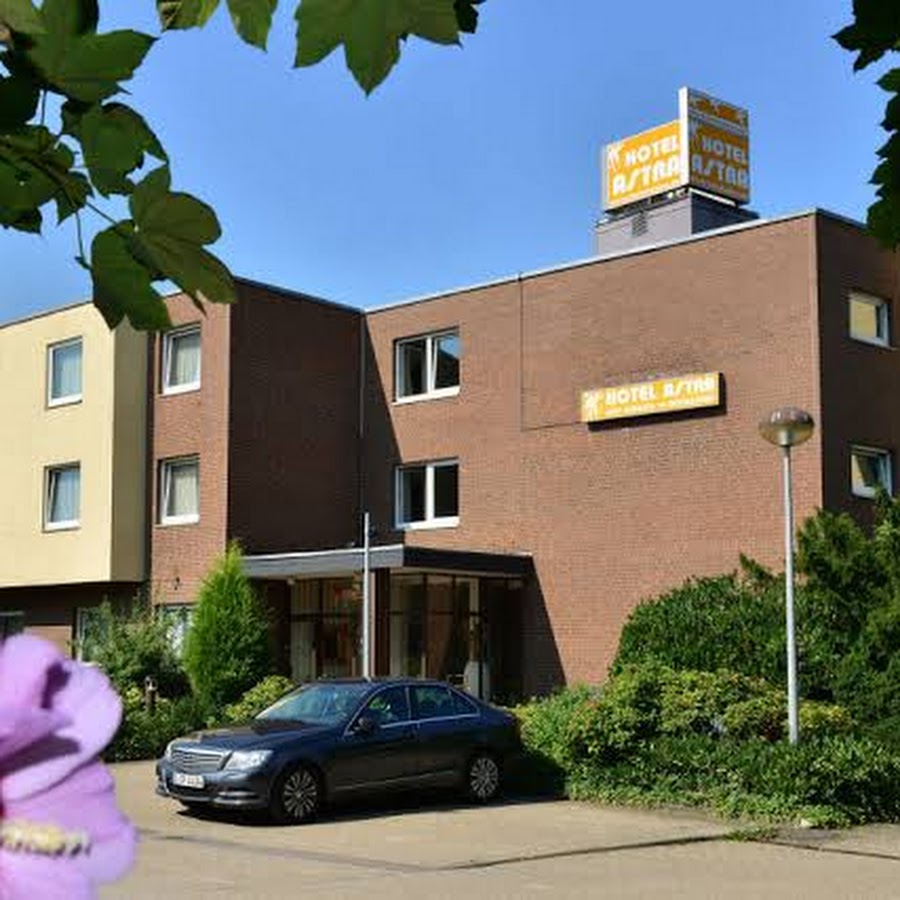
Airport Fashion Hotel
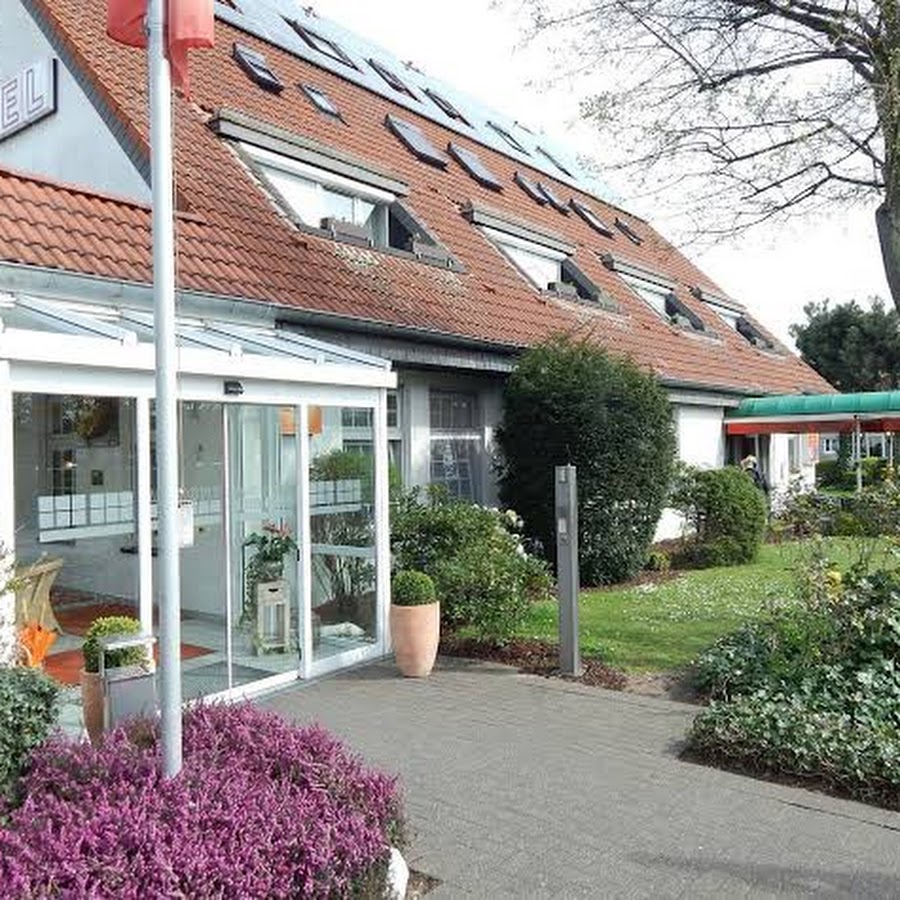
City Hotel
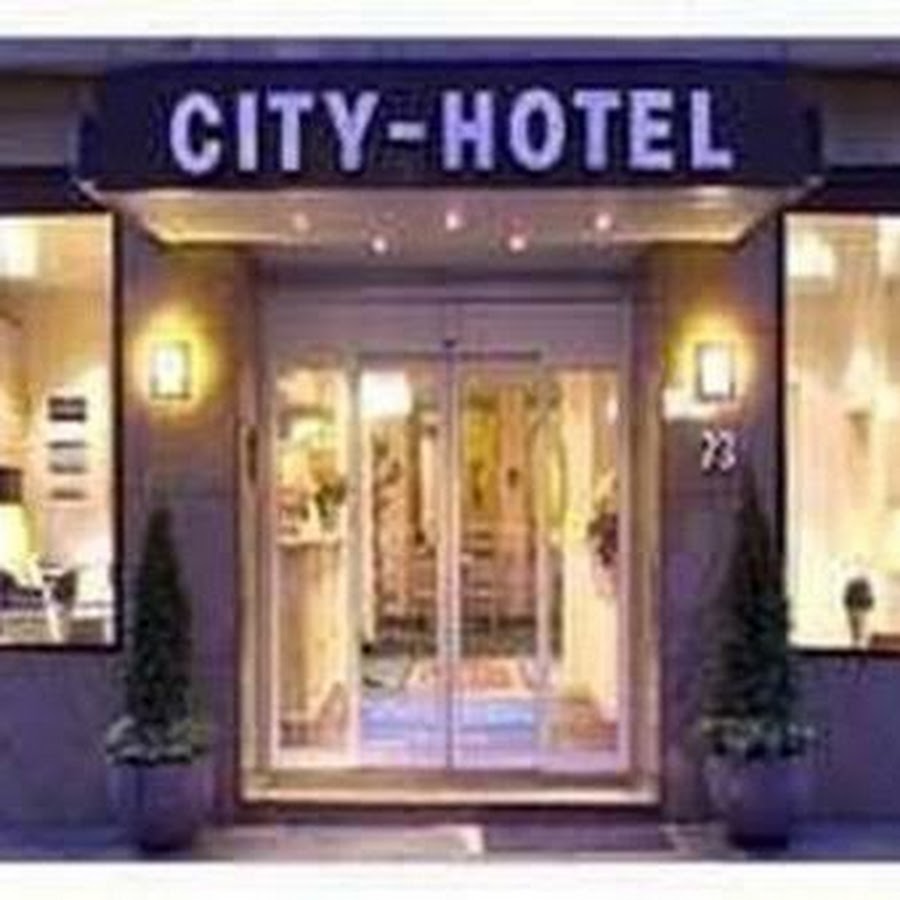
Gästehaus an der Messe
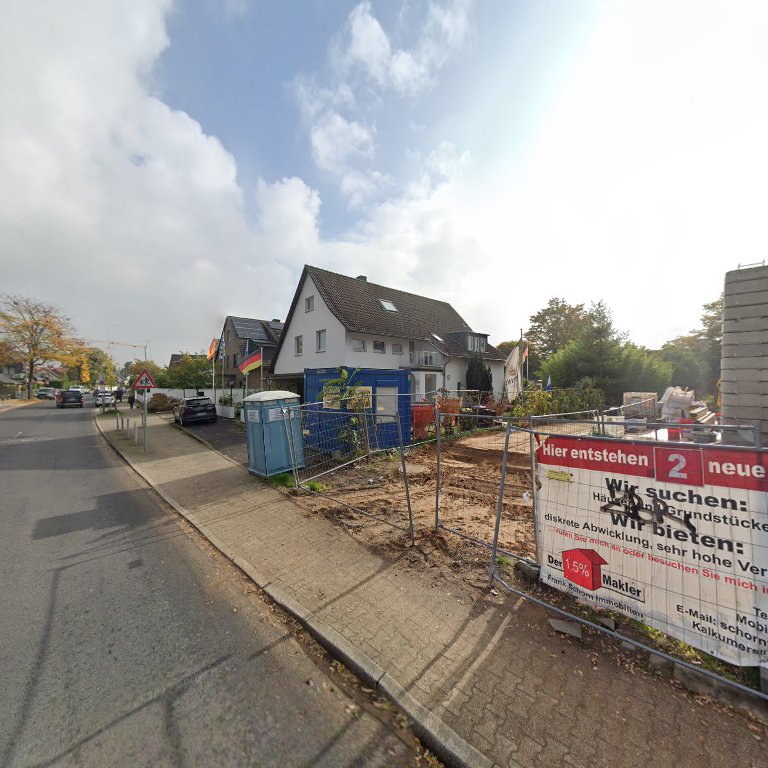
Altstadt Hotel St. Georg
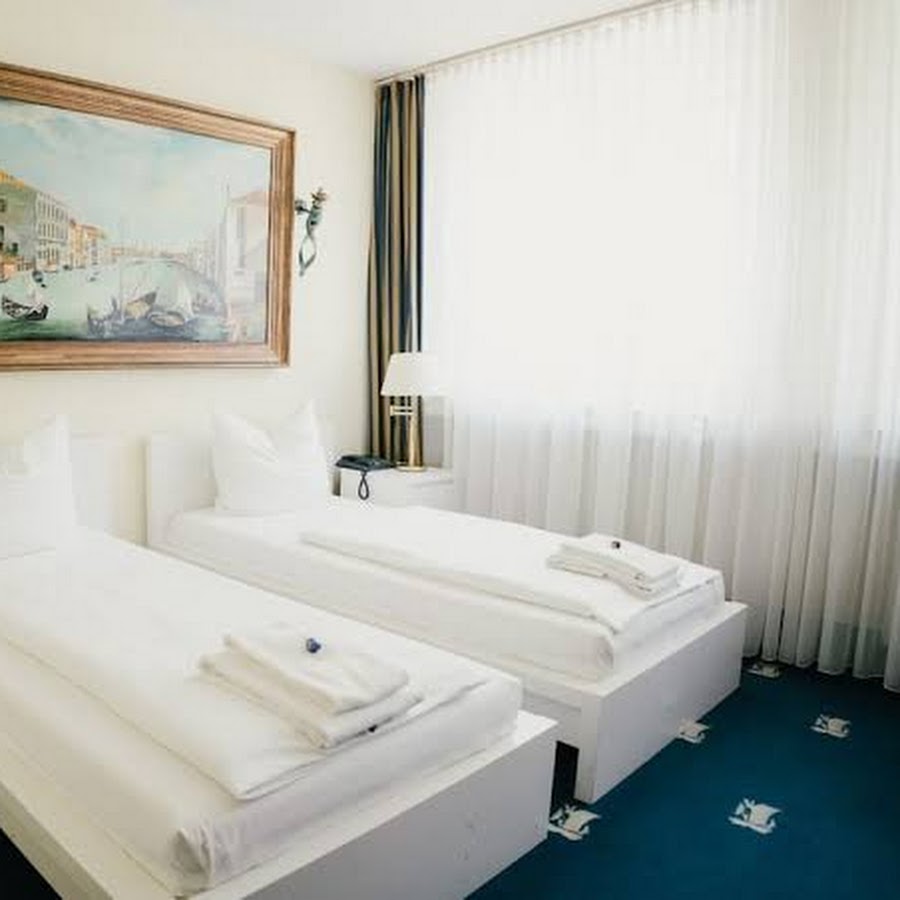
Campingplatz Nord
Guesthouse Iris
Haus Mooren
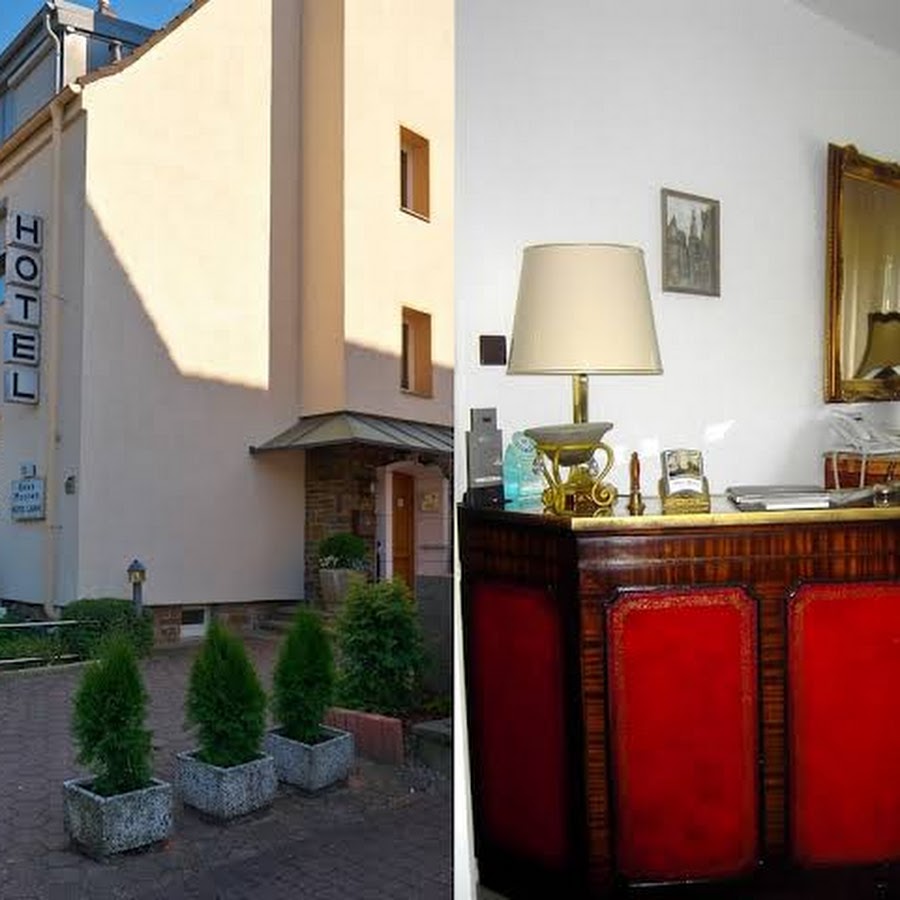
Bed & Breakfast Düsseldorf

Haus Mariand'l
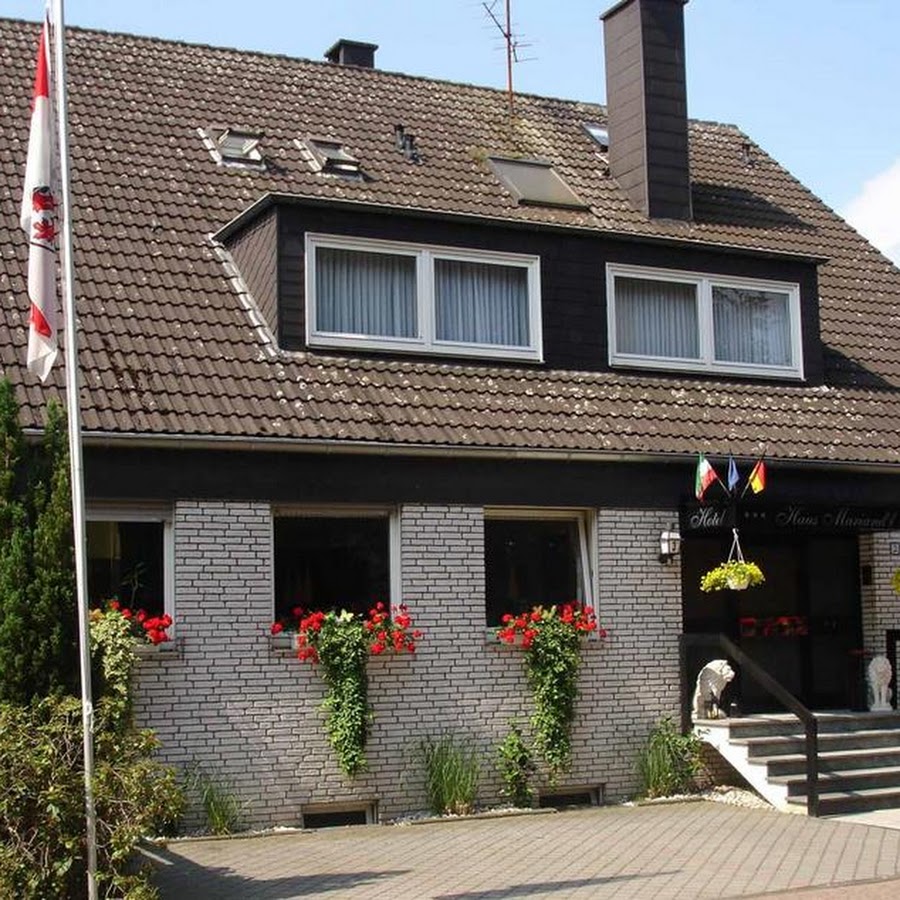
Hotel Lux
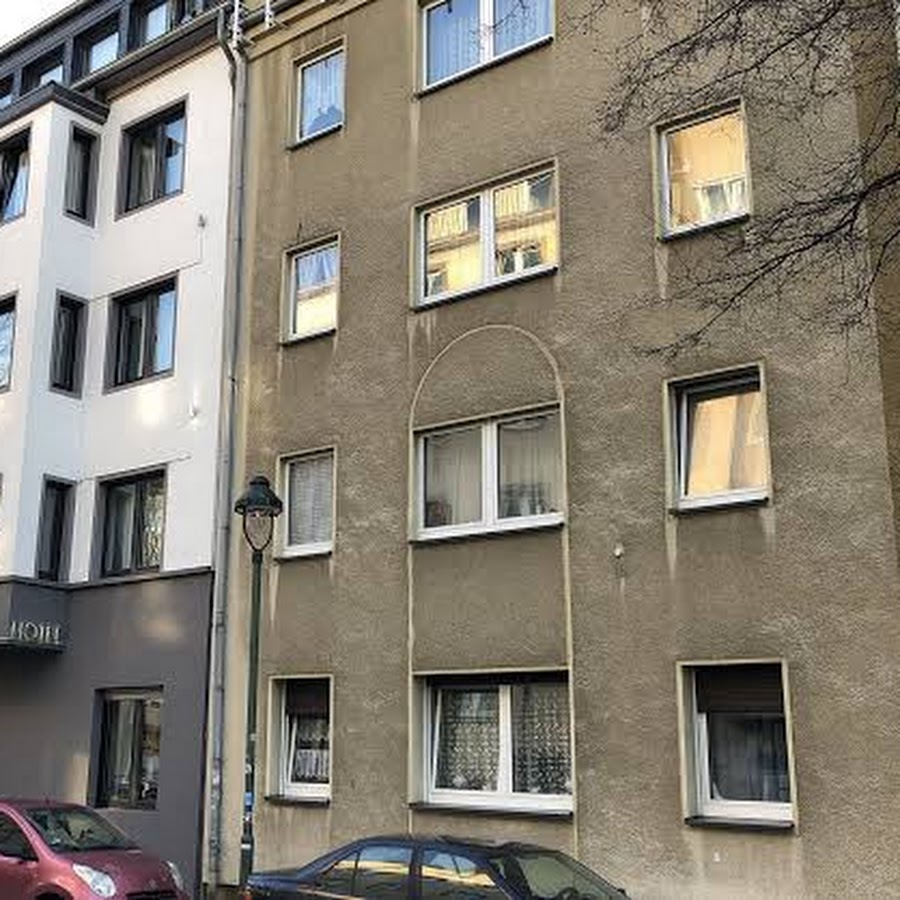
BienveniDUS - Das Messezimmer - Düsseldorf
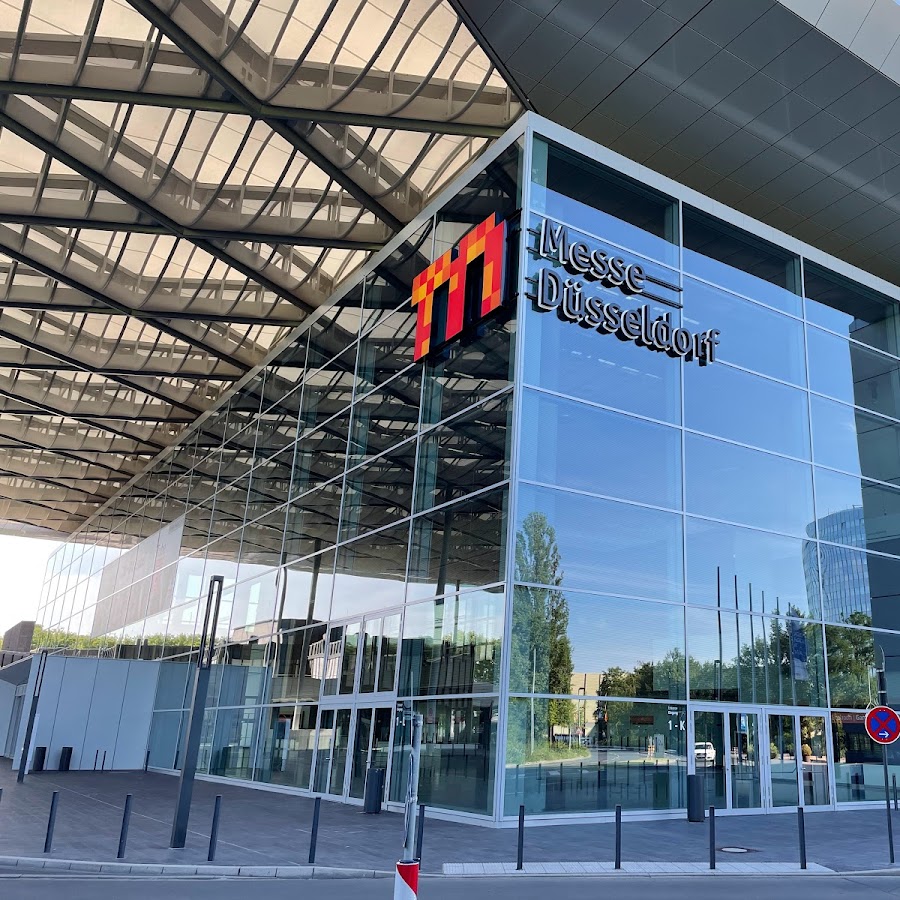
Air-Hotel Wartburg
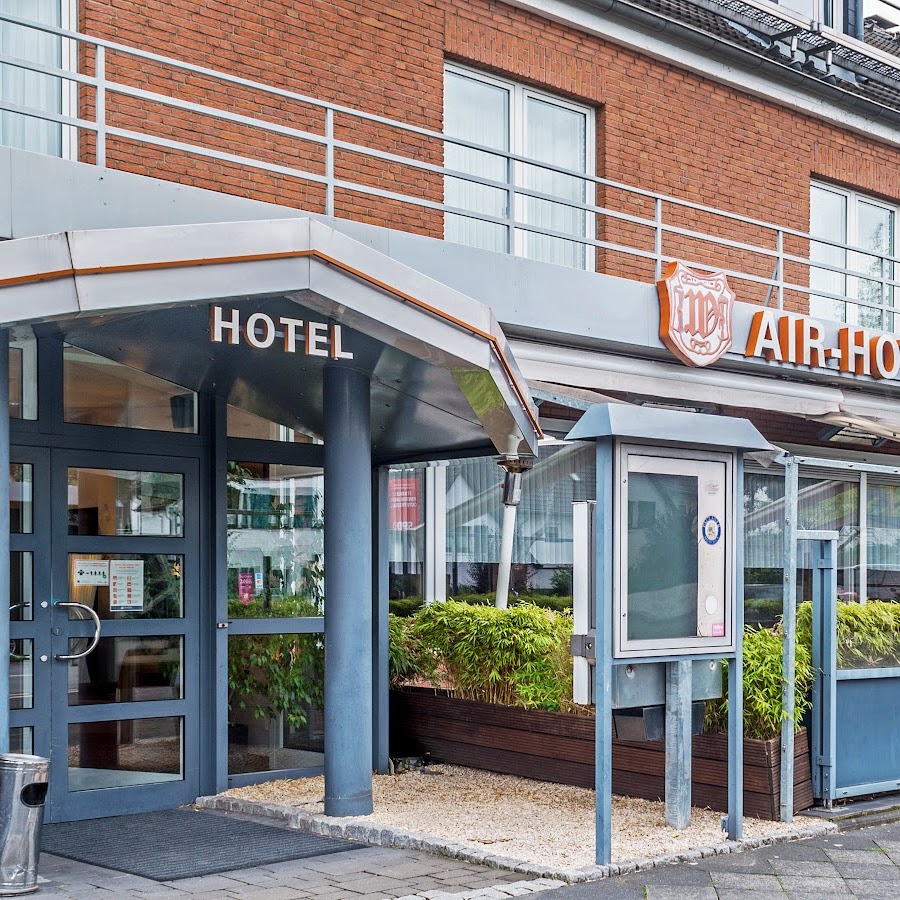
Hotel Rubin
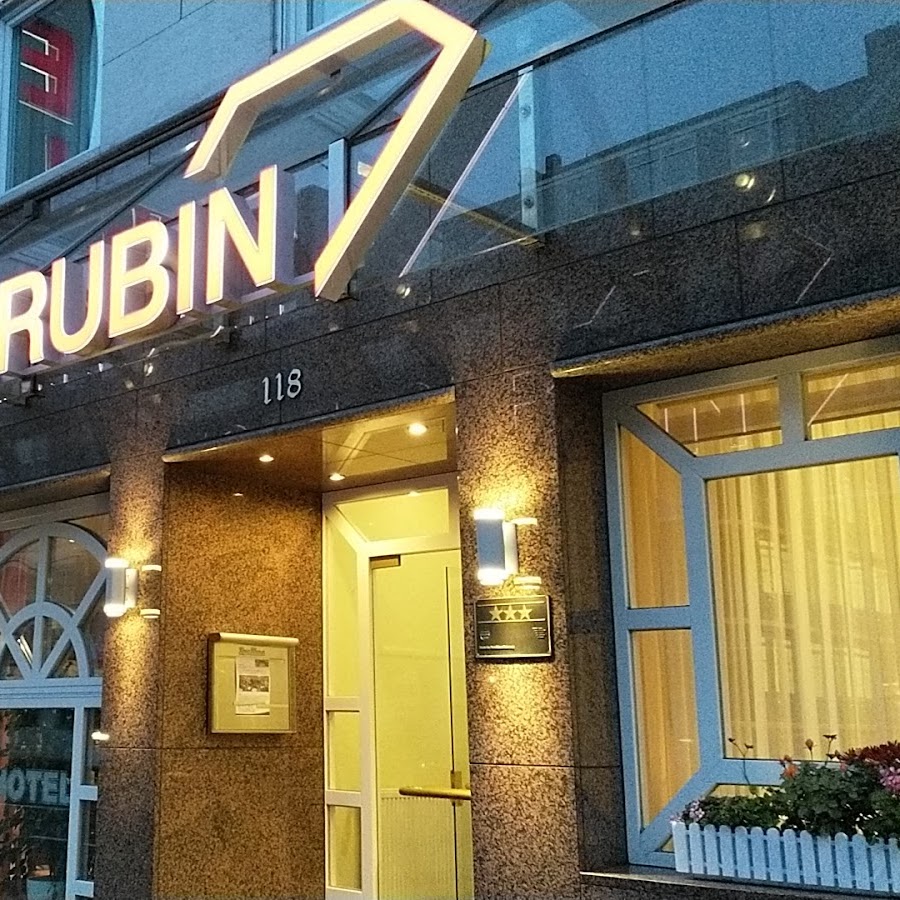
Gästehaus Schmitz
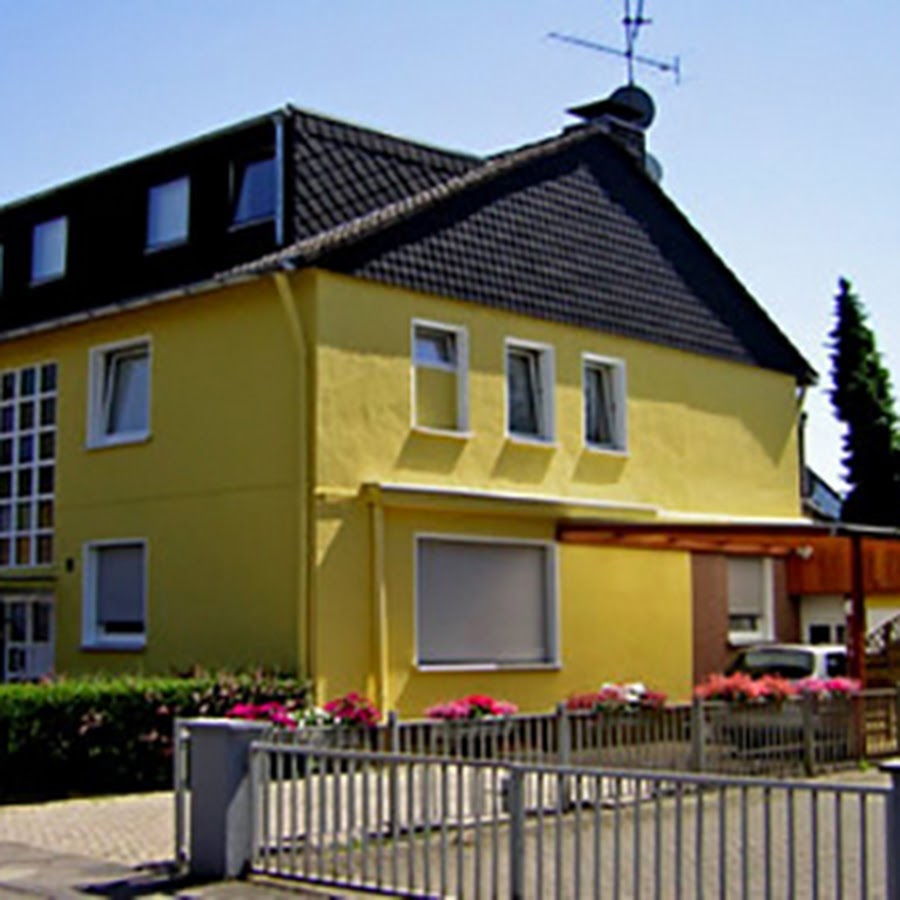
Apartment H2 Dusseldorf
Gästehaus Schneider
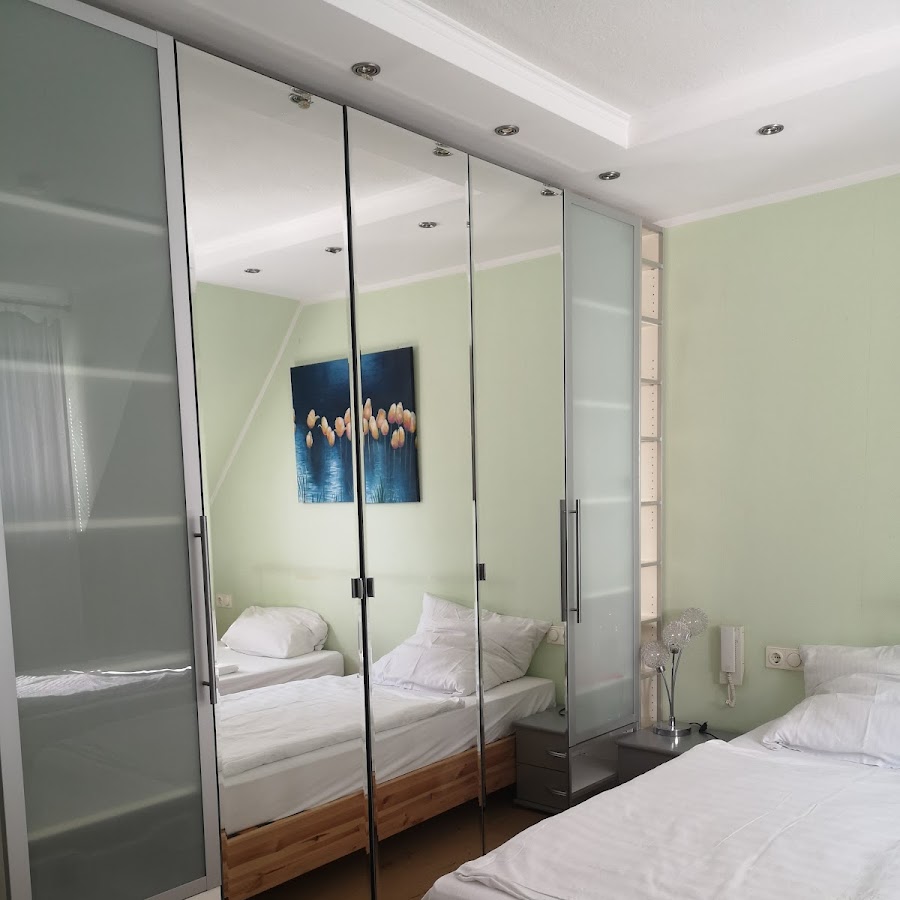
BwDLZ Tagungszentrum

InTown Residences
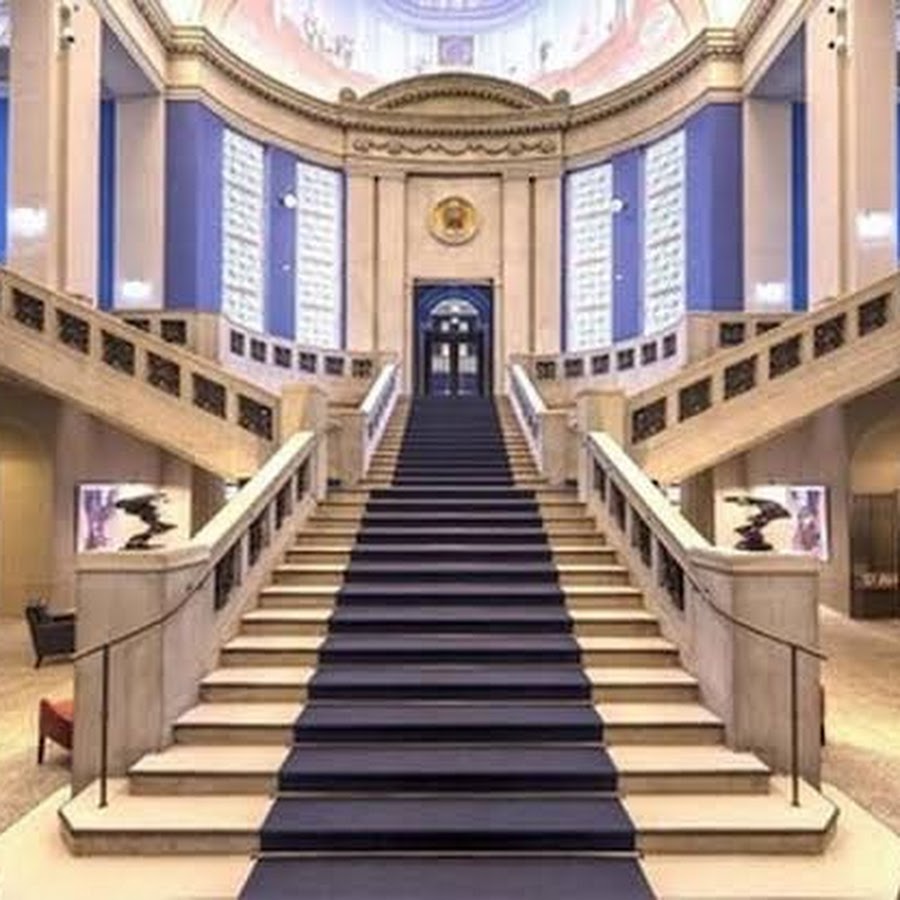
acora Düsseldorf City Nord Living the City

messezimmer4u2
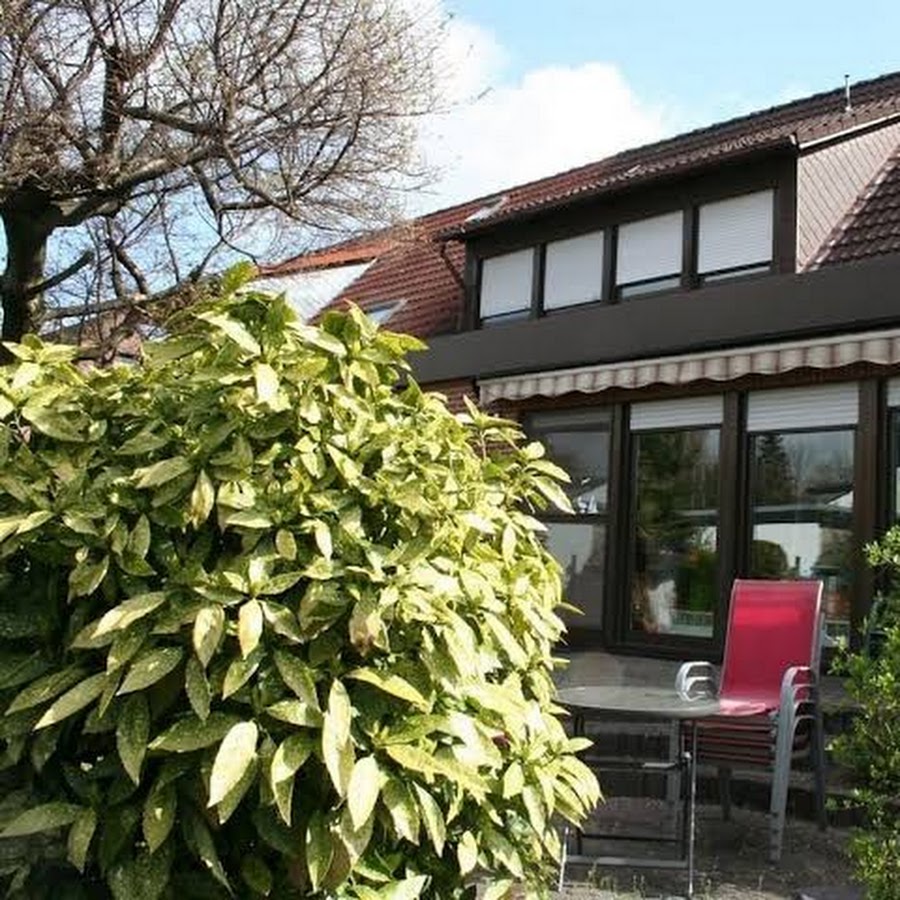
Avidon Art & Design Hotel
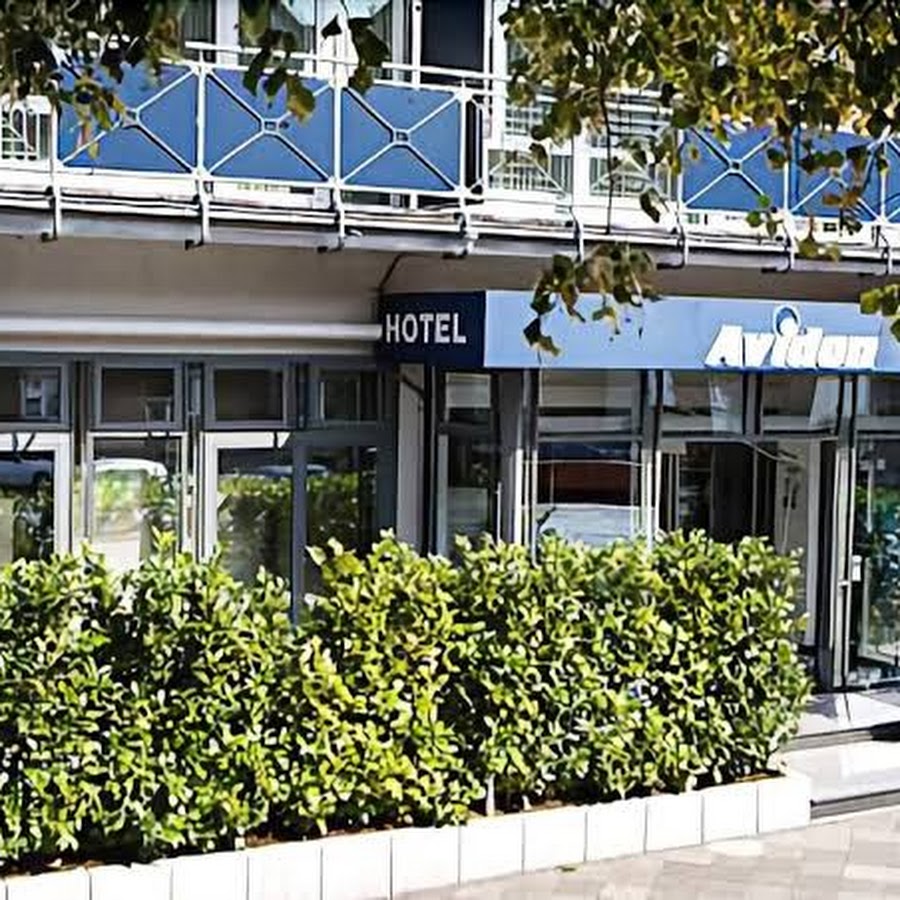
Sonnen Hotel garni
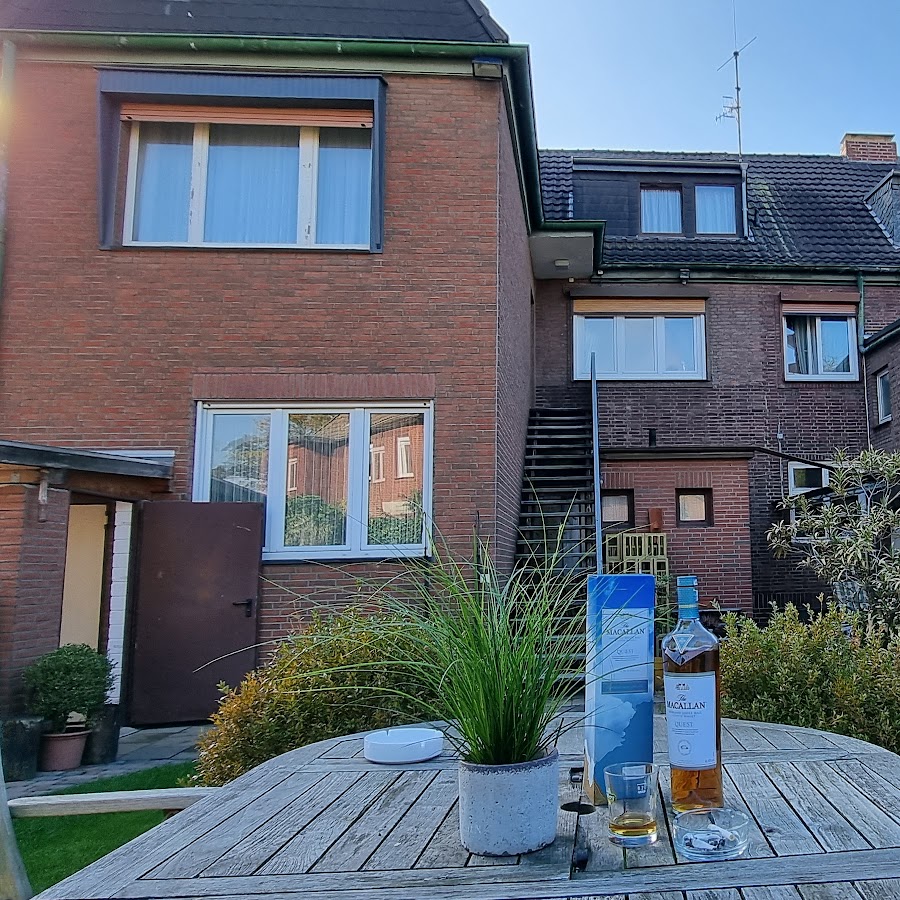
Pension Messezimmer Stockum

Haus Nähe Flughafen und Messe
DasApartmentHaus GmbH & Co. KG
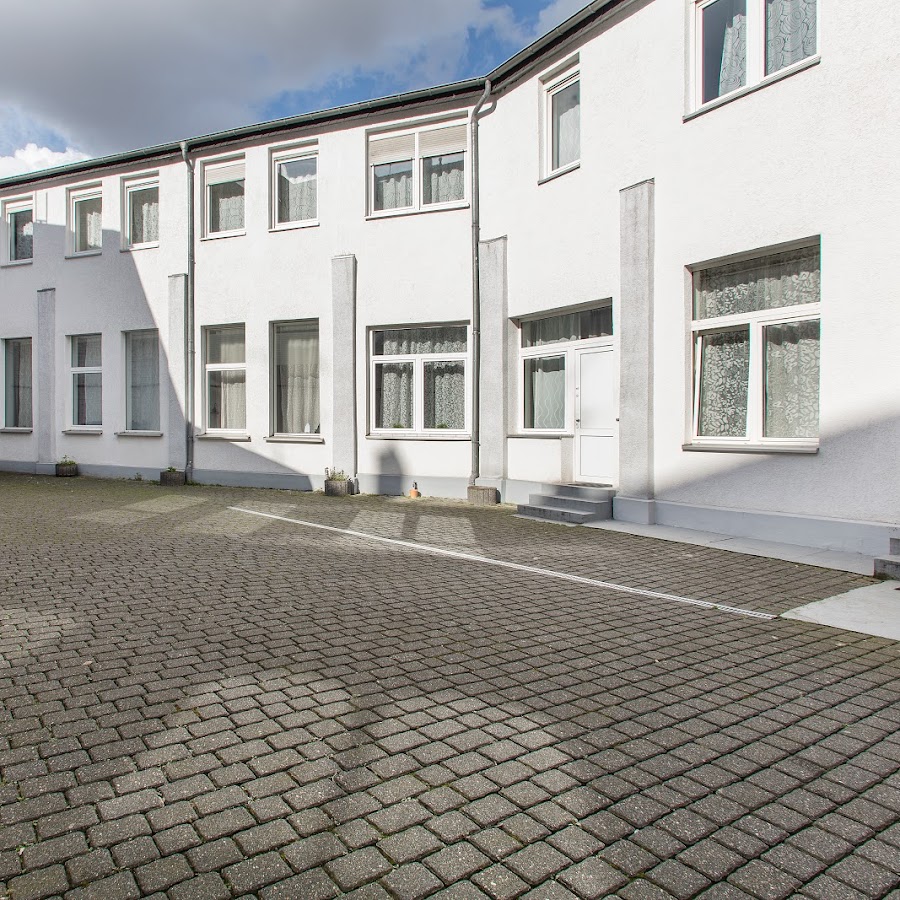
Hotel Stadt München
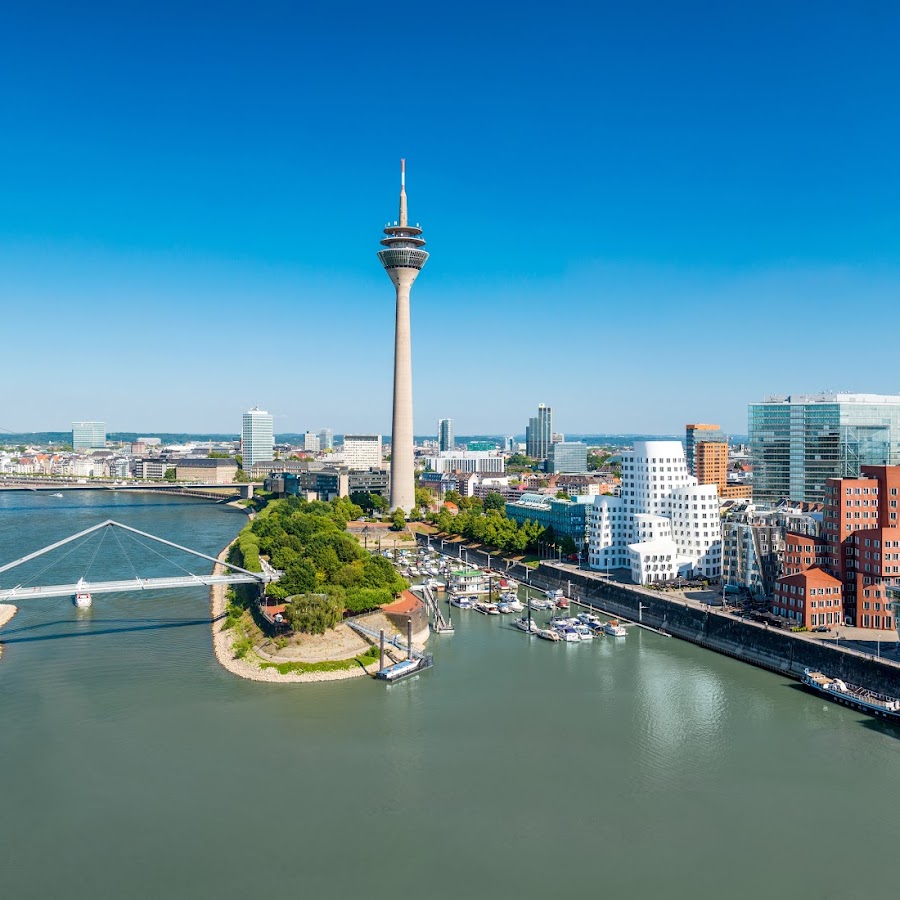
Trip Inn Hotel Uebachs
Fair & the City

Gästehaus Boddem
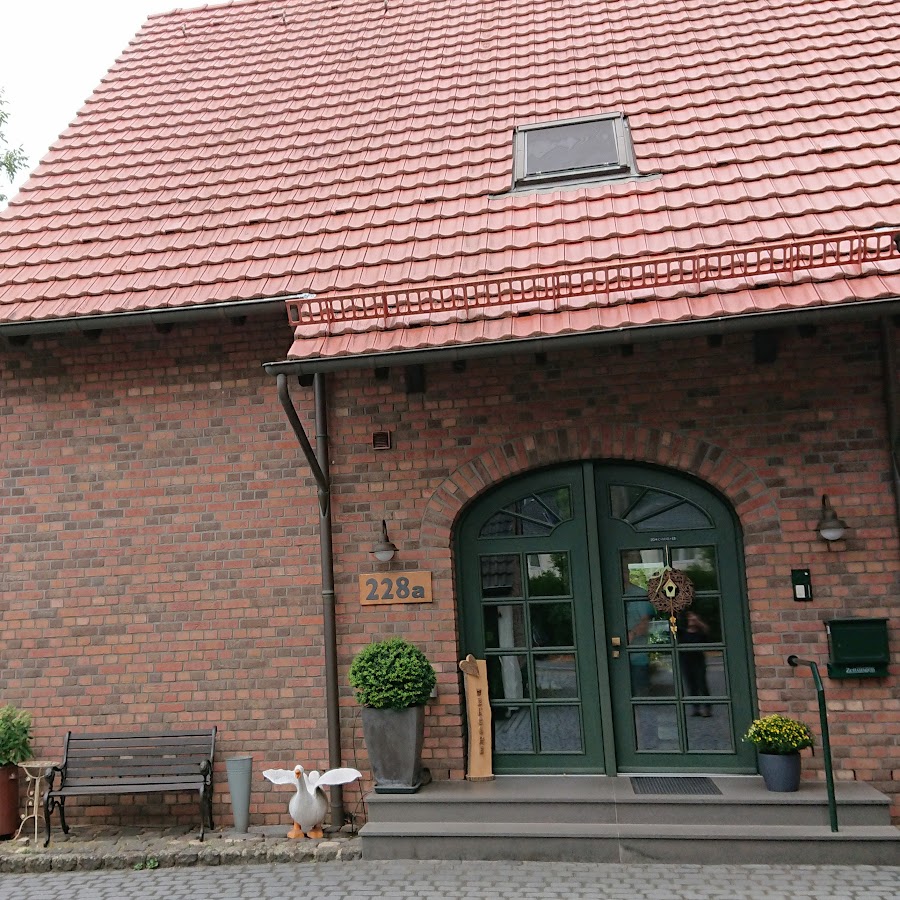
iboarding Düsseldorf
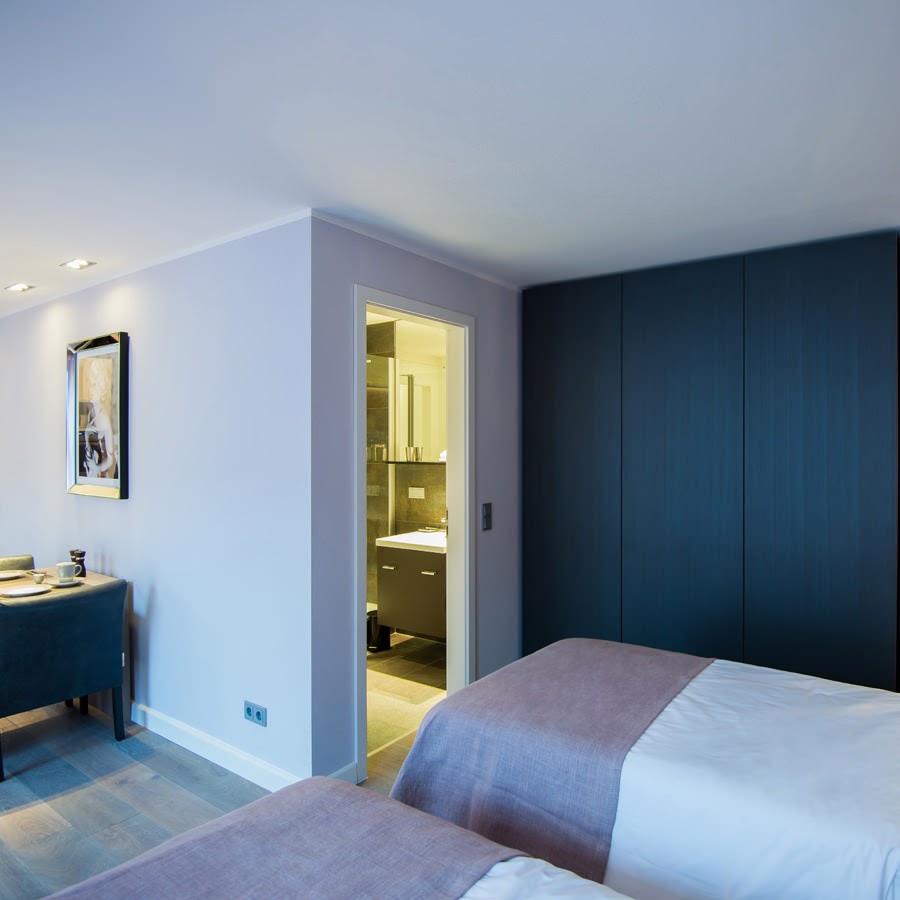
Hotel KO
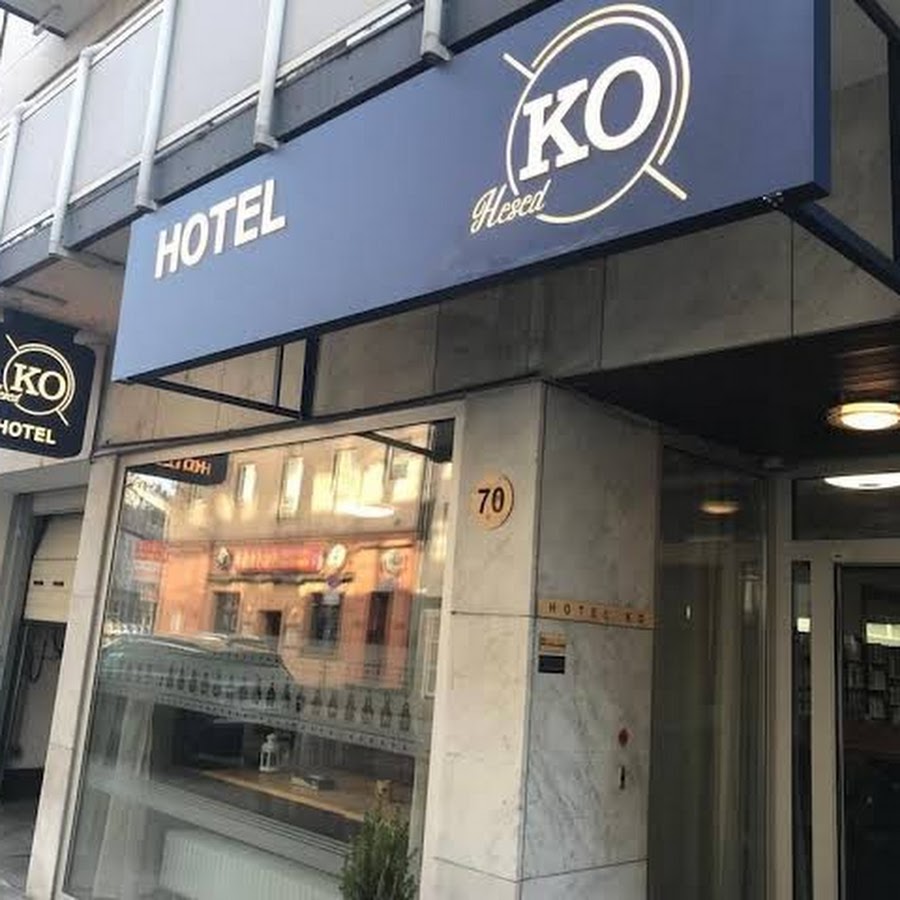
Gasthof Vater Rhein
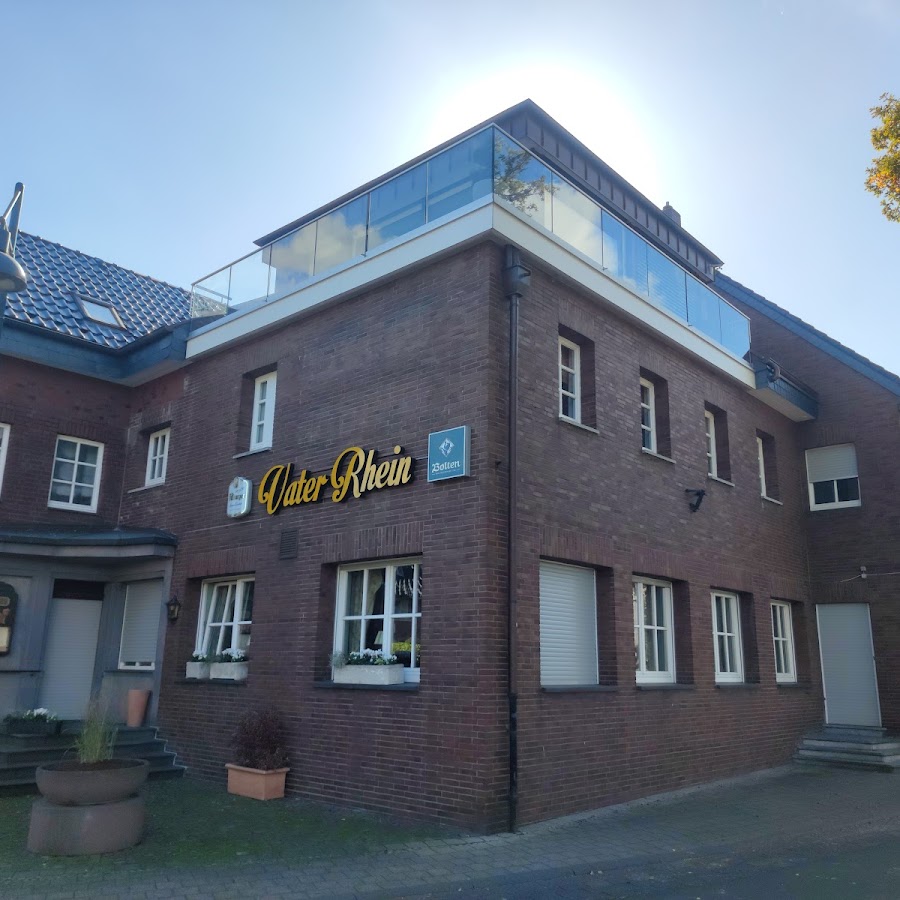
Grünes Haus
Rugs Hotel Düsseldorf
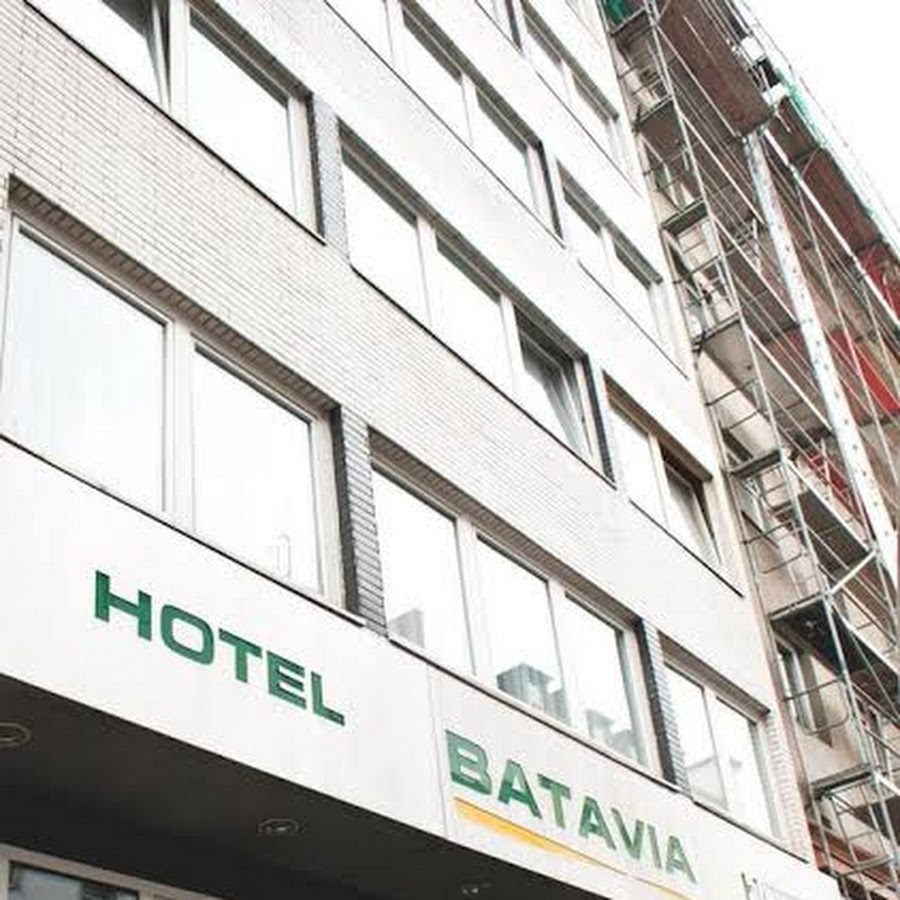
Hotel Victoria Dusseldorf
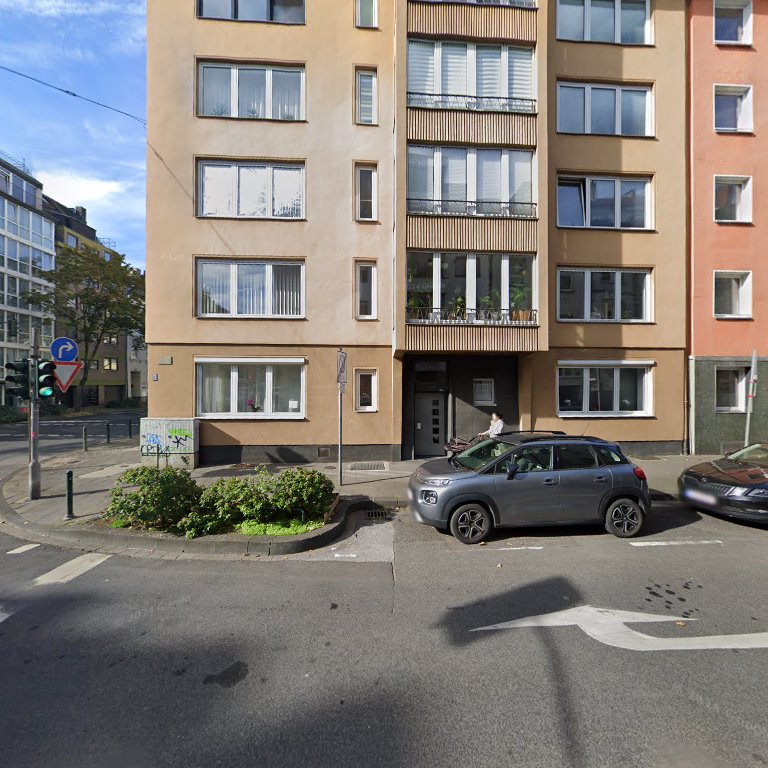
Sporthotel Borussia Düsseldorf
Boutique Hotel Villa Stockum

Hotel Sir & Lady Astor
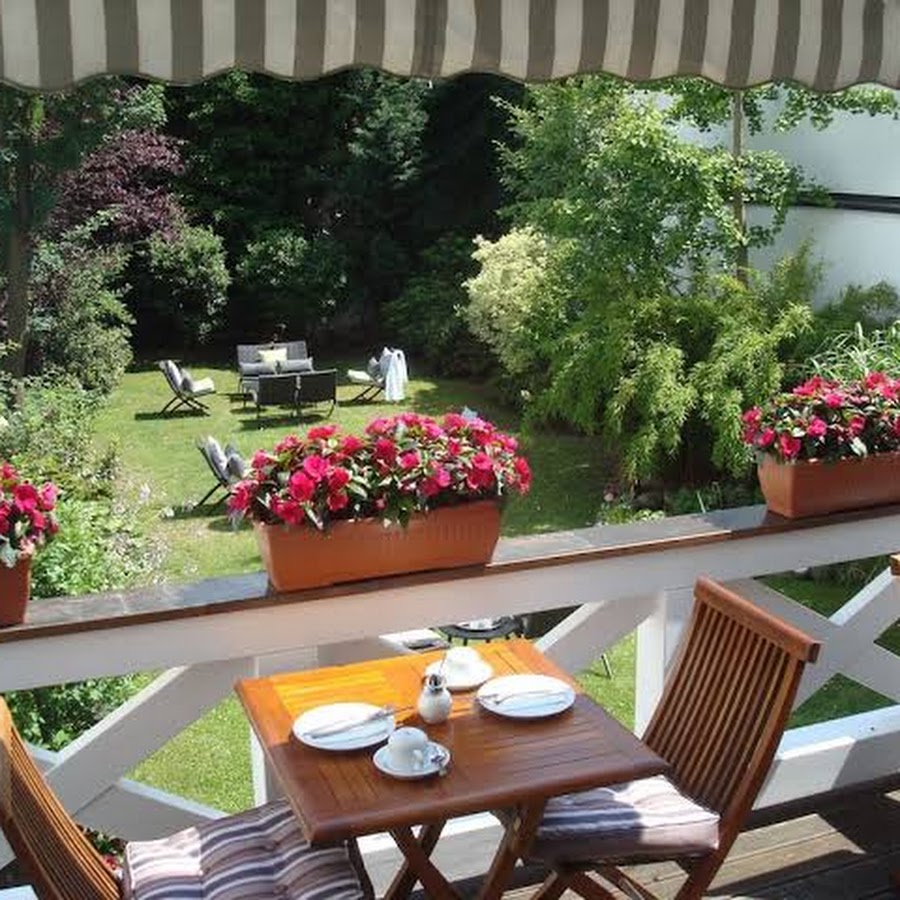
Numa Düsseldorf Leo
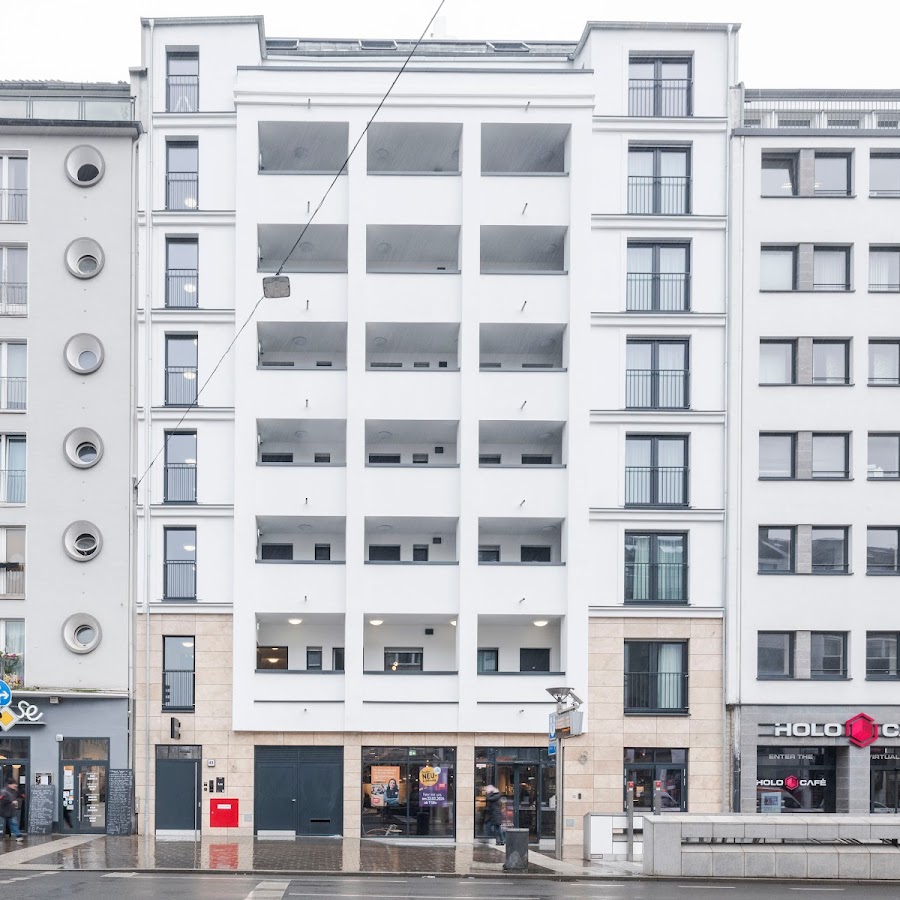
Das Weiss Blaue Haus
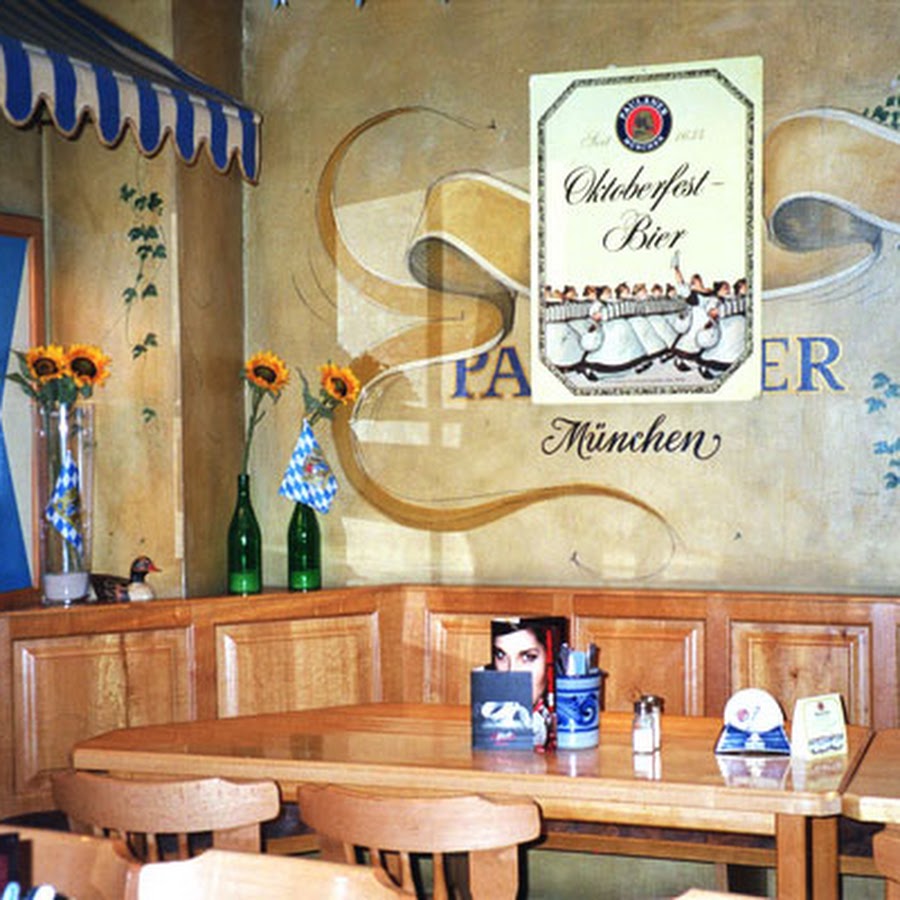
Bed & Breakfast "Bed Taste"

B-Hotel
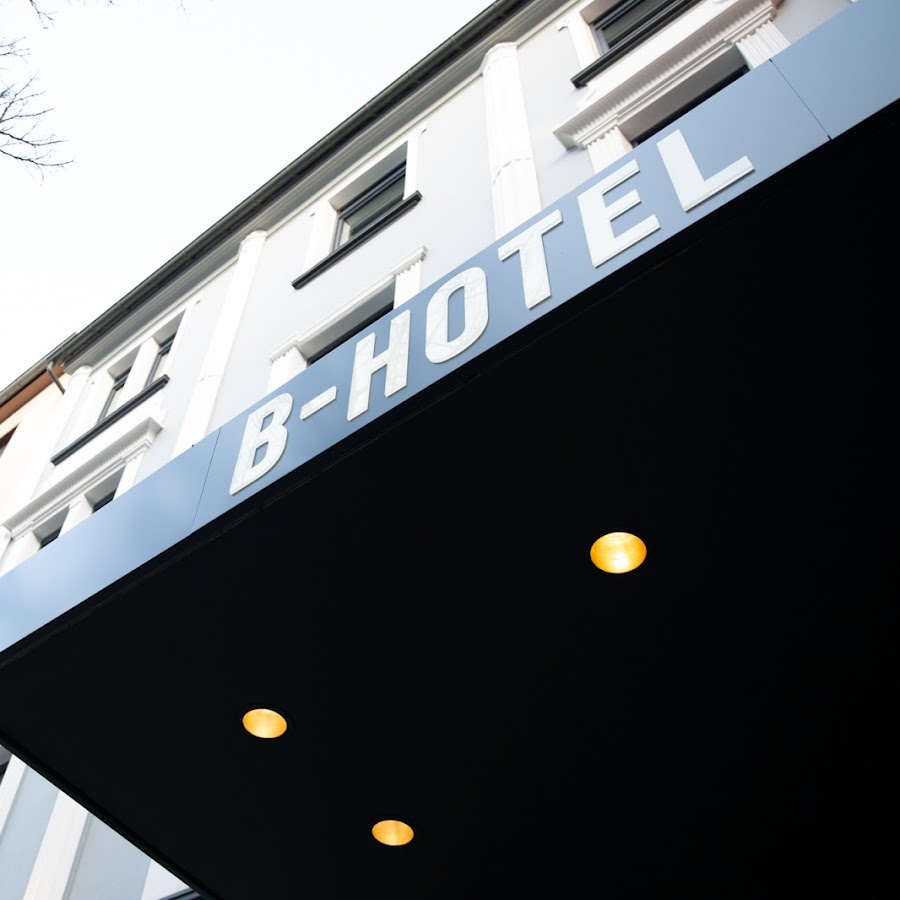
Square Rooms 20

Am Ehrenhof

VIVA RIVERSIDE Altstadt
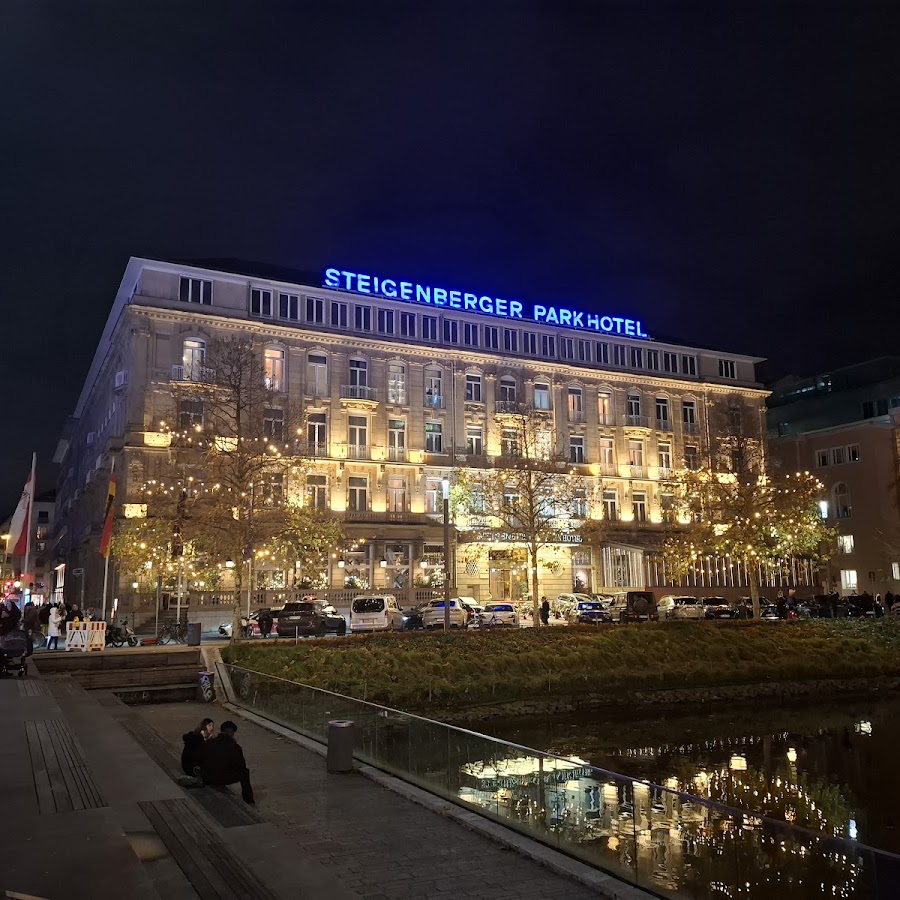
Tulip Inn Duesseldorf Arena Hotel
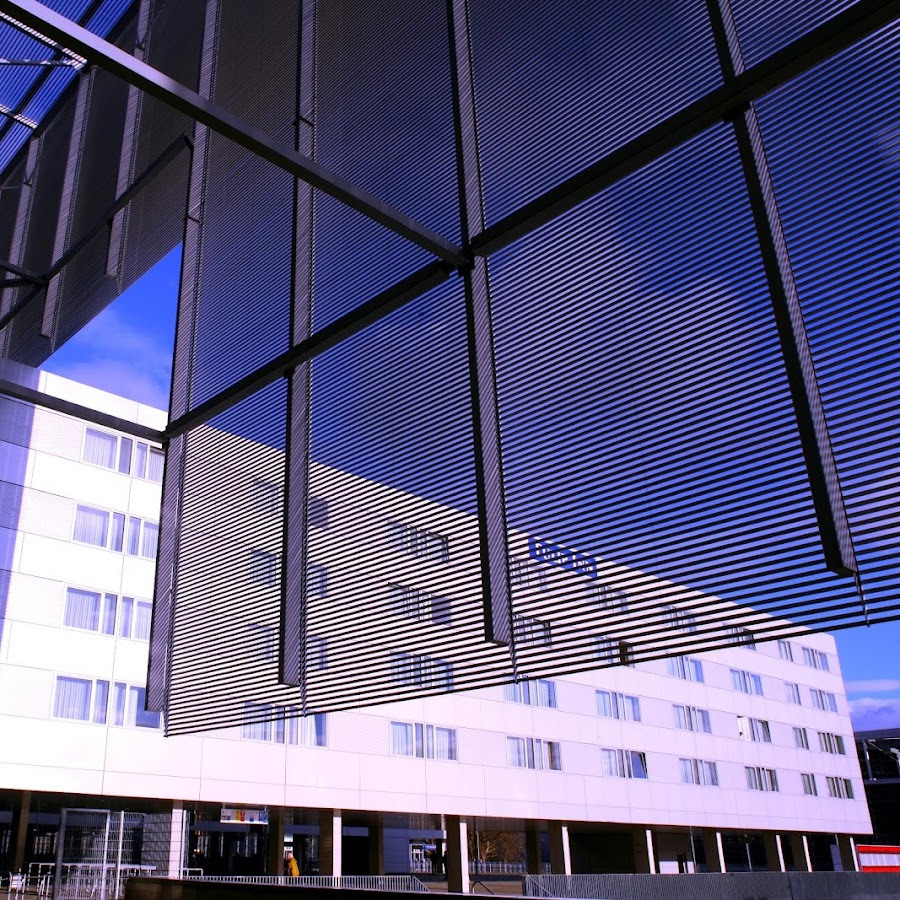
DJH Jugendherberge Neuss-Uedesheim
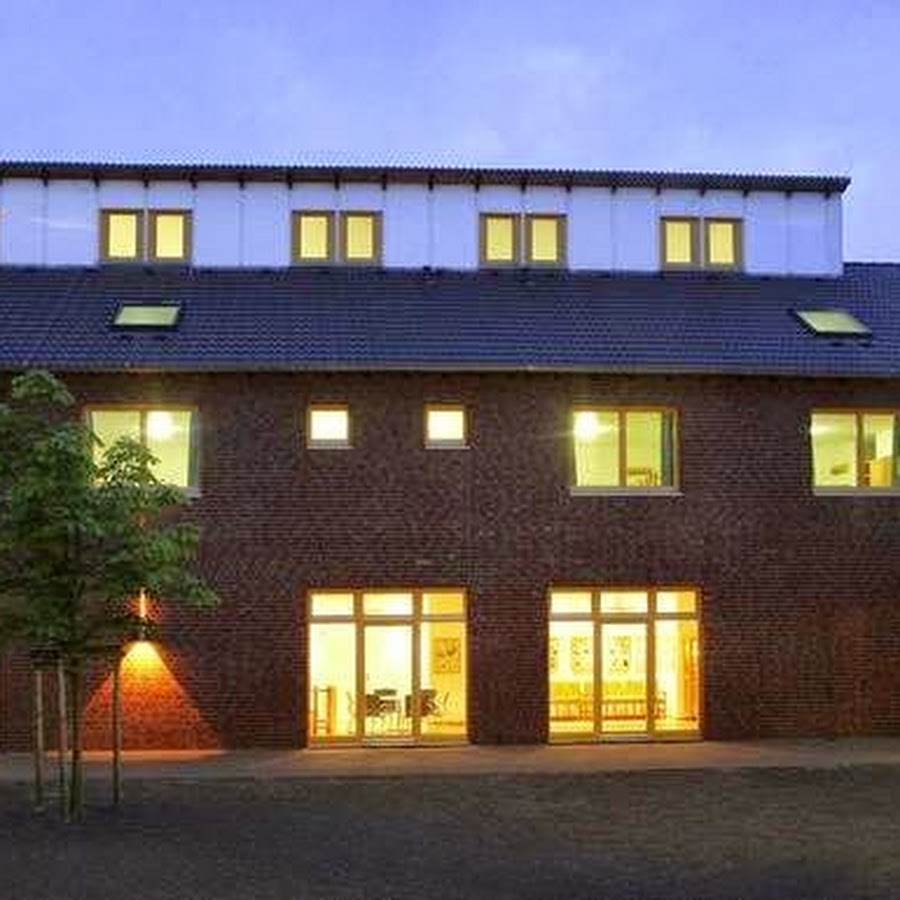
Altstadt Hotel Abode
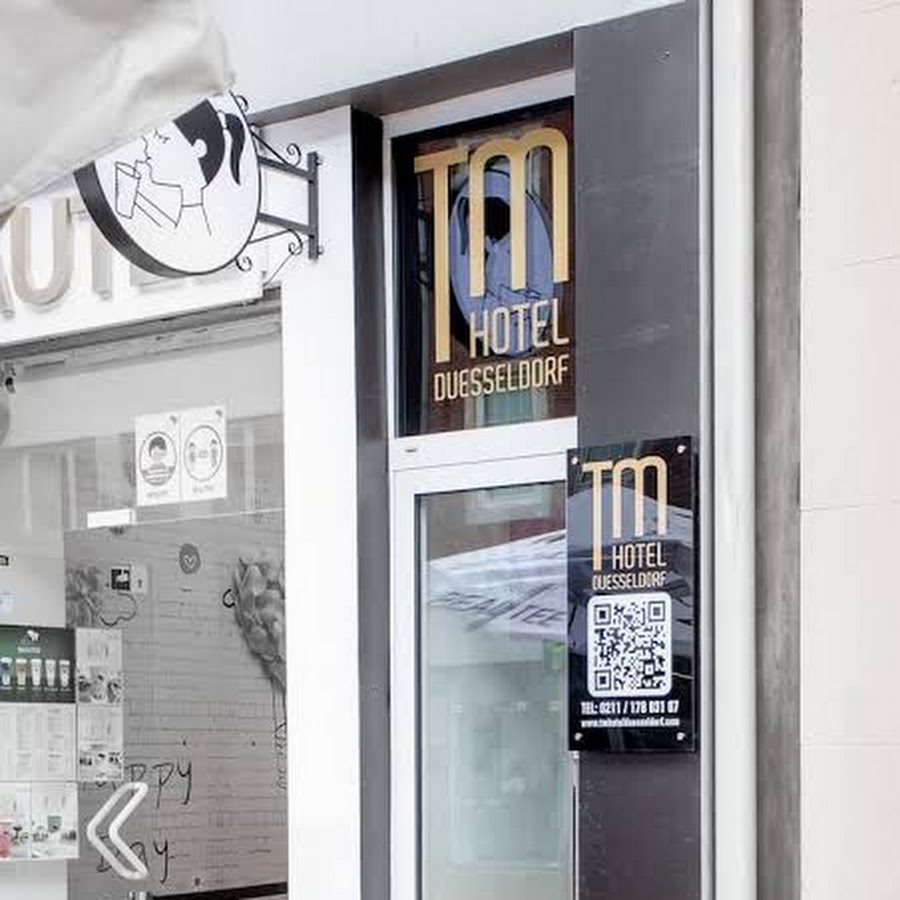
Melcher
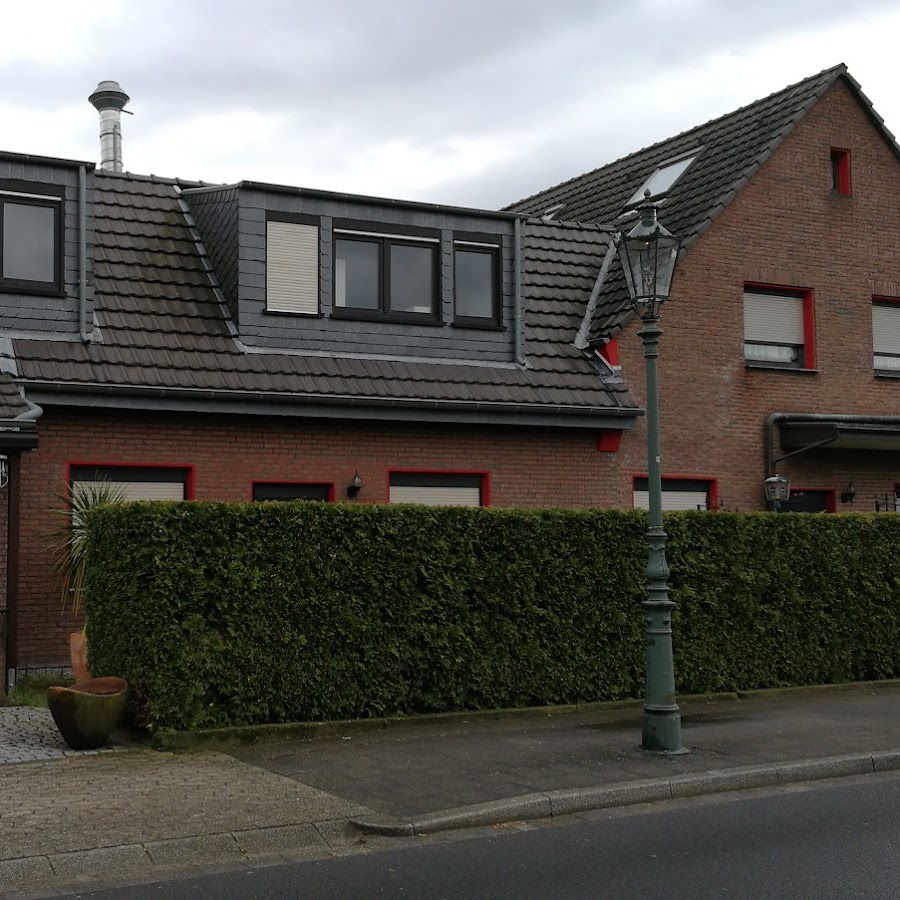
Hotel Petite Königsallee
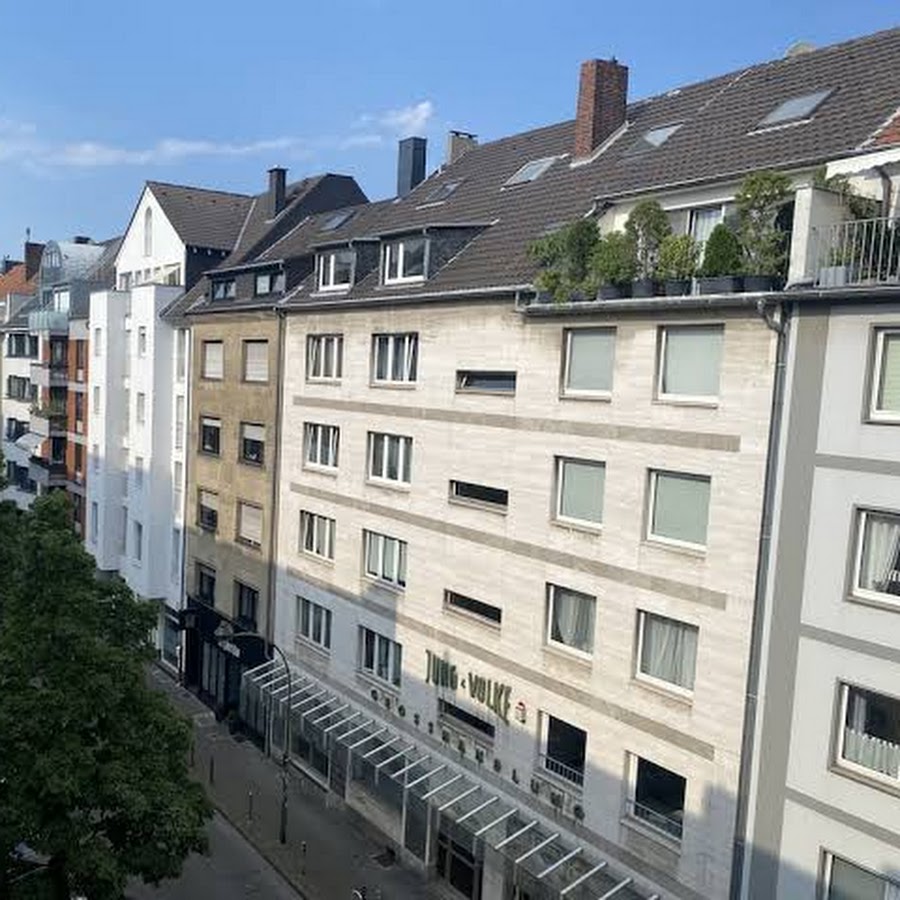
Pigage
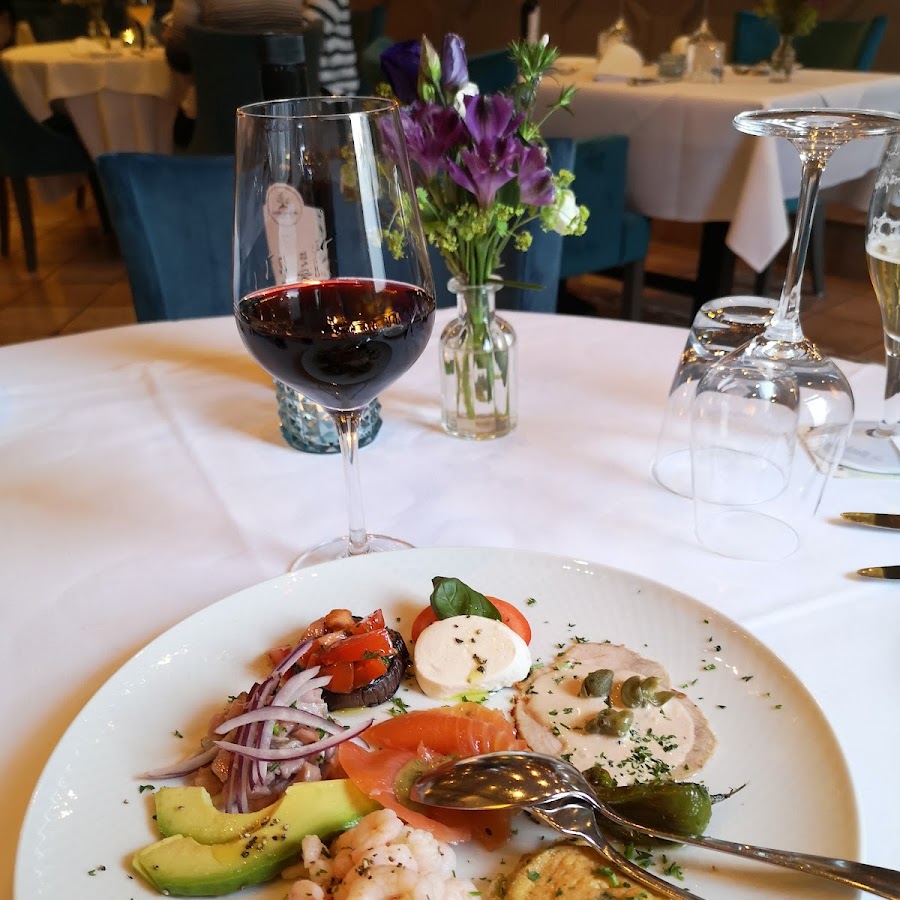
Hotel Fischerhaus
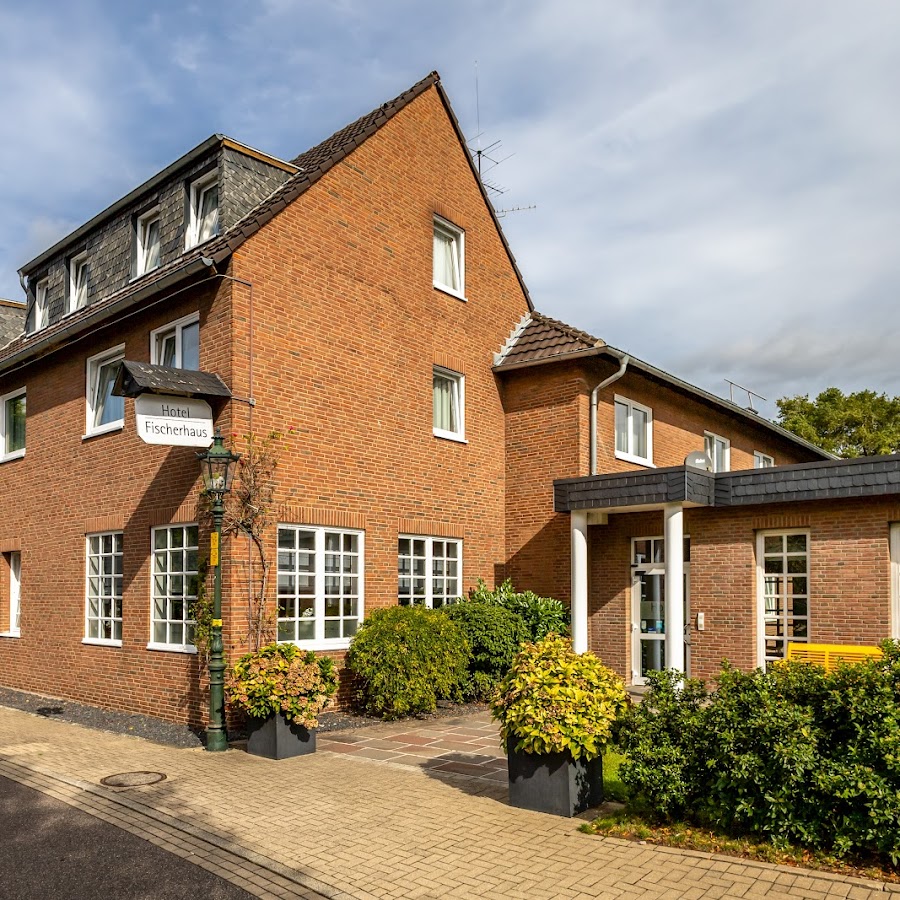
Sleep Inn Düsseldorf Suites

Hotel Villa Verde
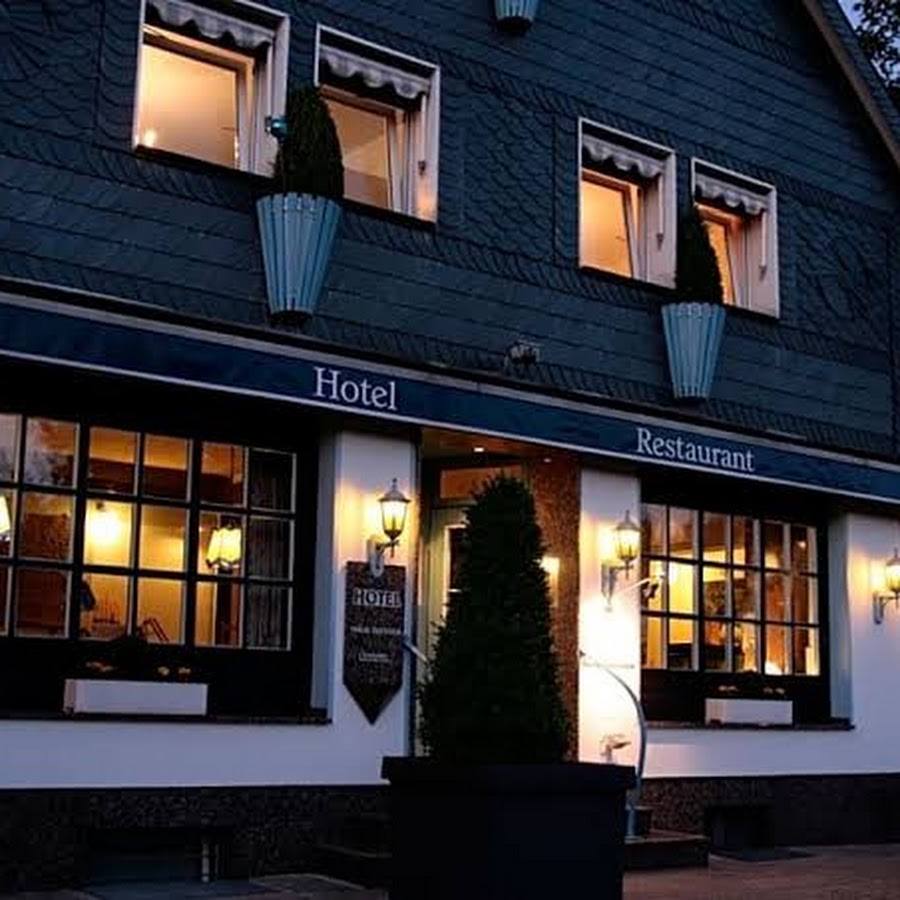
Landhaus Hamm
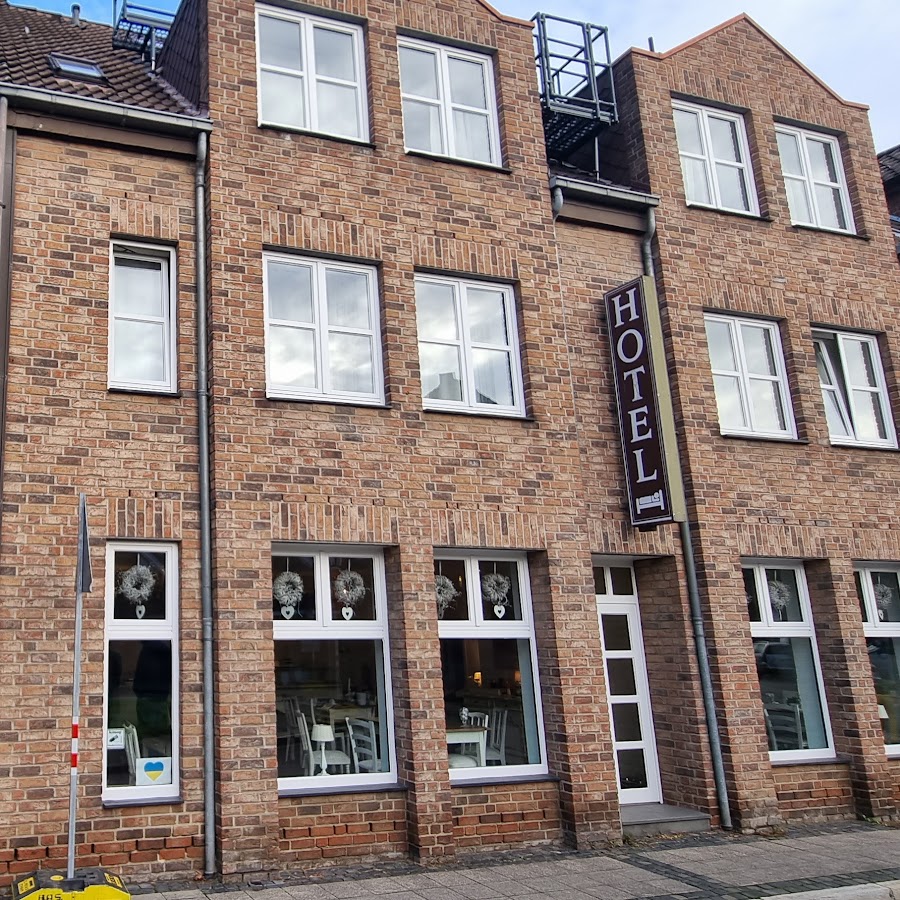
Hotel Waldesruh
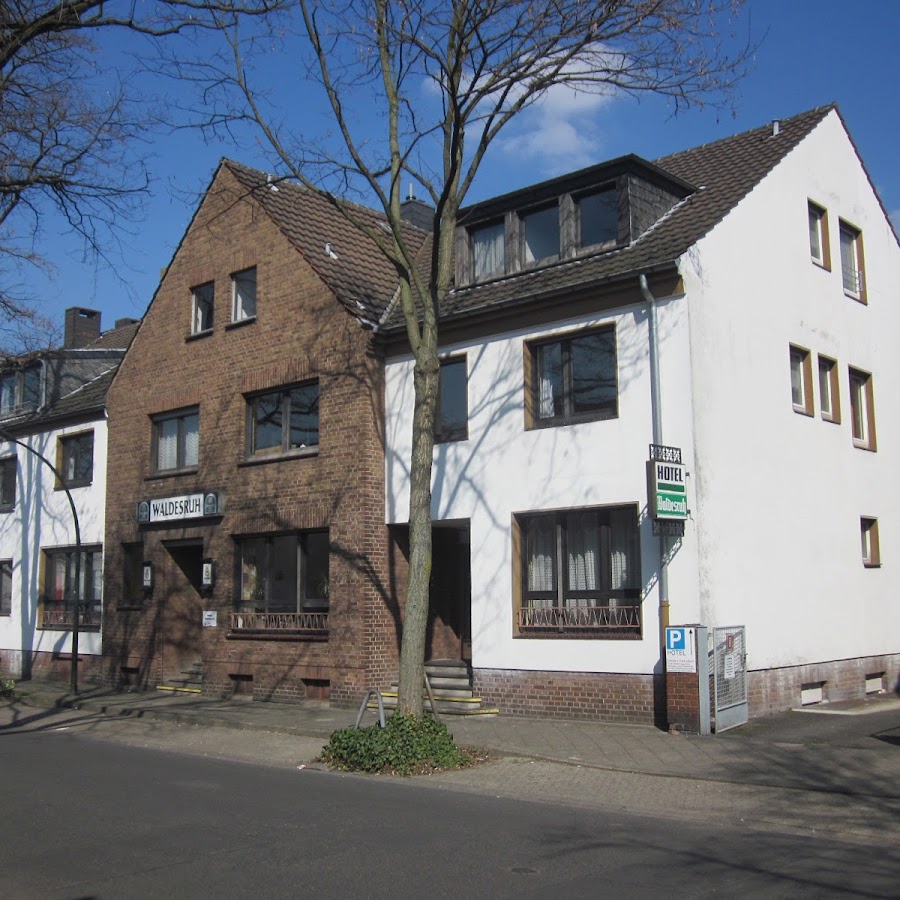
Allie´s Bed and Breakfast
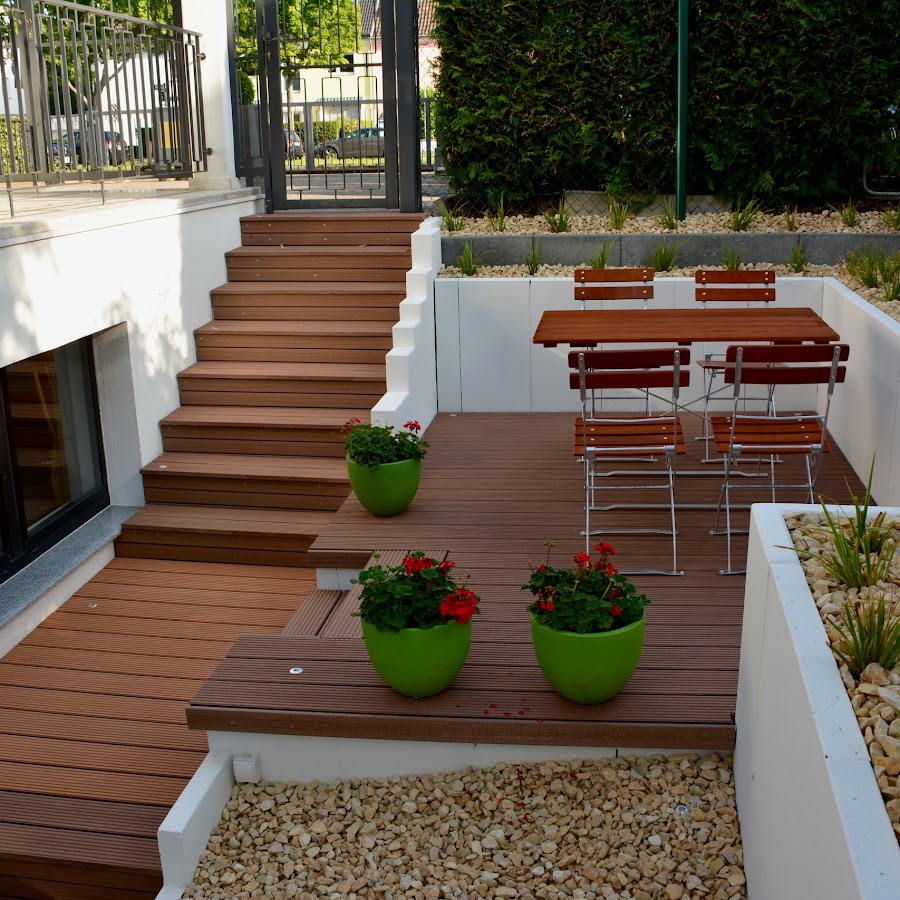
Lohauser Hof
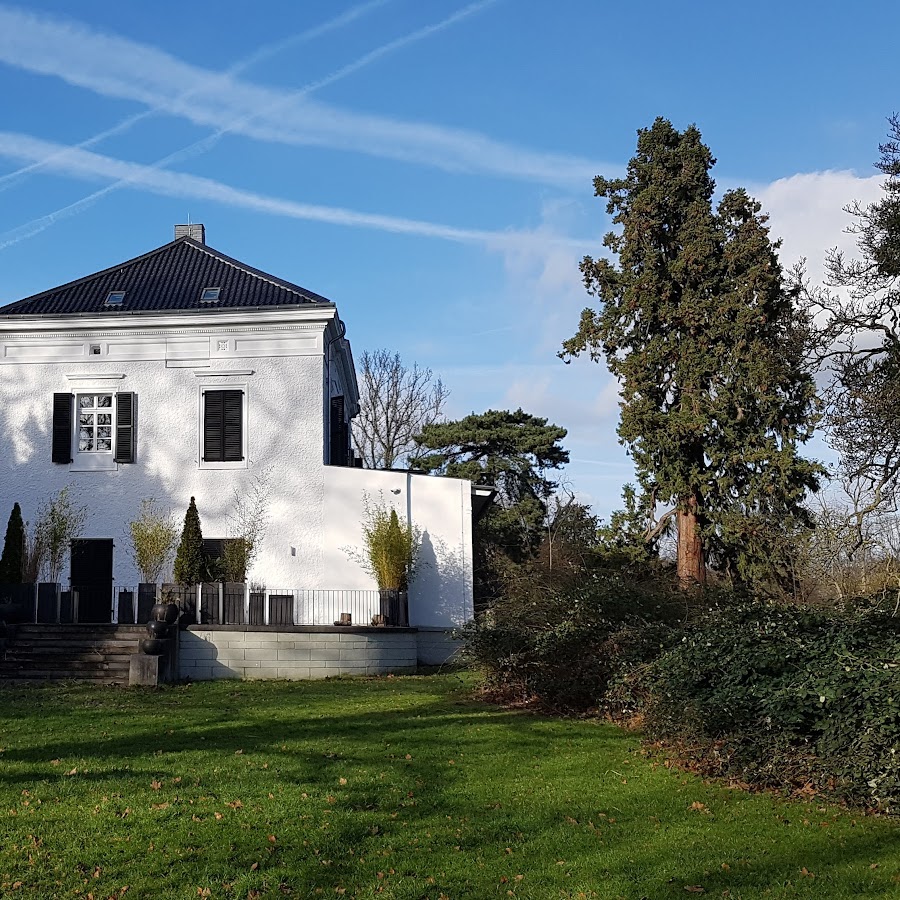
Airport Lounge Hotel - Düsseldorf
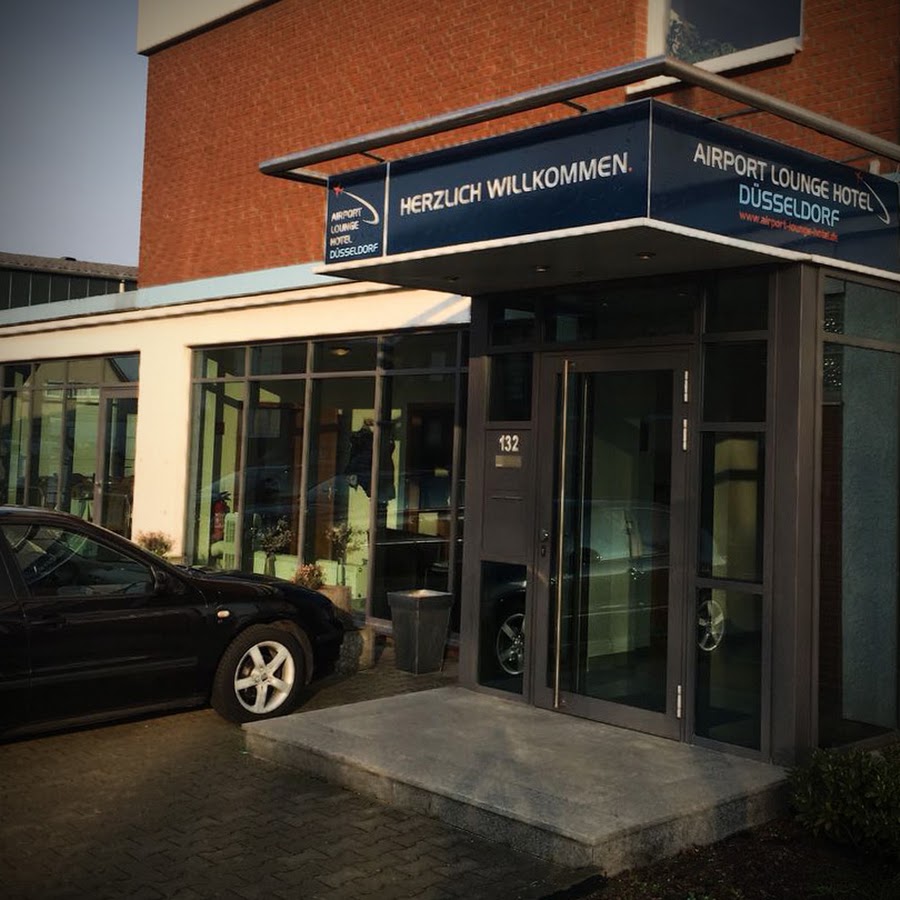
Helvetia Suites
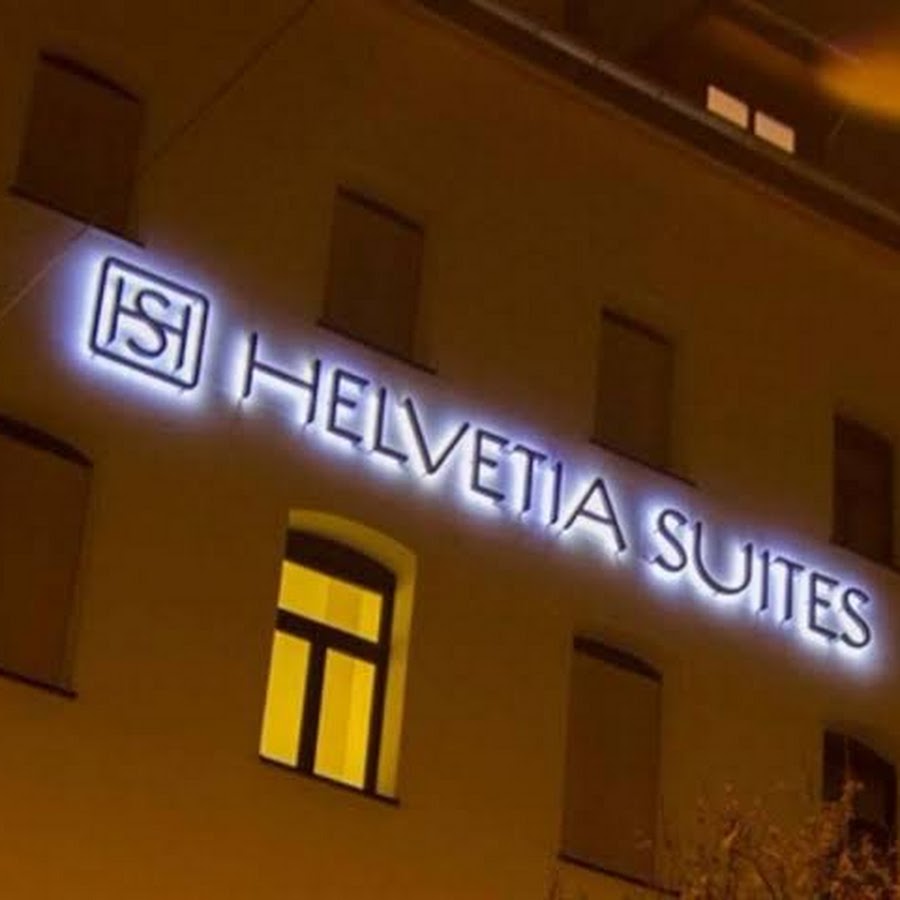
Zum neuen Rathaus
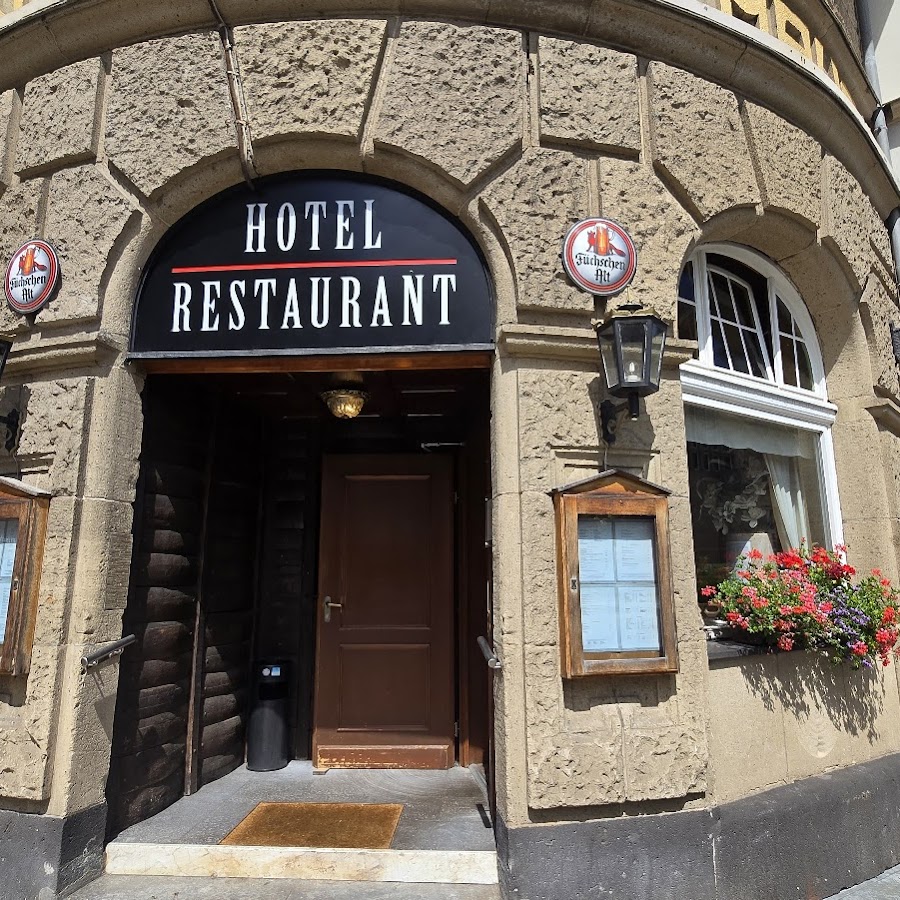
Haus Gerry

Rheincamping Meerbusch Breitbach & Brix GbR

Hotel Stern
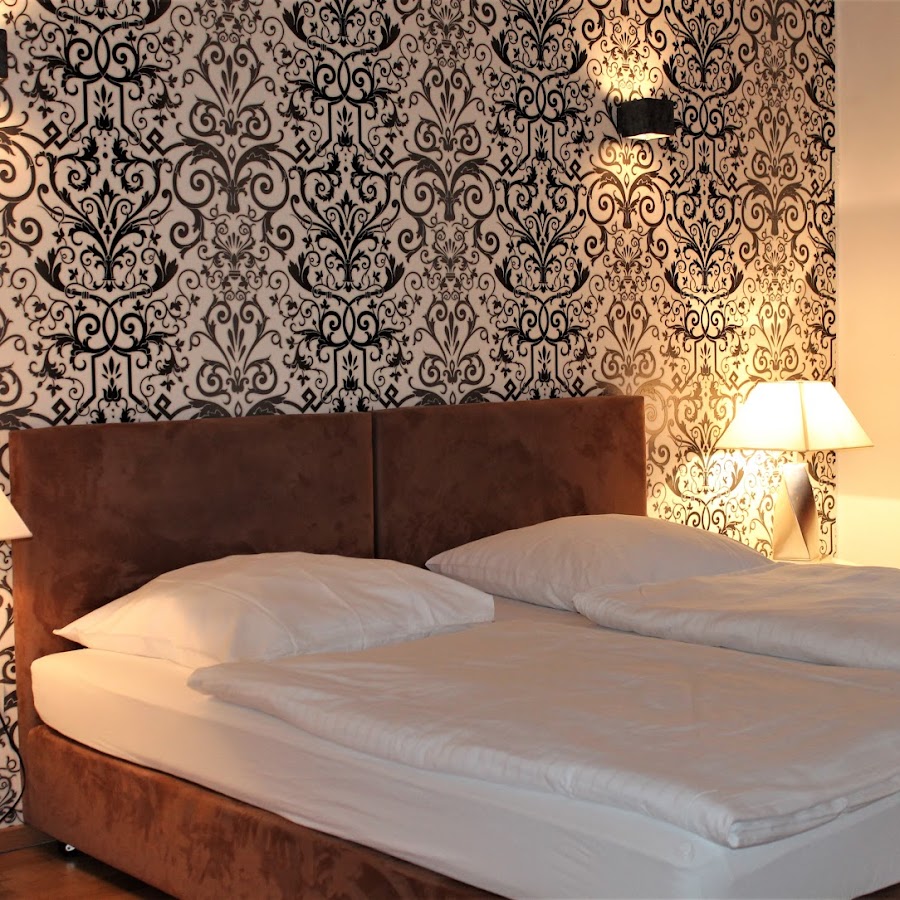
Home-Rose-Garden Gästehaus kontakloser Zugang
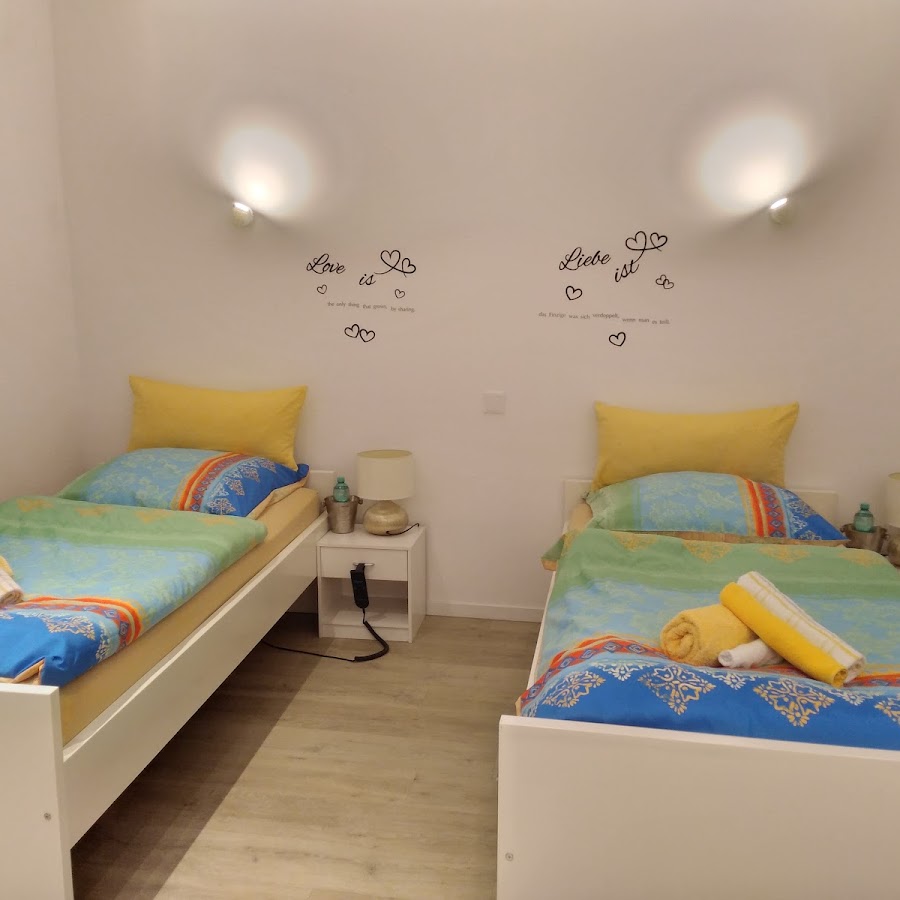
Colmarer Str. 16, 40468 Düsseldorf, Germany
Messe Apartmenthaus Sonnen
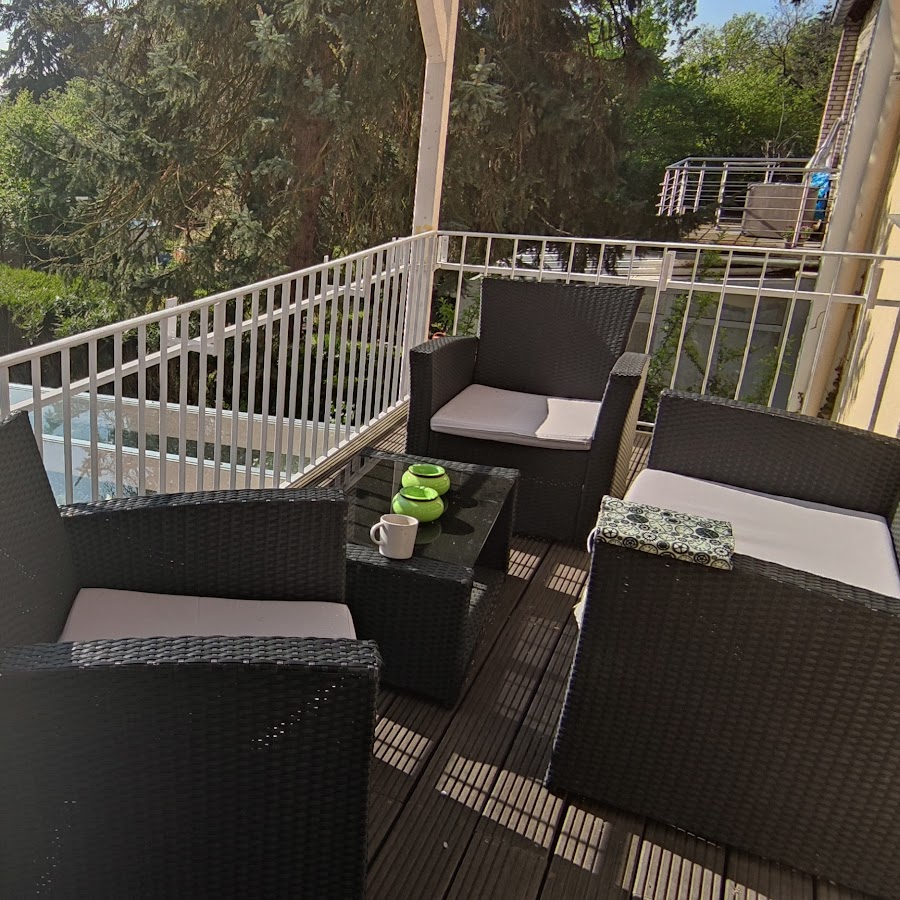
Hotel Herzog

Moon Hotel and Catering GmbH
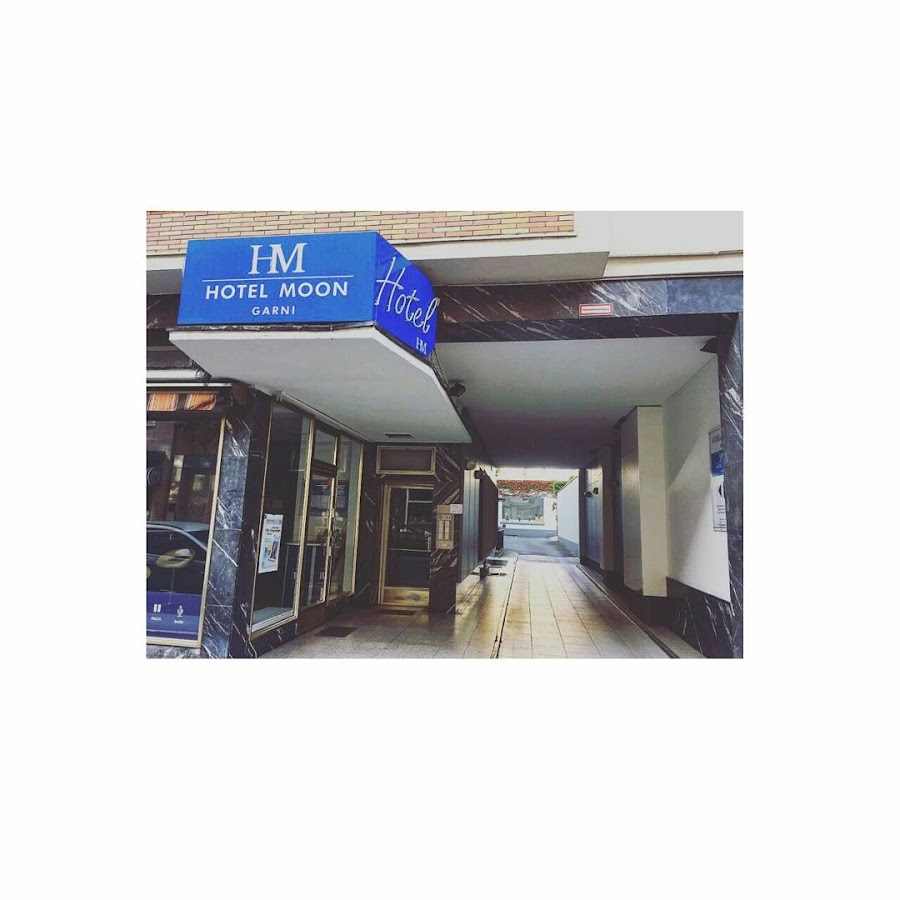
Victoria Apartments GmbH
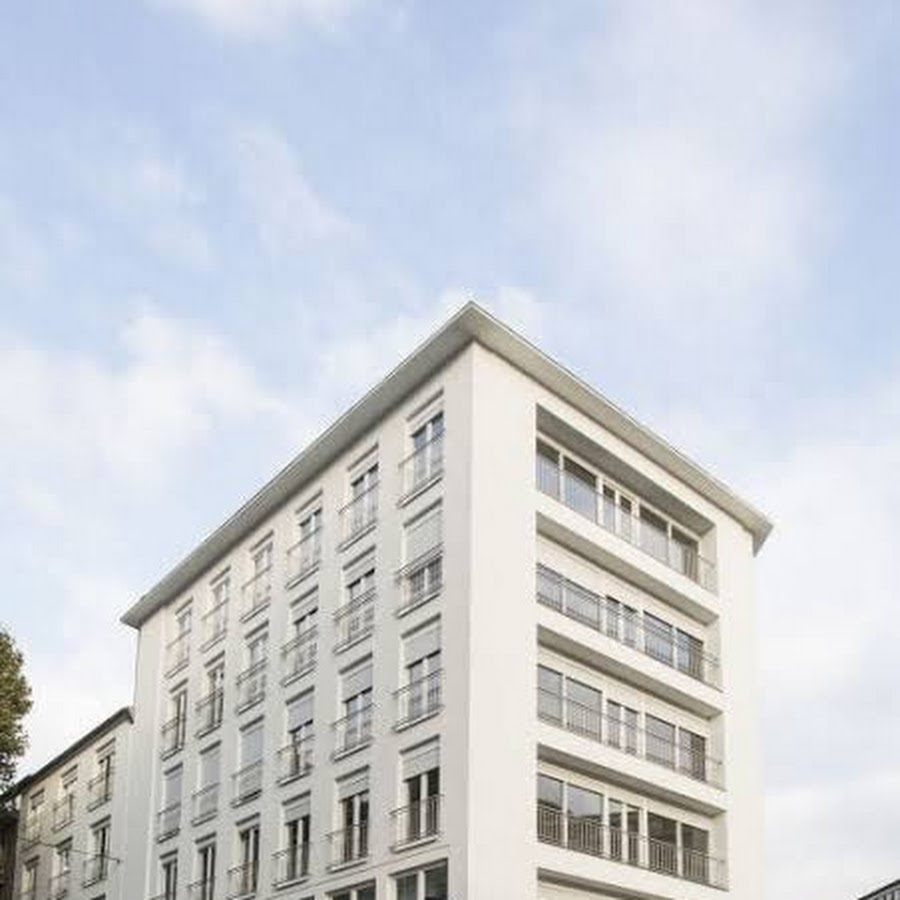
Hotel Doerenkamp - Digital Access
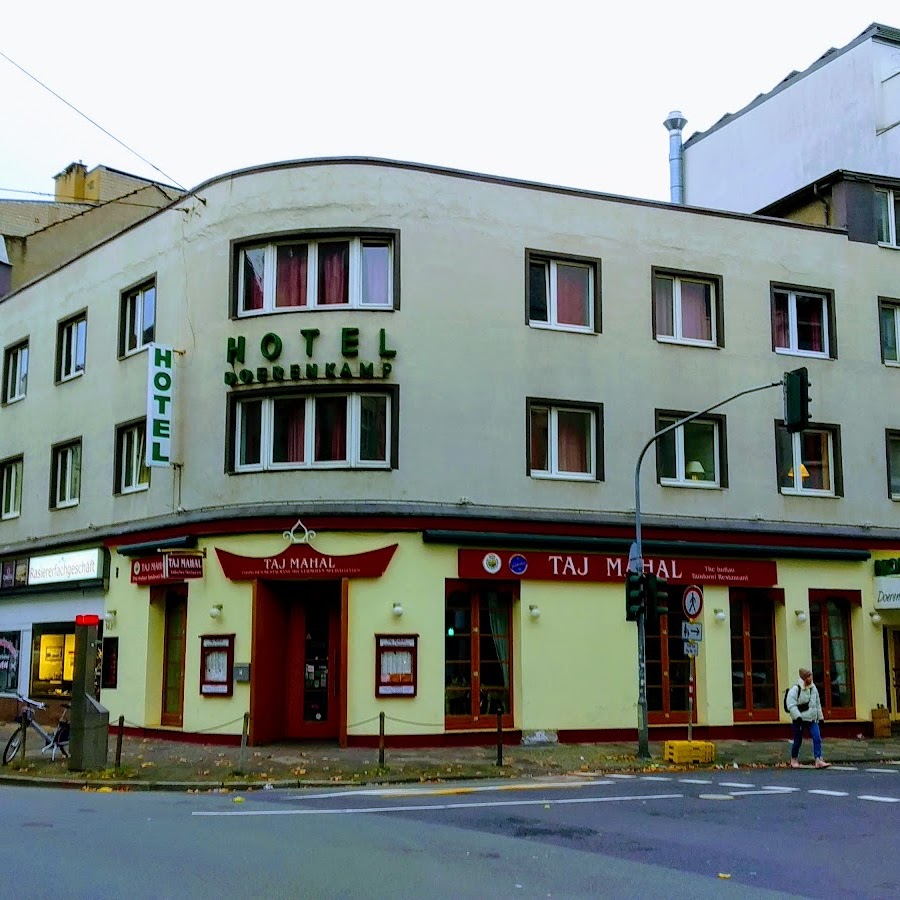
Boutique Hotel Villa Oberkassel
Centro Hotel Design Apart
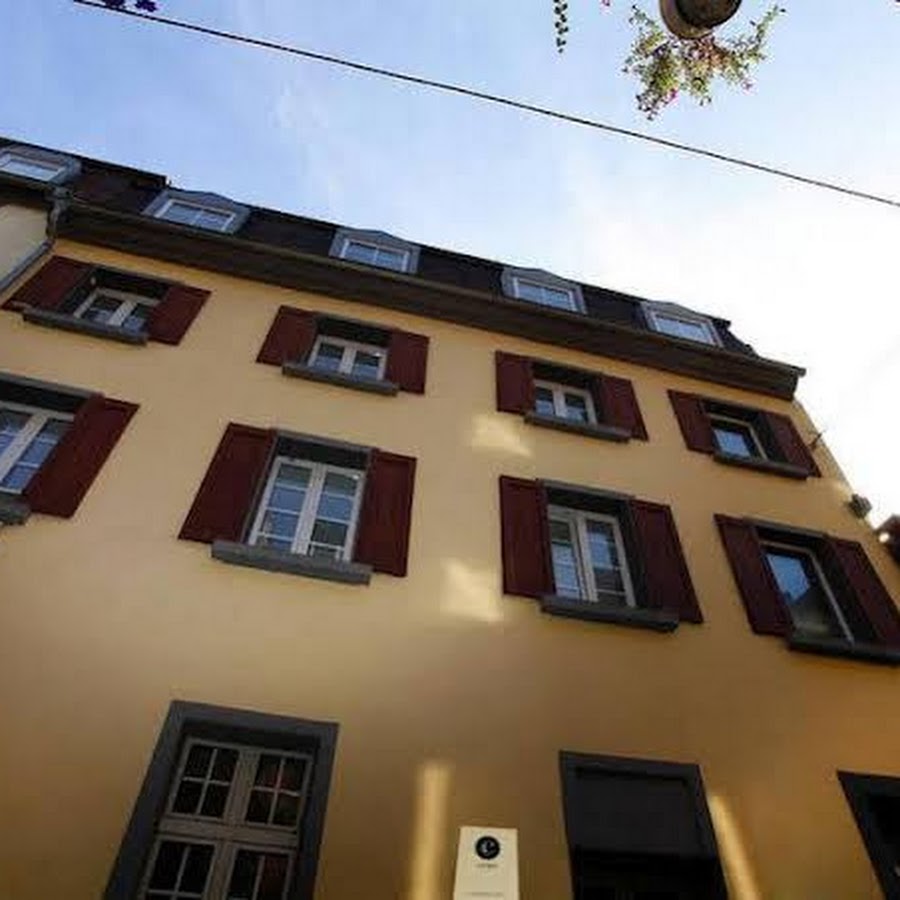
Hotel Am Vogelsanger Weg

Auszeit Hotel - das Frühstückshotel
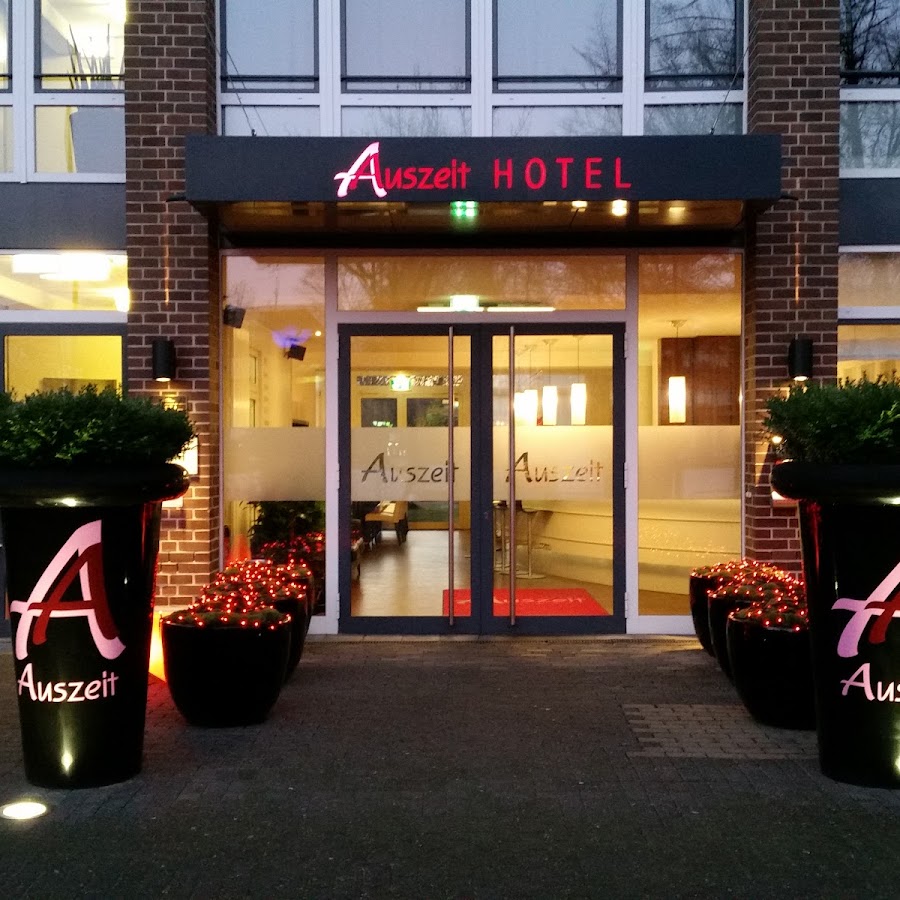
Victoria Hotel
Villa Im Park

Barbarossa Kaiserswerth

Hotel Kö59 Düsseldorf - Member of Hommage
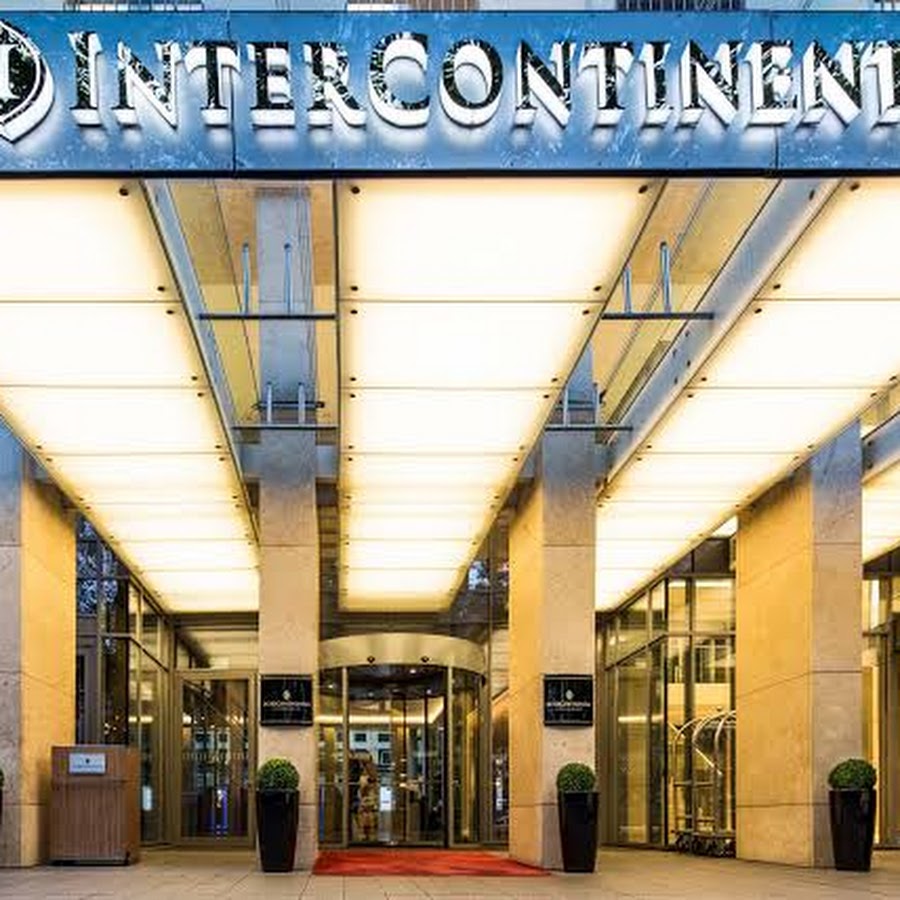
The Soho Hotel Düsseldorf
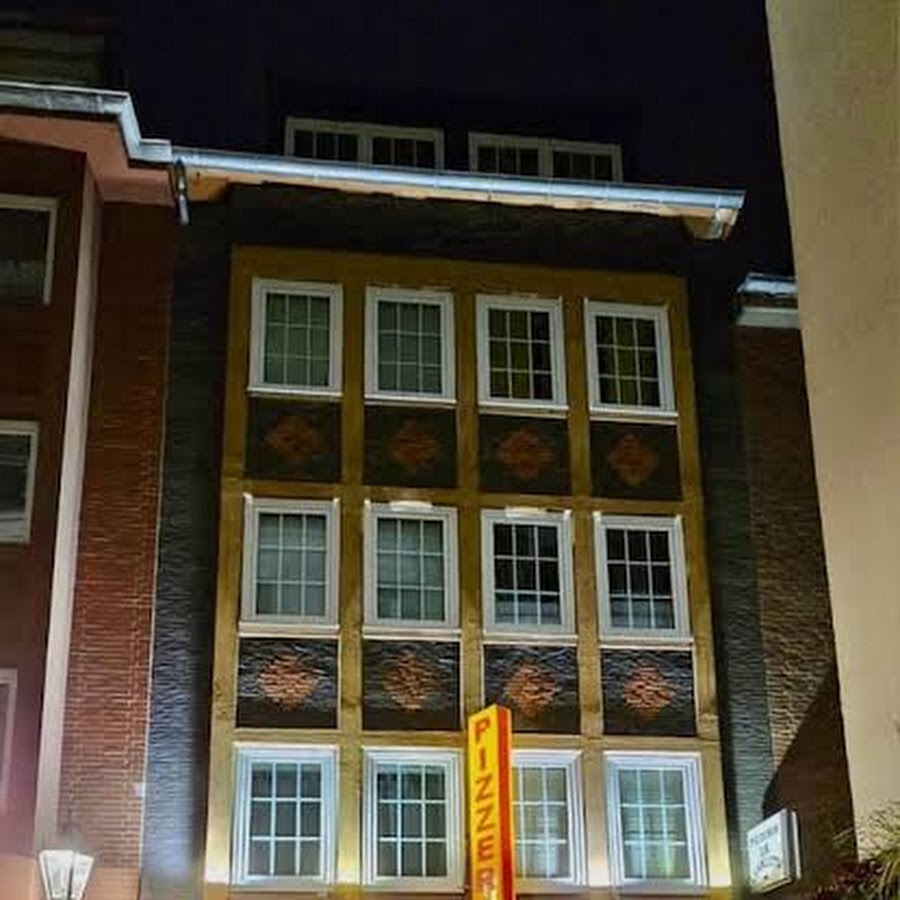
Waldhotel Unterbach
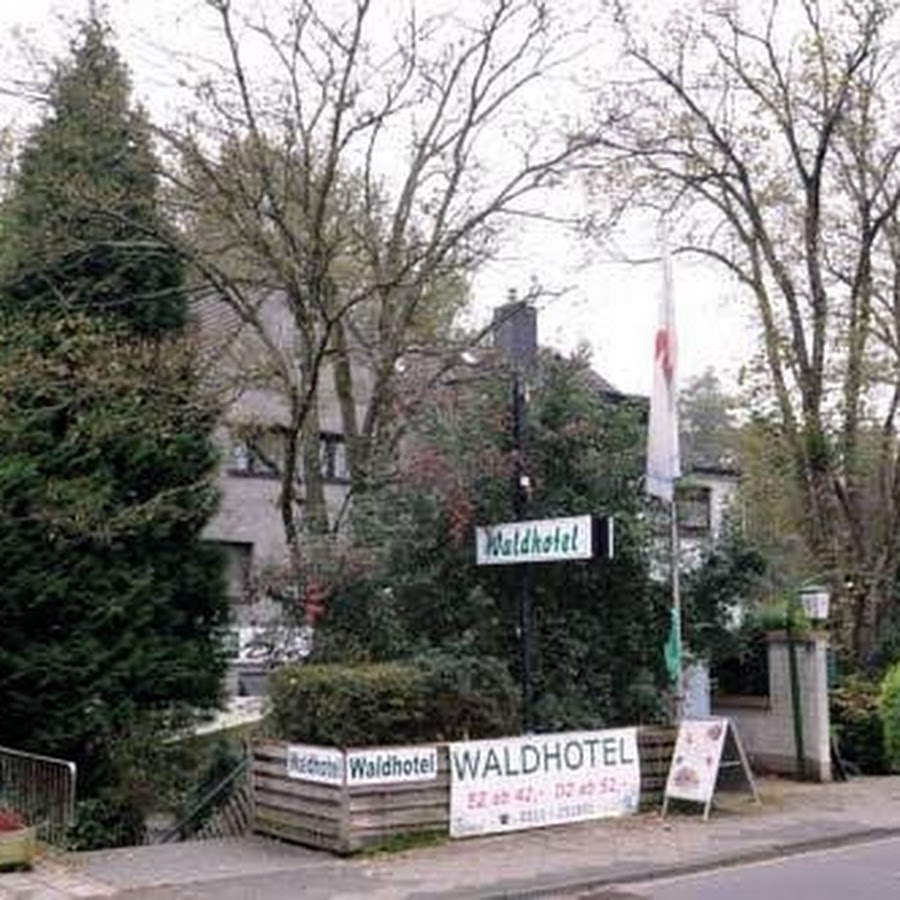
TM Hotel Düsseldorf
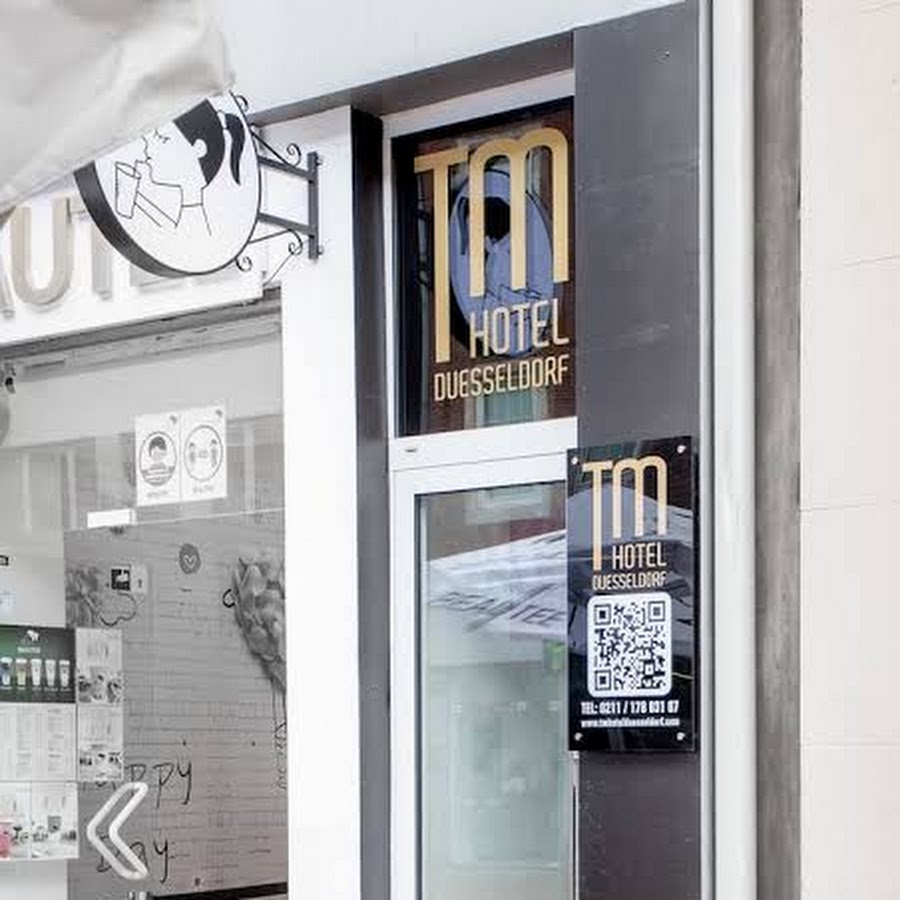
Hotel Chrisma

Hotel Am Volksgarten

The Cloud One Düsseldorf-KöBogen

Hotel Am Wehrhahn
Hotel Bismarck
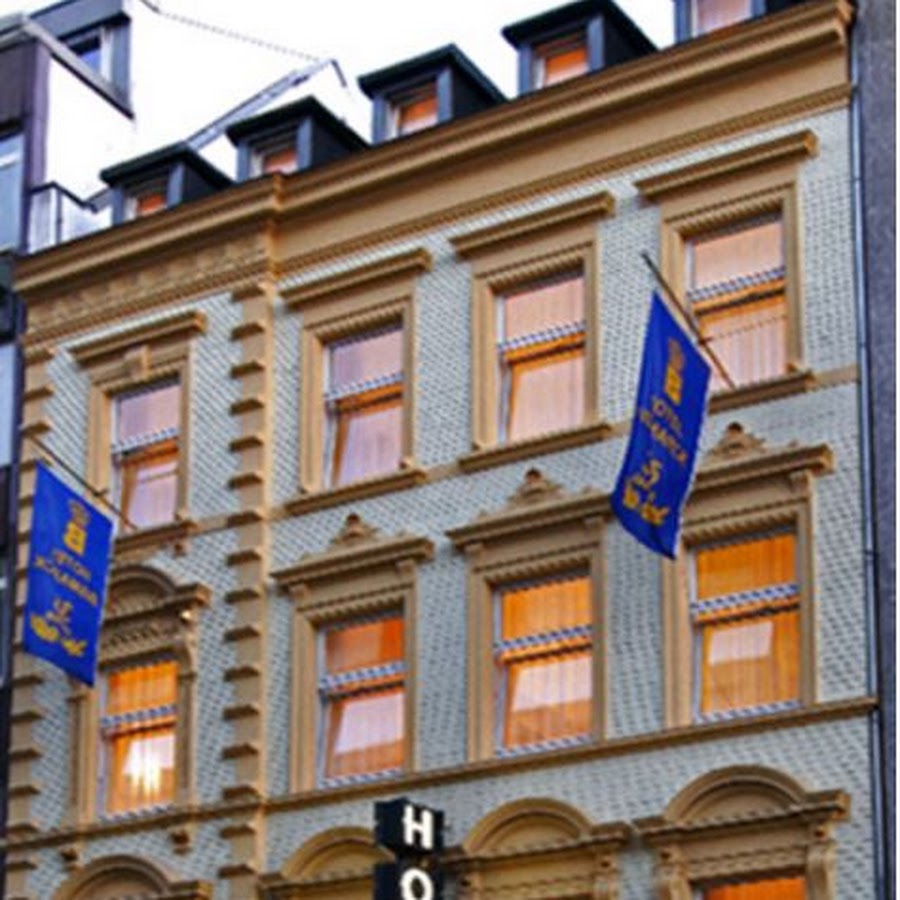
Hotel Aleksandra
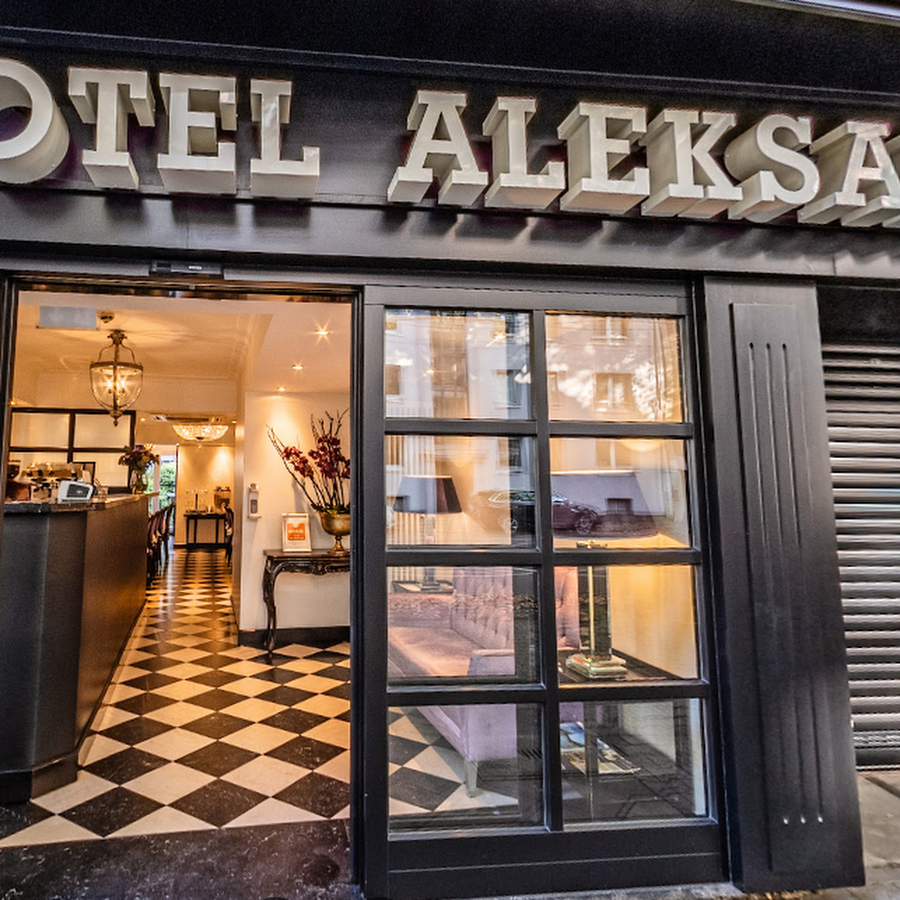
Hotel National Duesseldorf
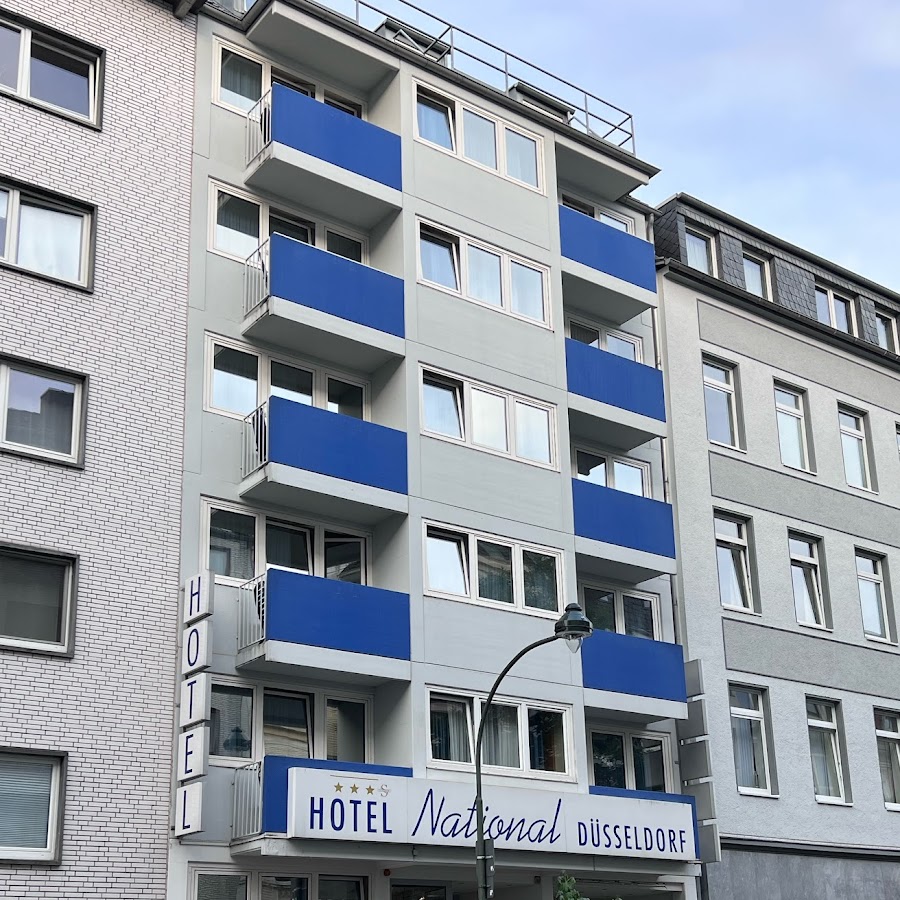
Altstadt Hotel Barcelona

HK-Hotel Düsseldorf City
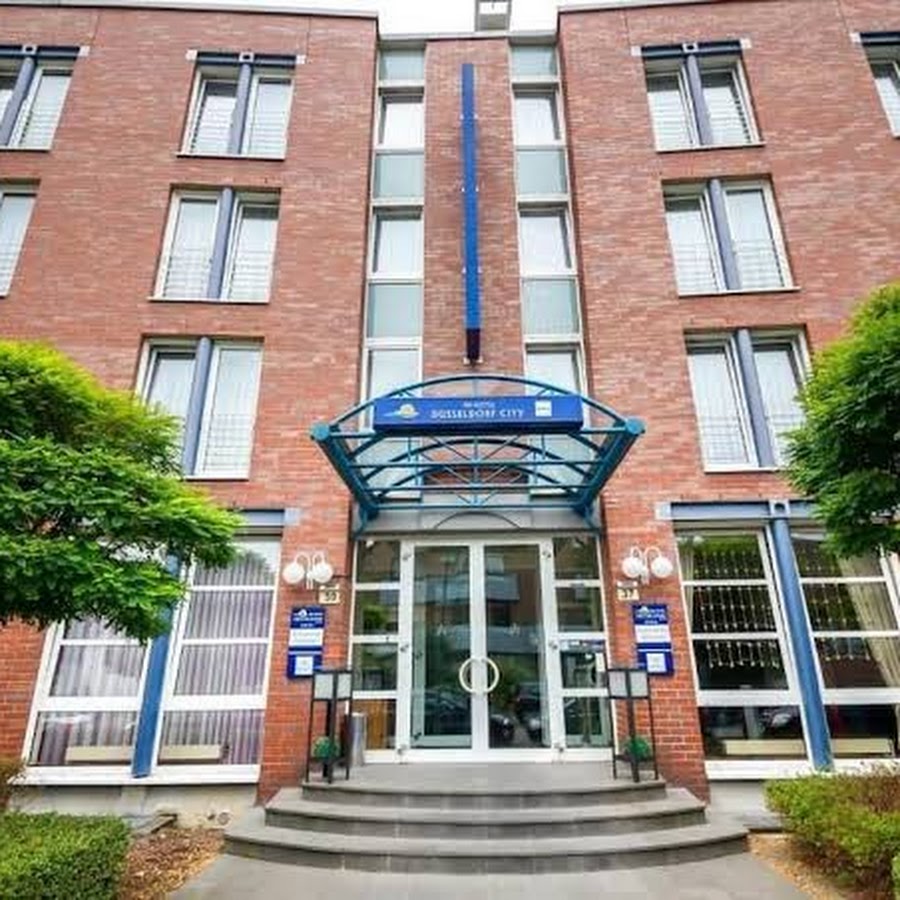
Stage 47
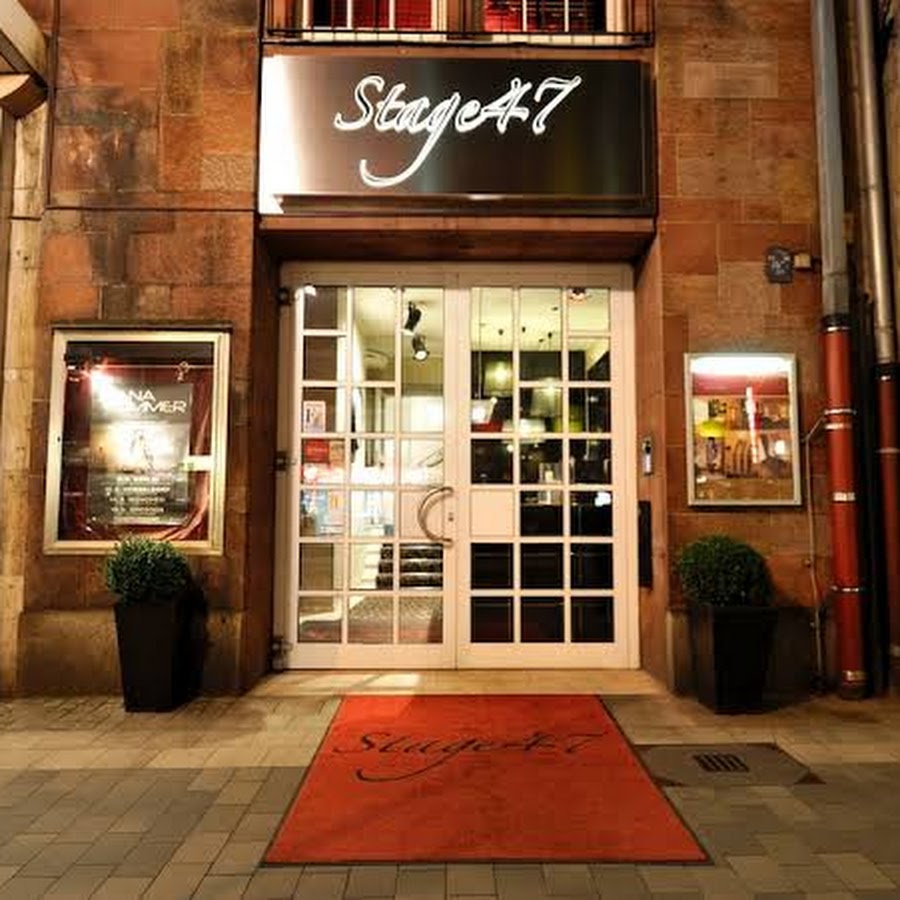
Hotel Karolinger
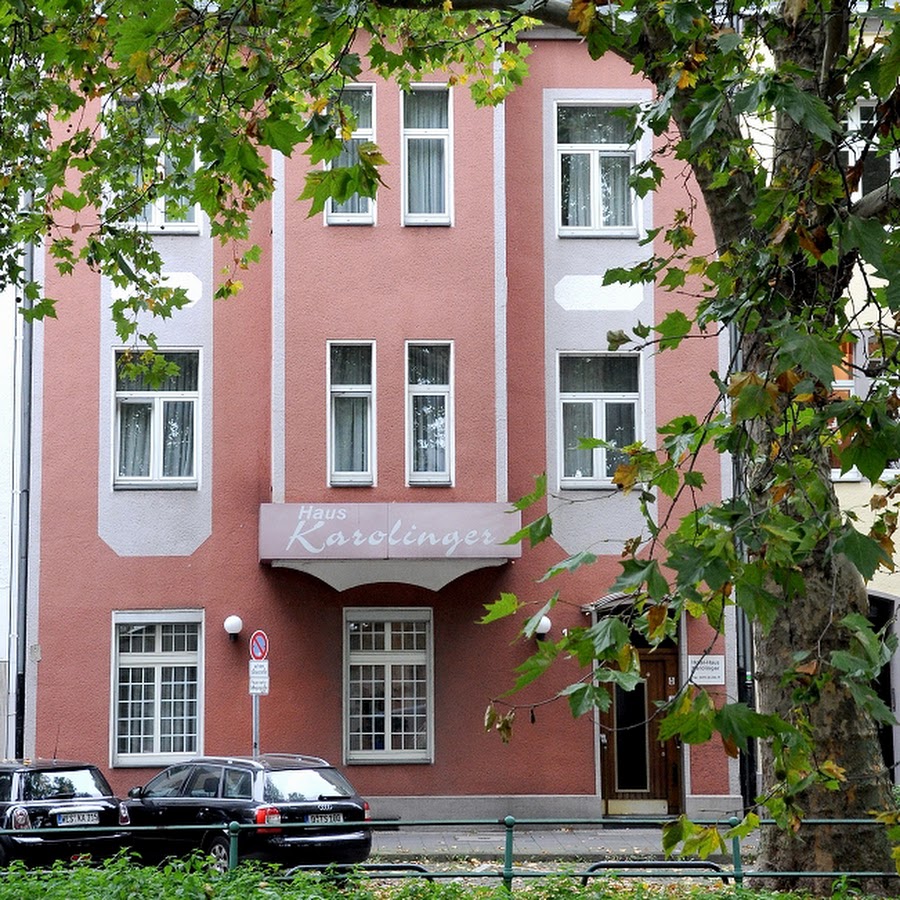
The Woodmans Boardinghouse
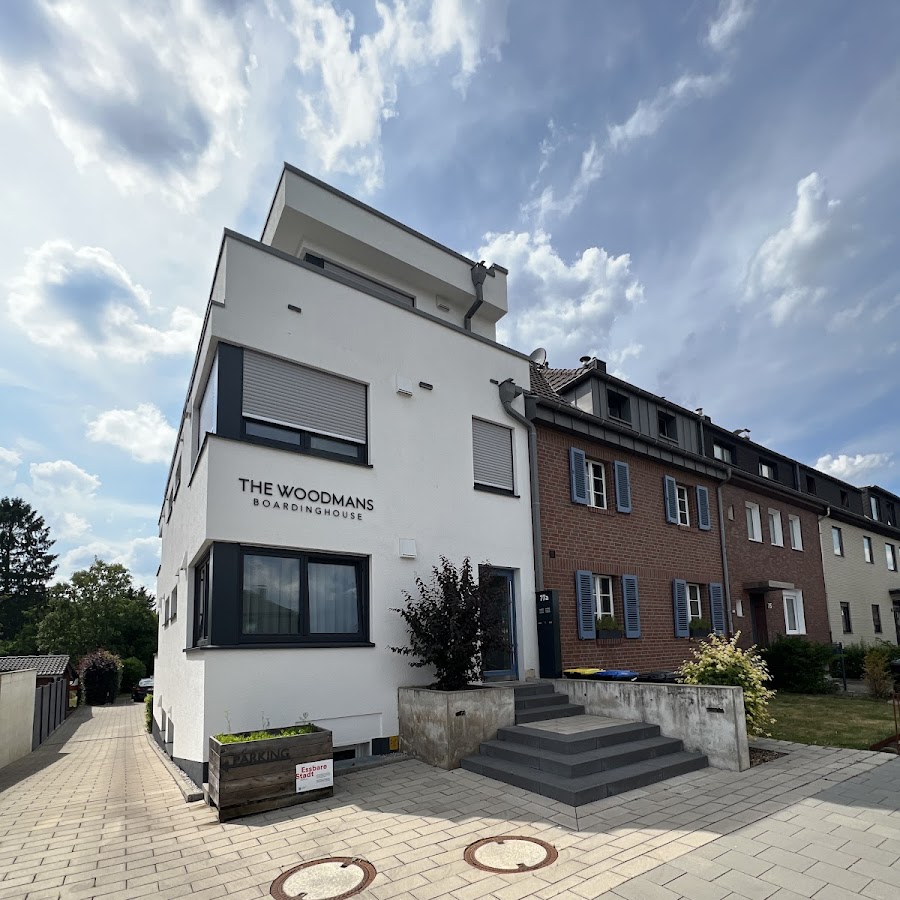
THE RED - Premium Boardinghouse - Serviced Apartments
Hotel Villa Achenbach
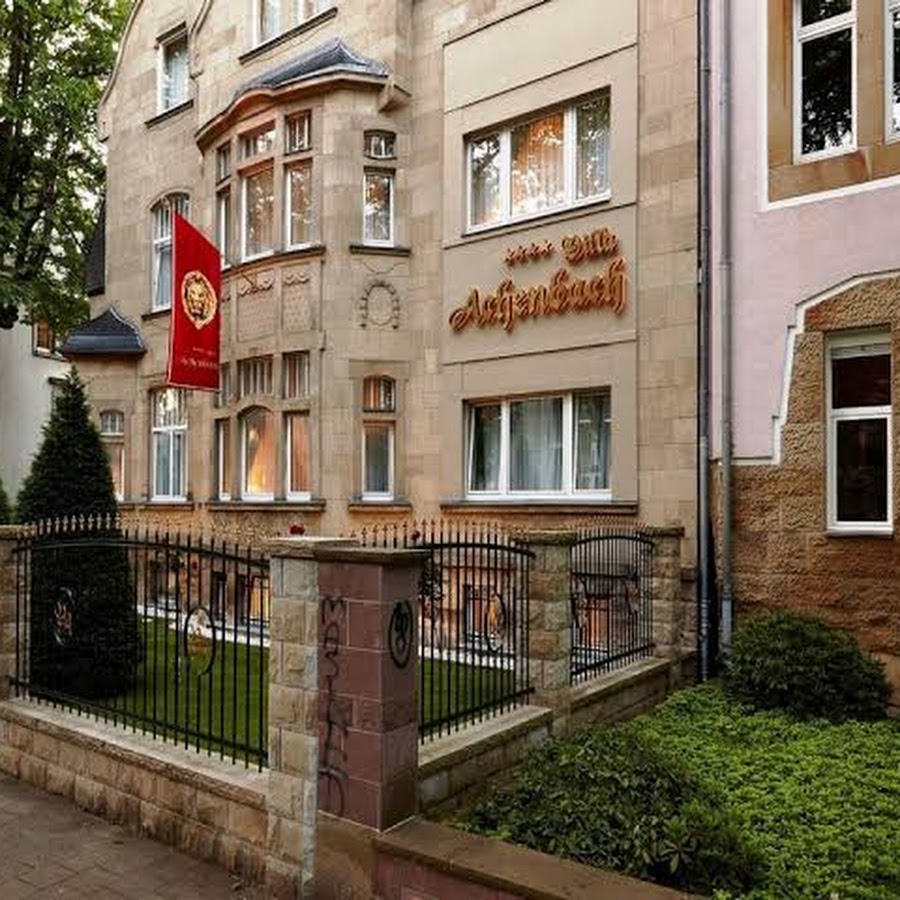
Townhouse Düsseldorf
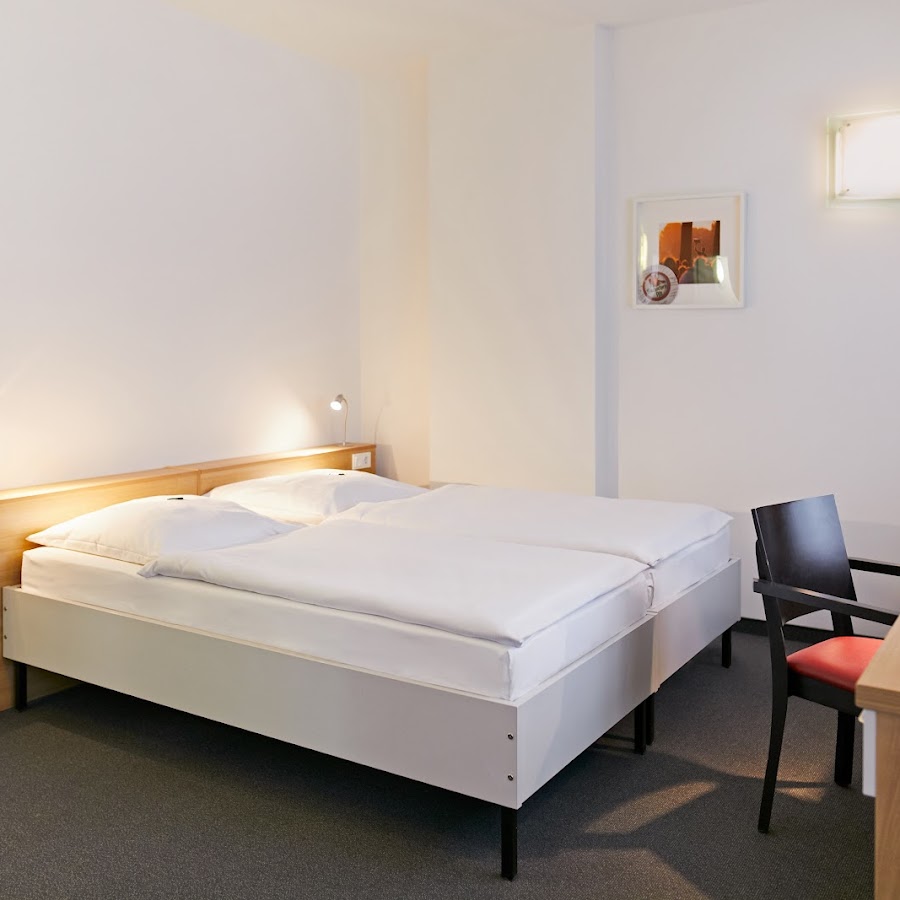
Living Hotel Düsseldorf
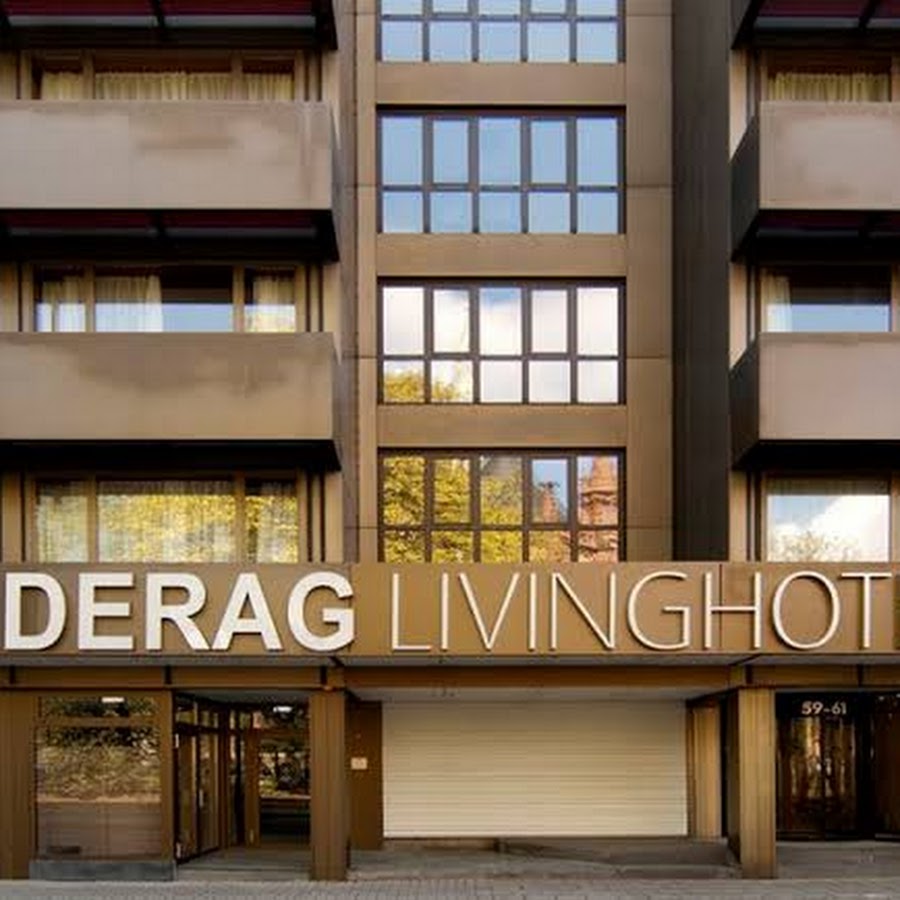
Hotel MinGarden
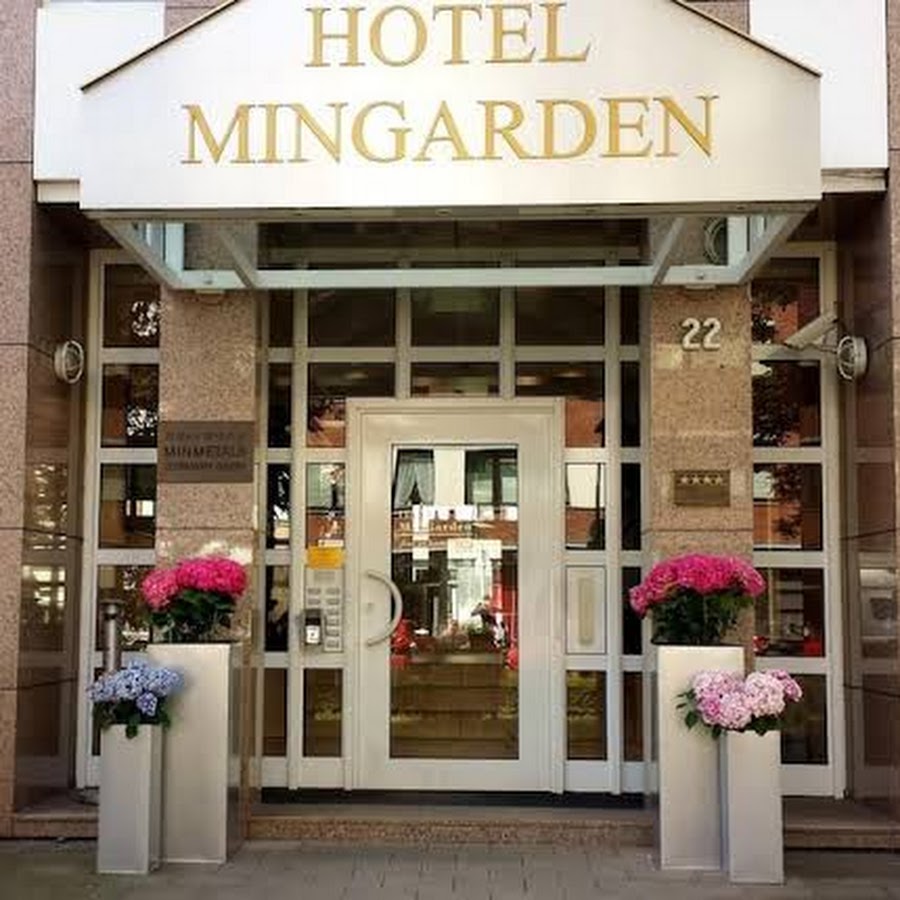
acora Düsseldorf Living the City
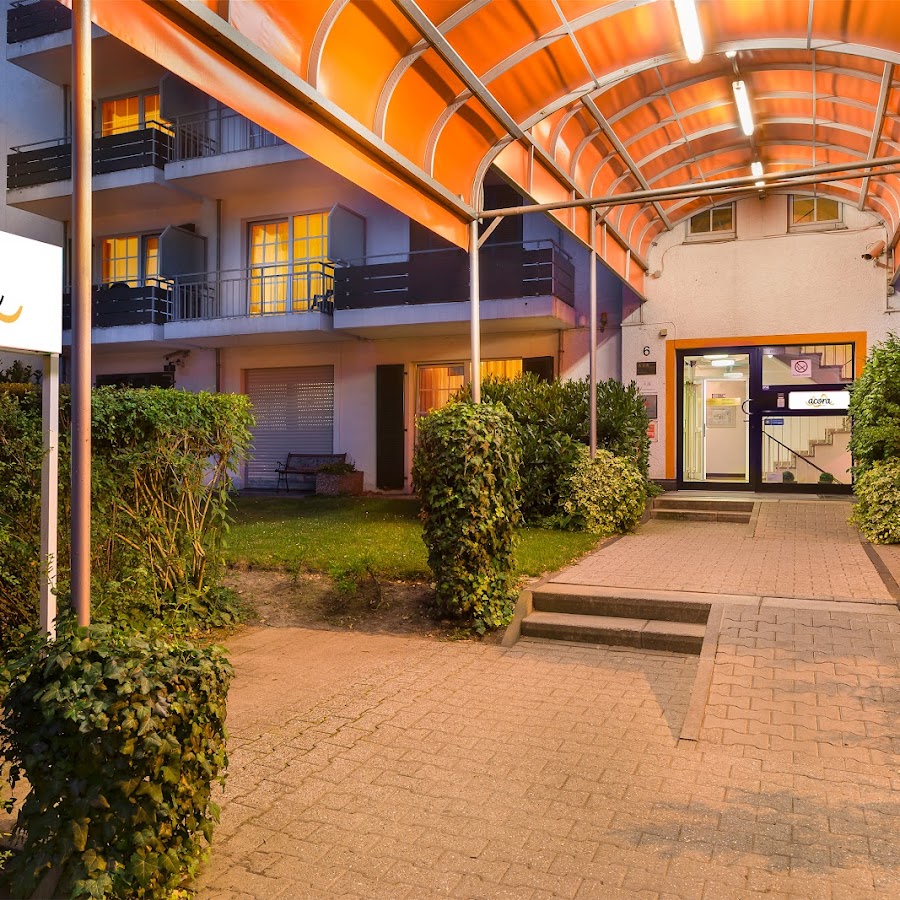
Hotel Palm Premium - Hotel & Apartments

Ruby Coco Hotel Dusseldorf

INNSiDE by Meliá Düsseldorf Seestern
ambiente et art
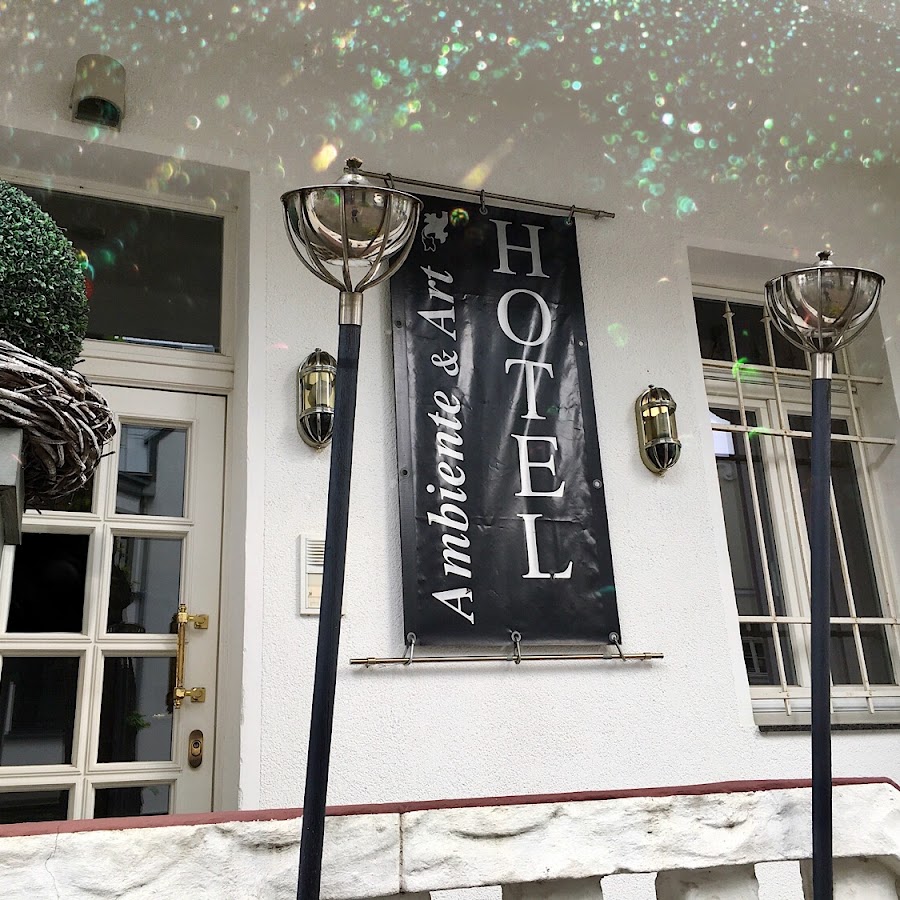
Hotel Kaiserswerth
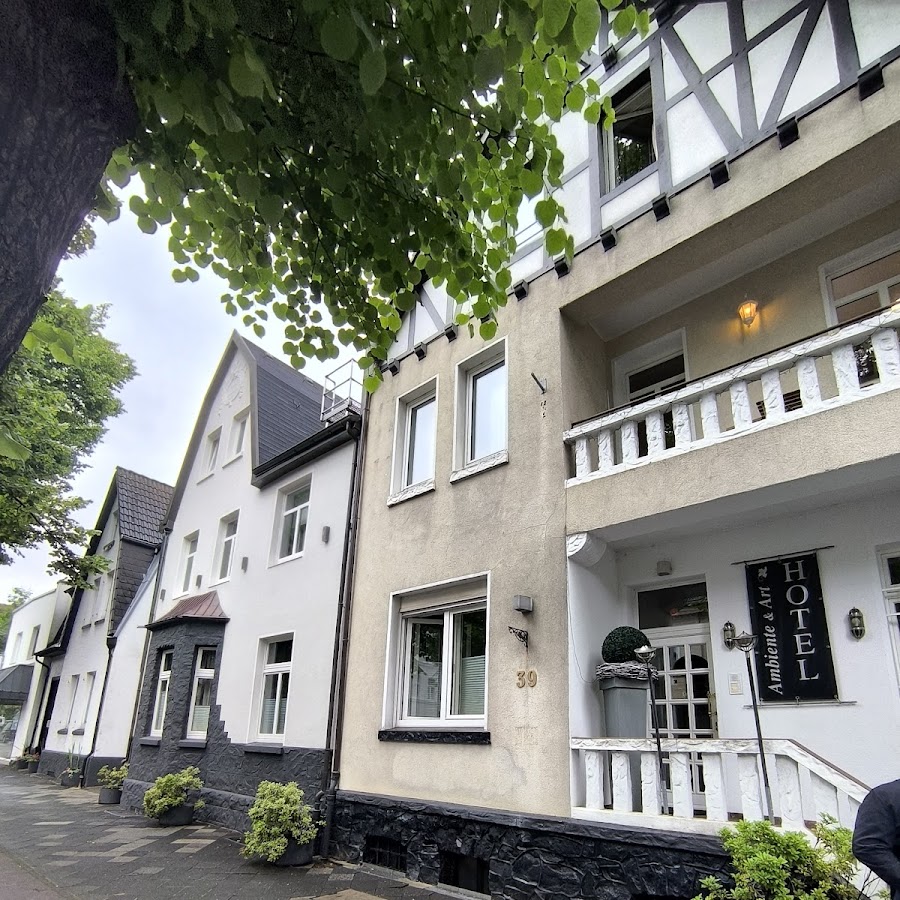
Bellevue Hotel
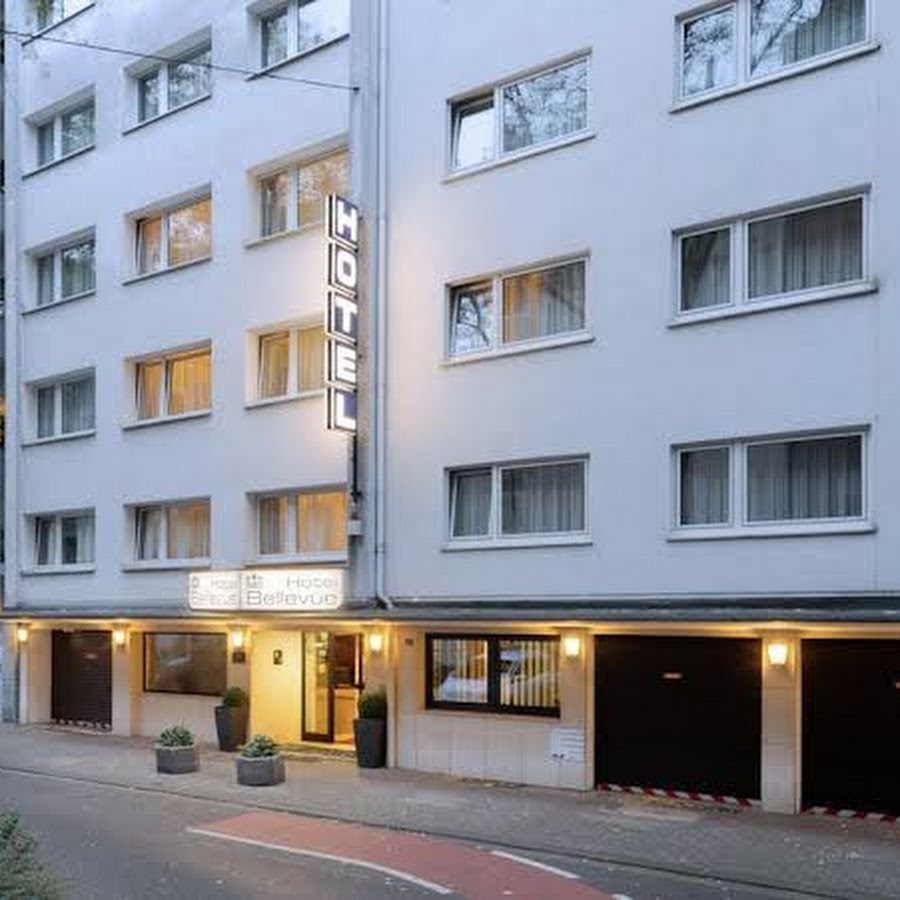
Mercure Hotel Duesseldorf Zentrum
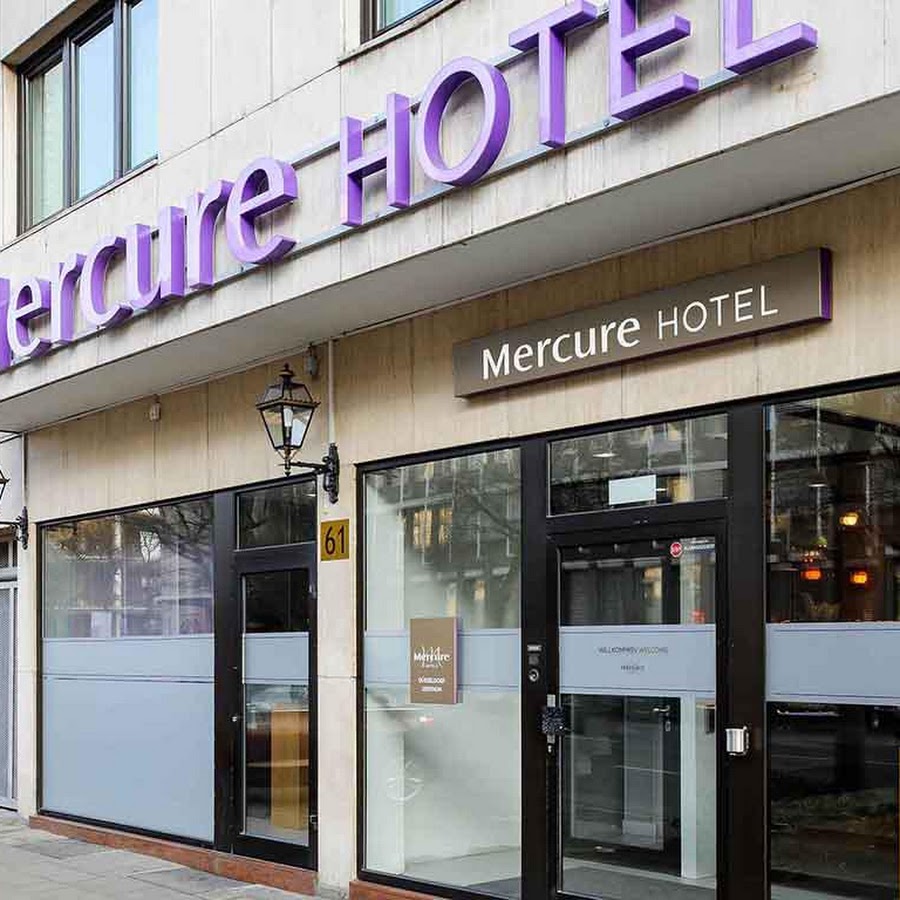
Breidenbacher Hof Düsseldorf
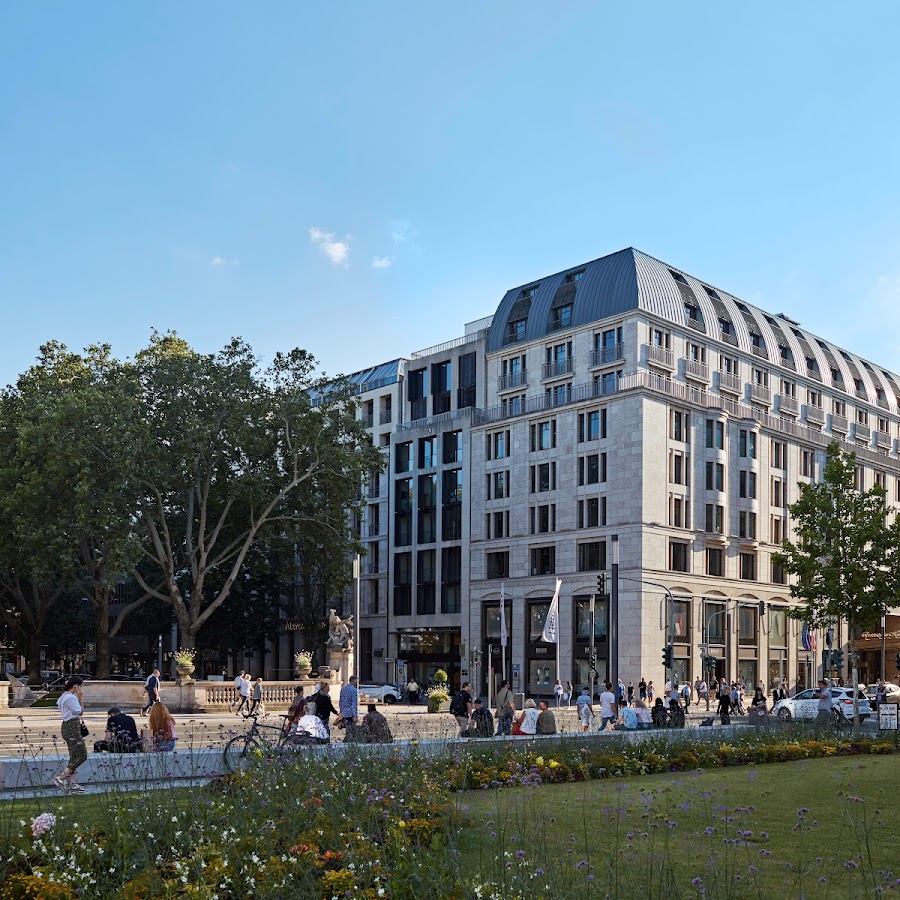
HENRI Hotel Düsseldorf Downtown

Hanseat Hotel

Sleep Inn Düsseldorf
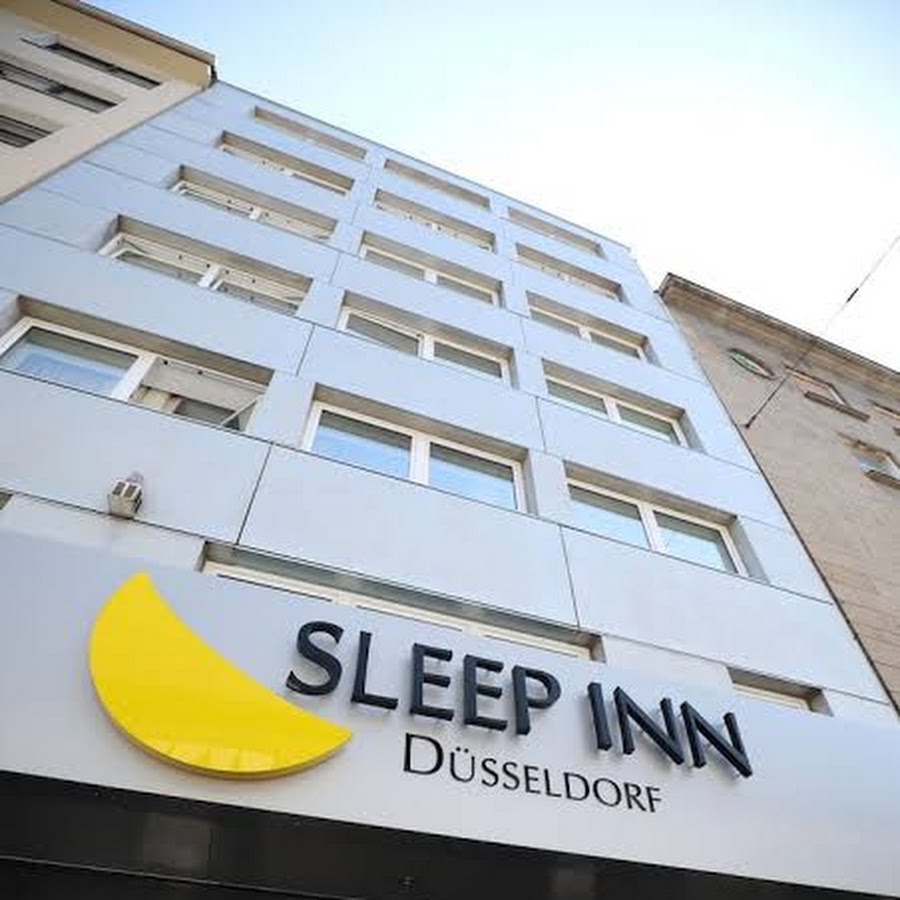
BlueStone Boarding Apartments
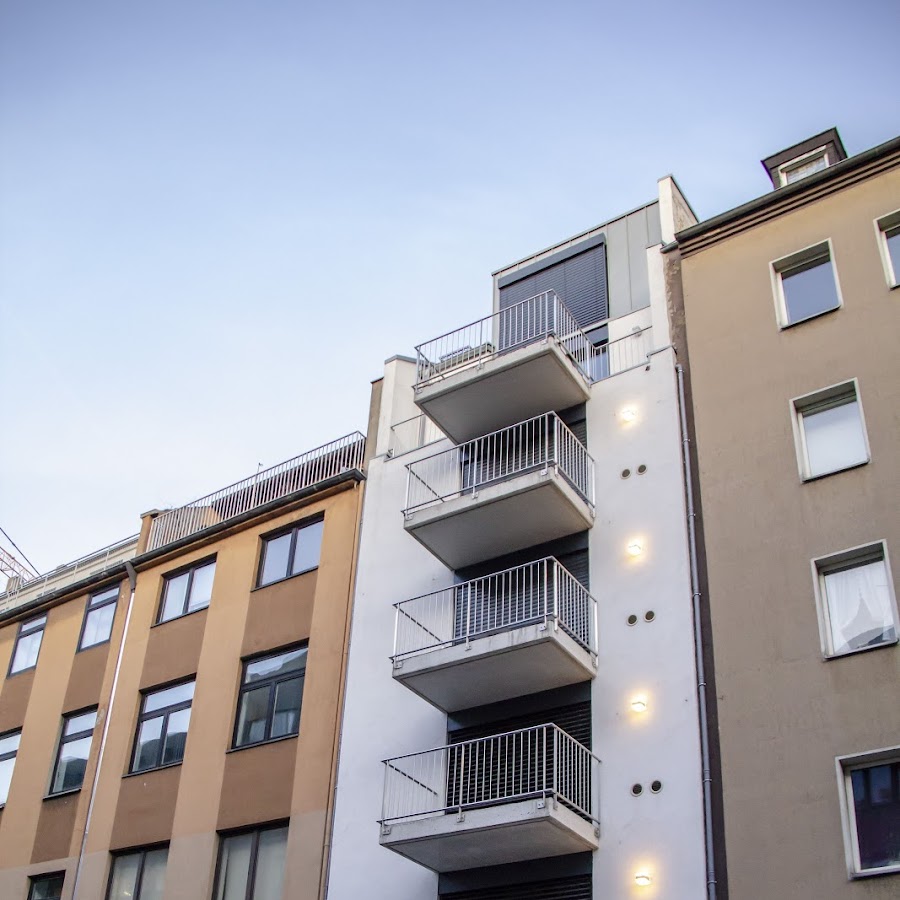
Hotel Lindenhof

Hotel Favor
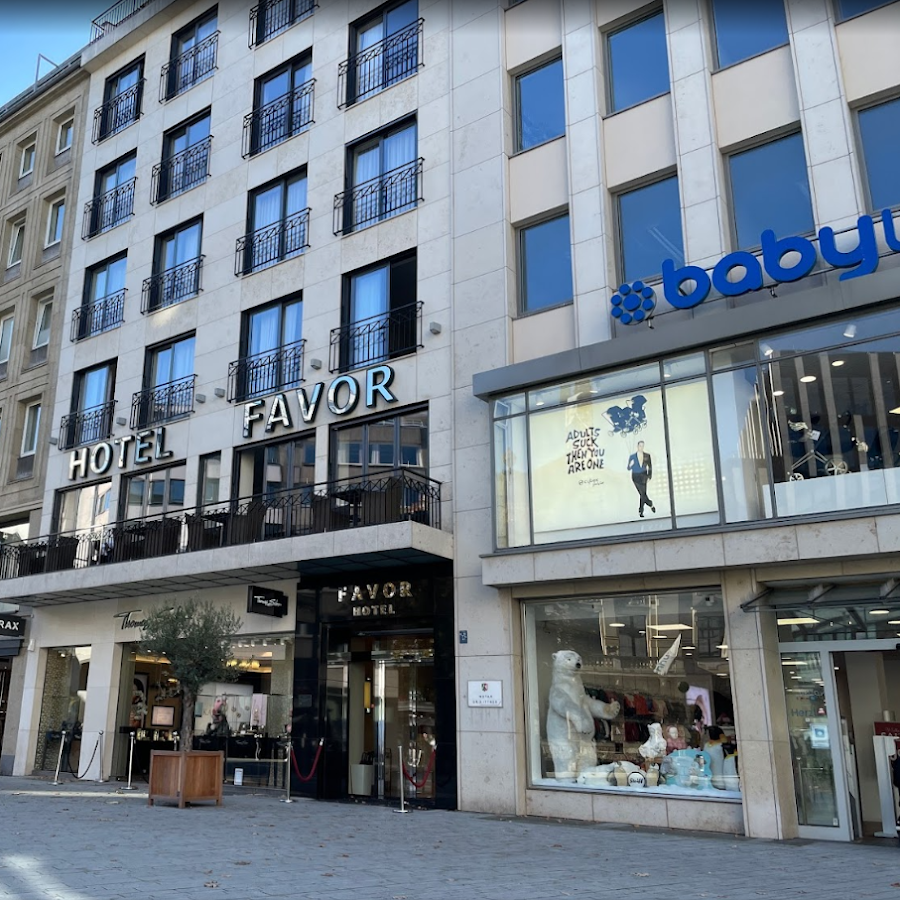
Moliving | Hotel & Apartments | Düsseldorf - Neuss
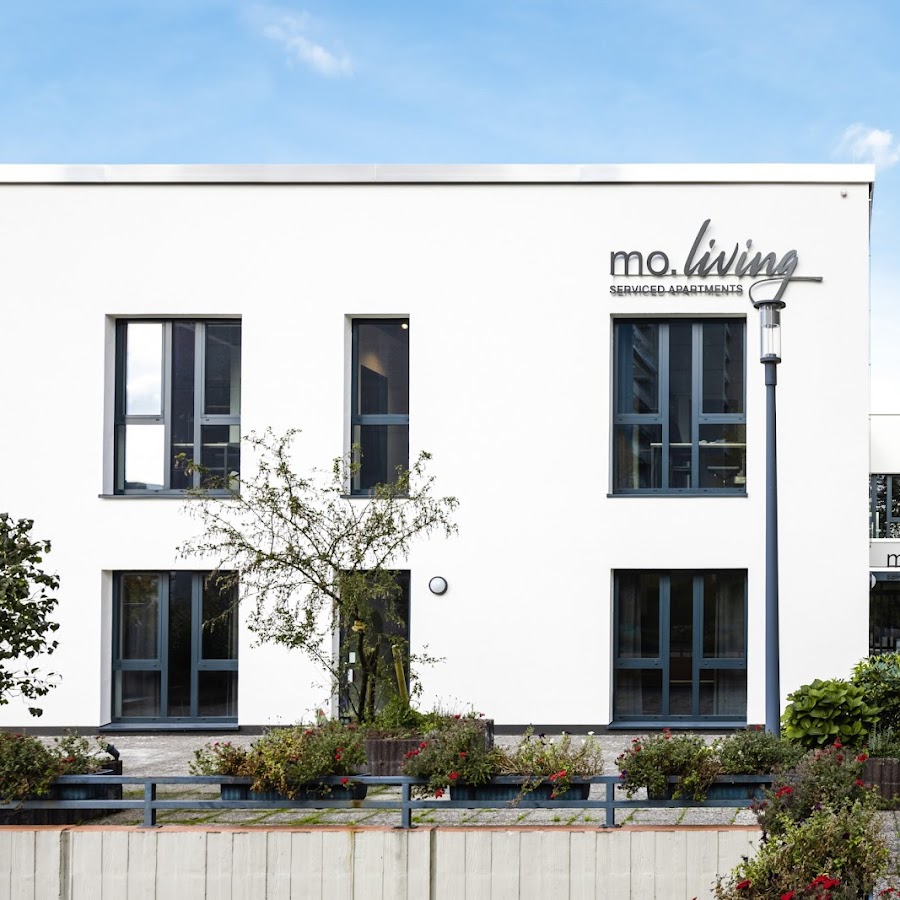
Living am Carlsplatz (Apartment)
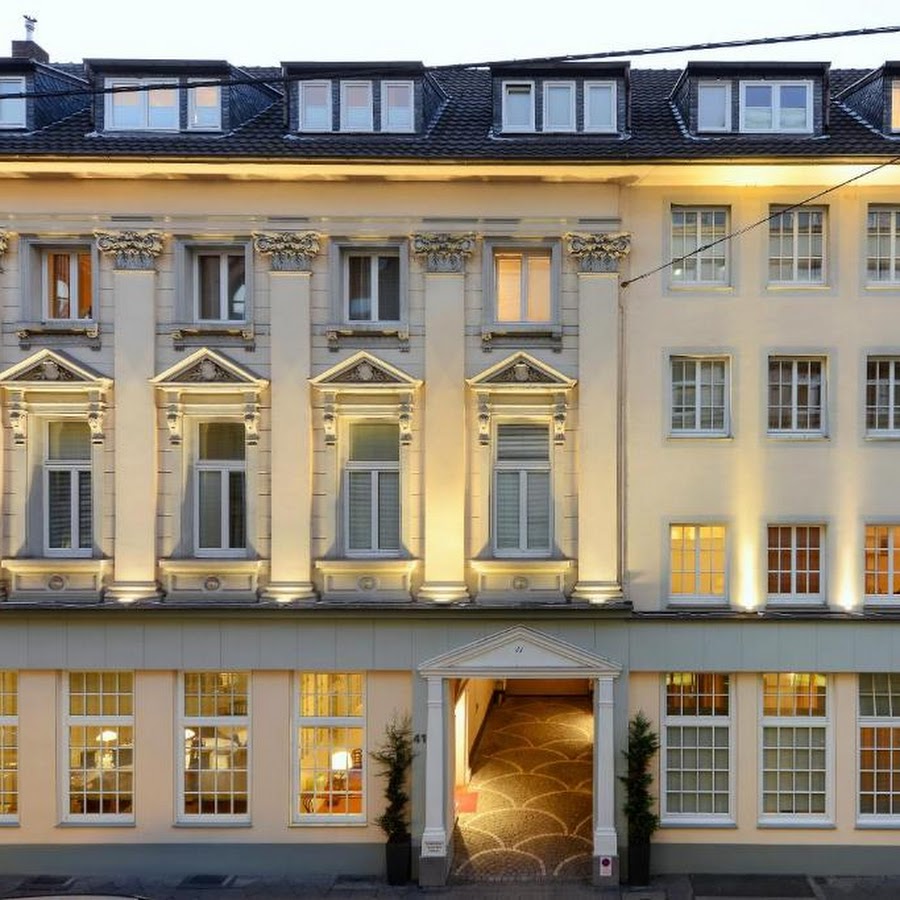
Antares Apartments
Hotel Alt Düsseldorf
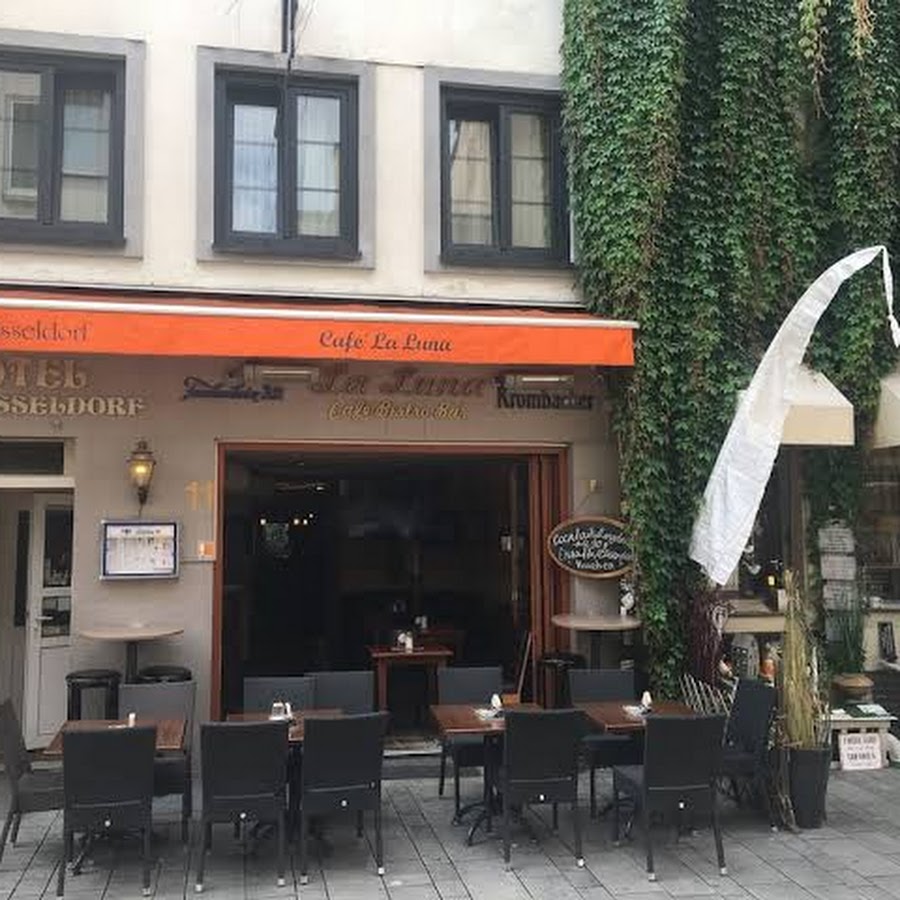
Landhaus Hotel Neuss
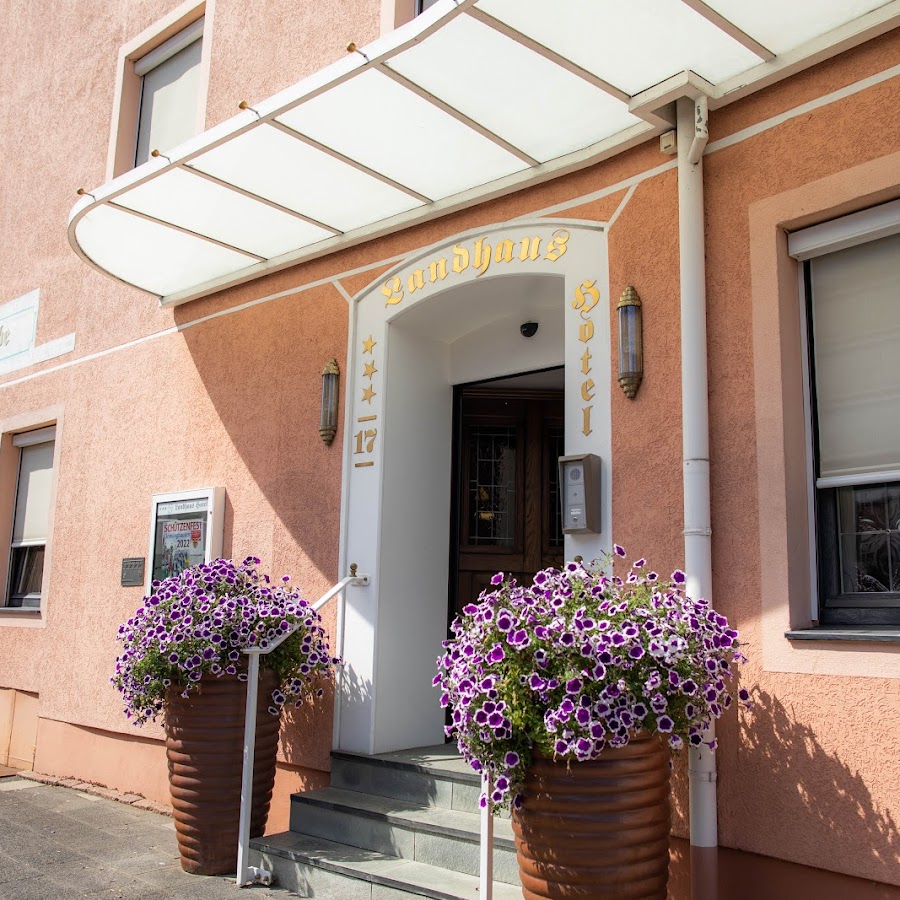
Meliá Düsseldorf
Hotel Prinz Anton
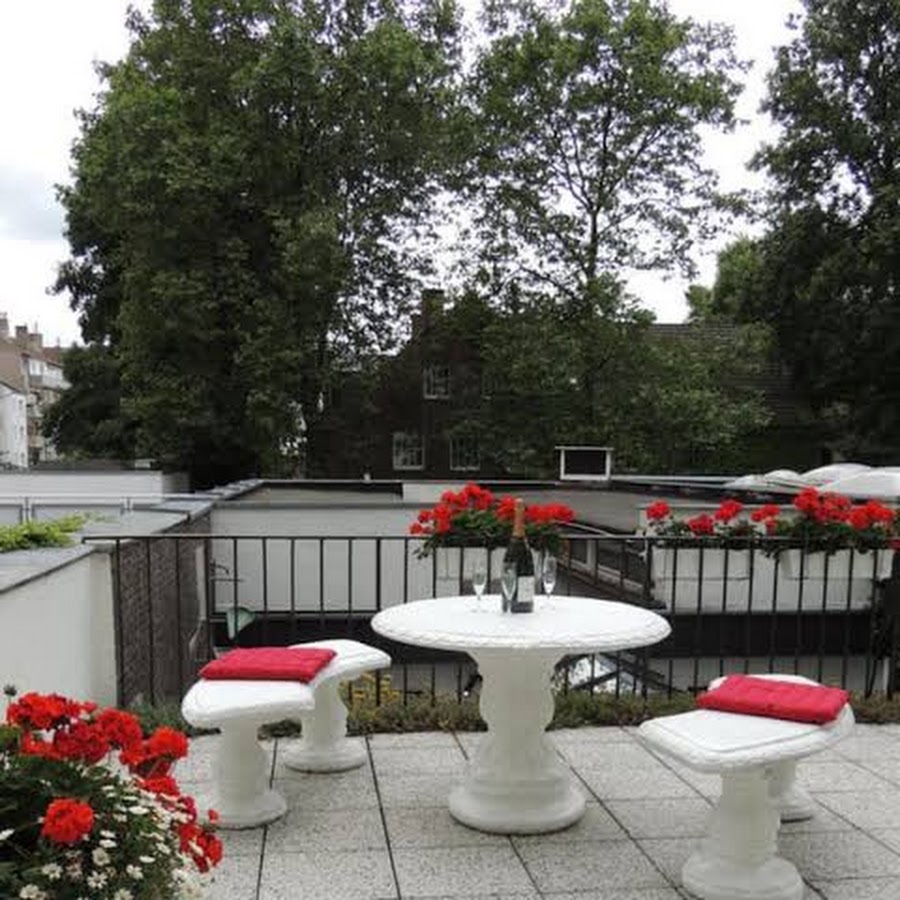
Hotel Villa Casa

Living Hotel De Medici
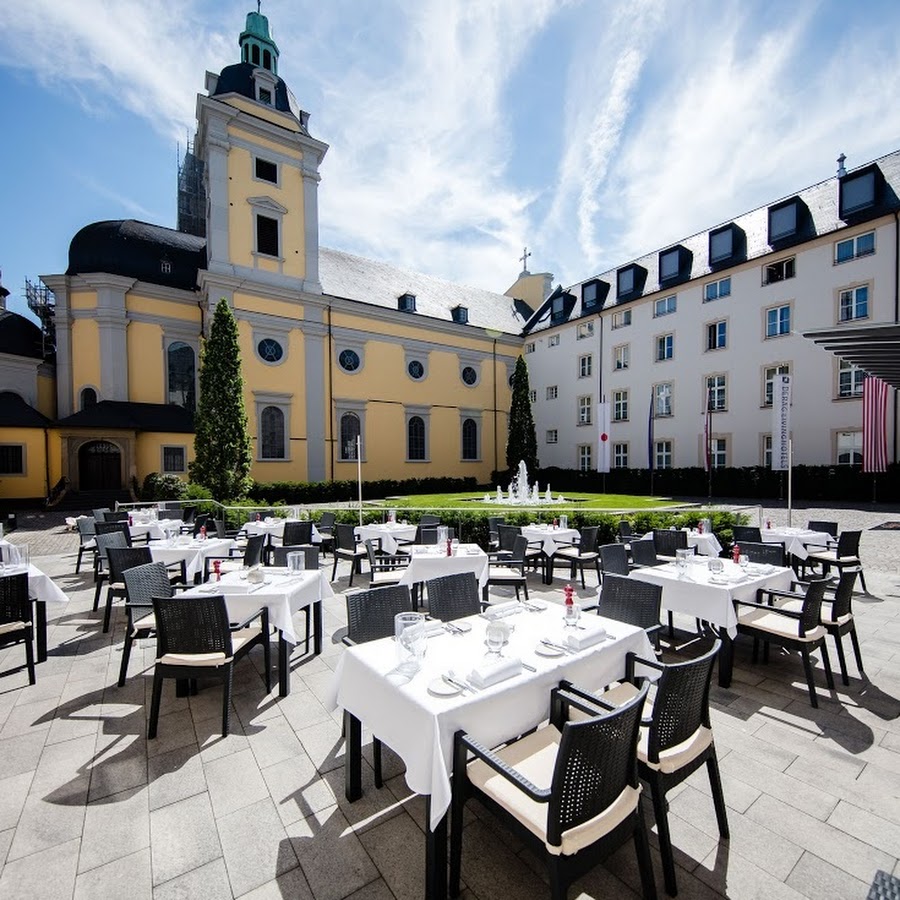
Hotel Enger Hof by Vivere Stays
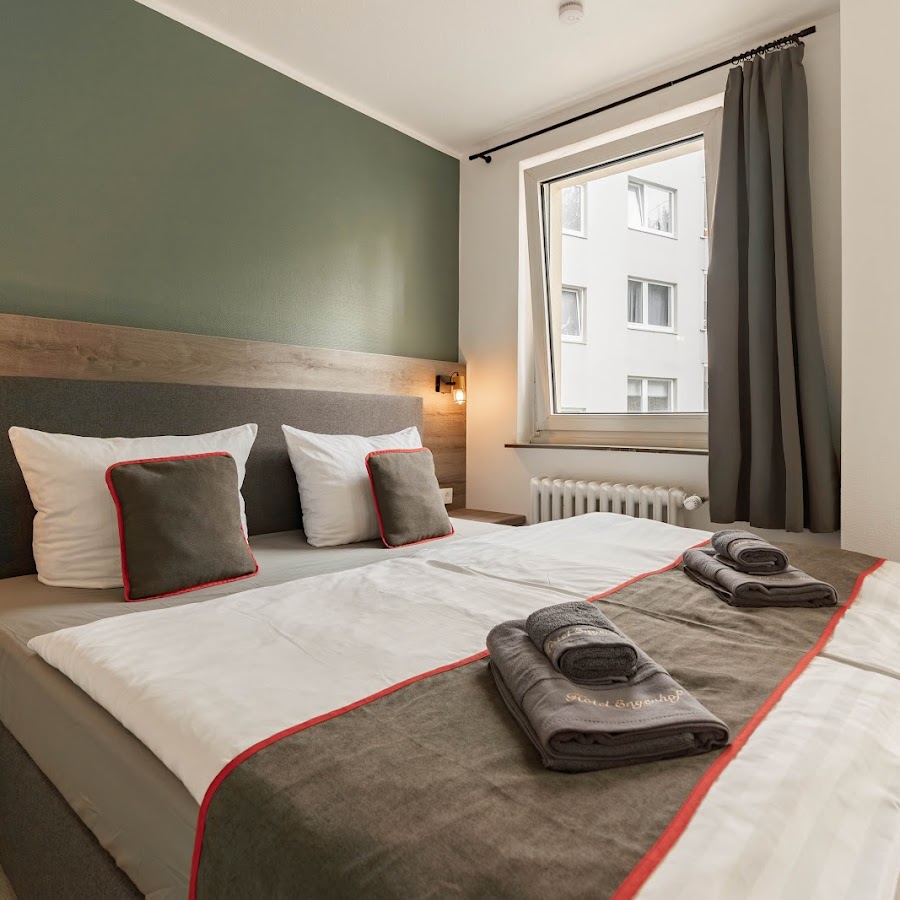
Das Carls Hotel Düsseldorf
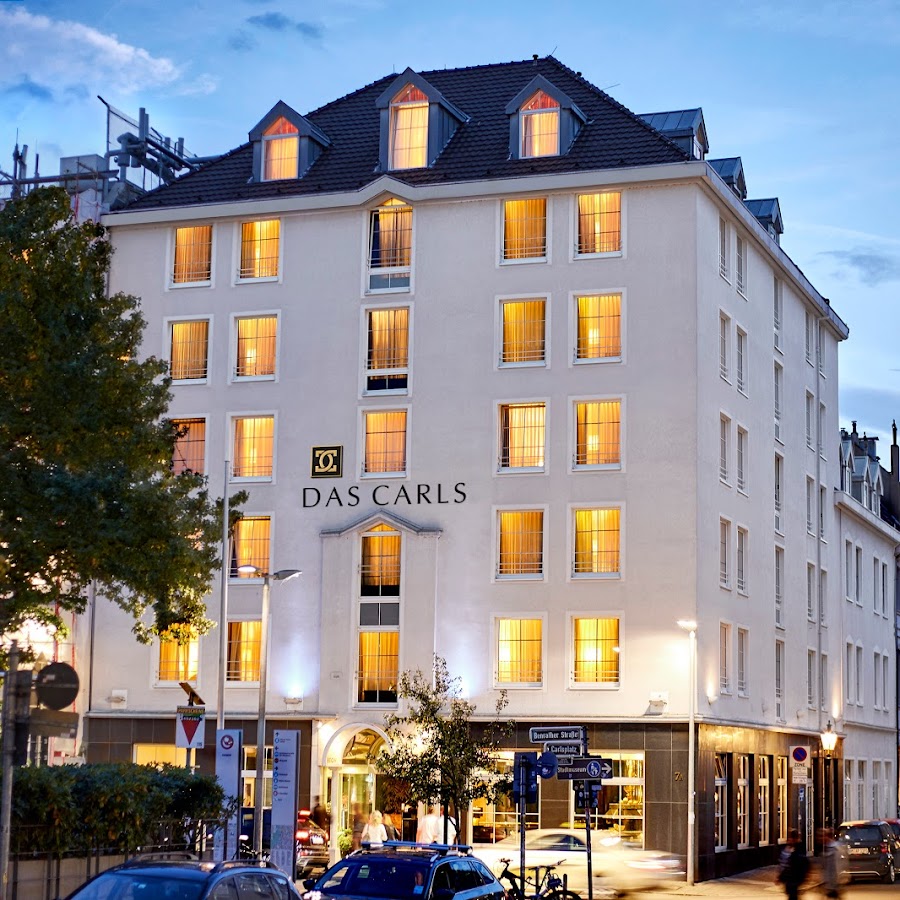
Hotel Paris Duesseldorf
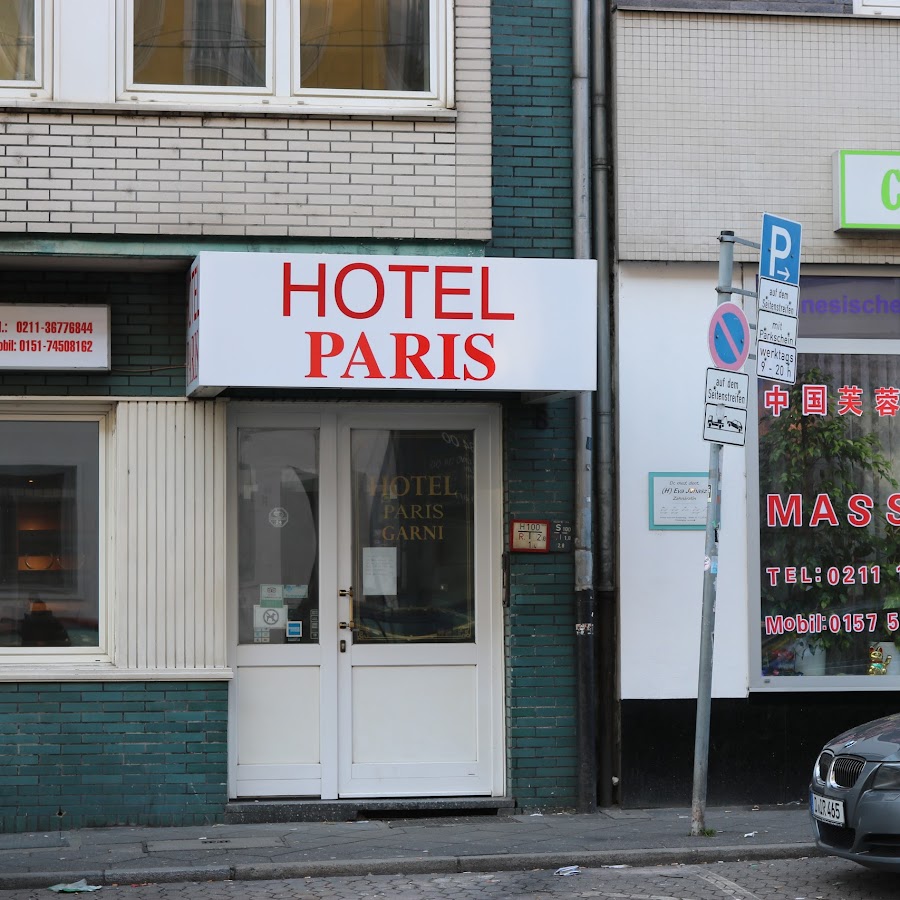
Devin Art Hotel
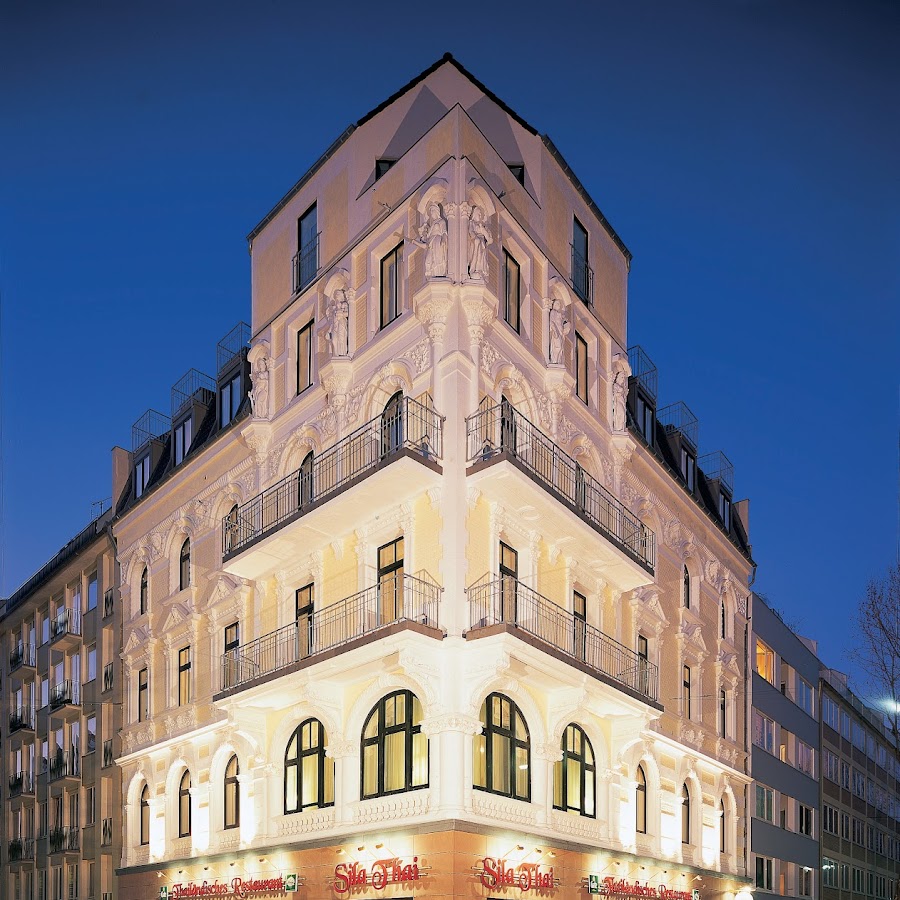
Hotel Berliner Hof
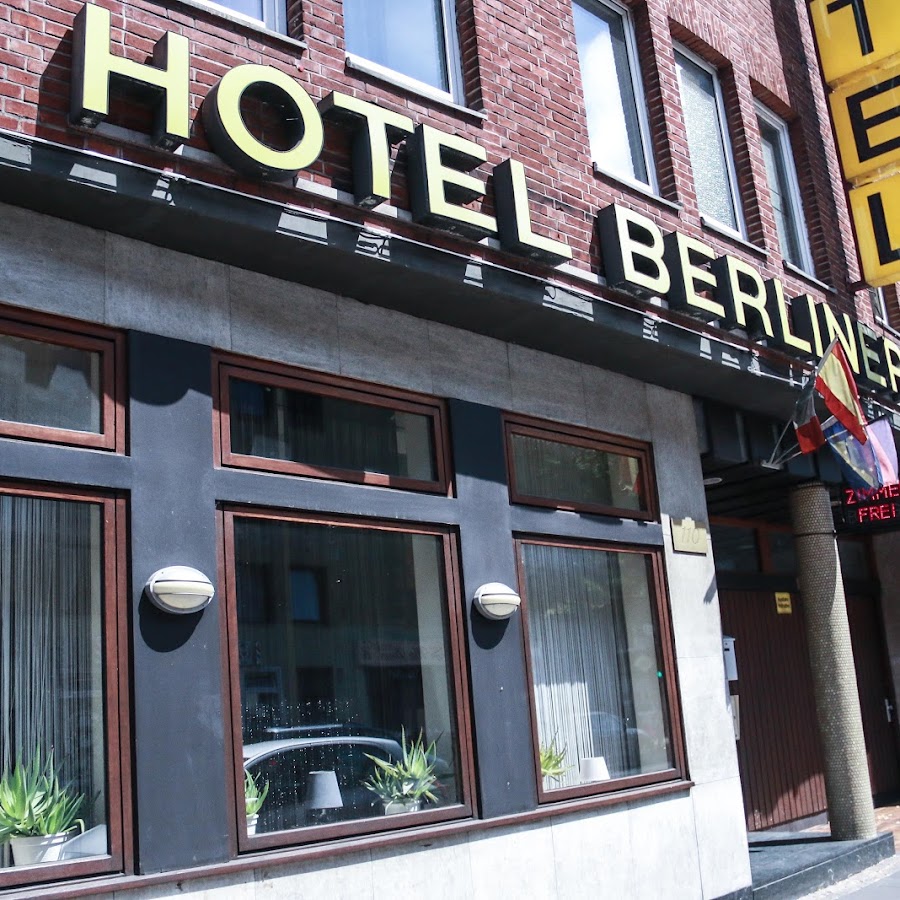
INNSiDE by Meliá Düsseldorf Hafen

Novotel Duesseldorf Airport
B&B Hotel Düsseldorf City-Süd

Hotel Weidenhof Düsseldorf City Center
Asahi
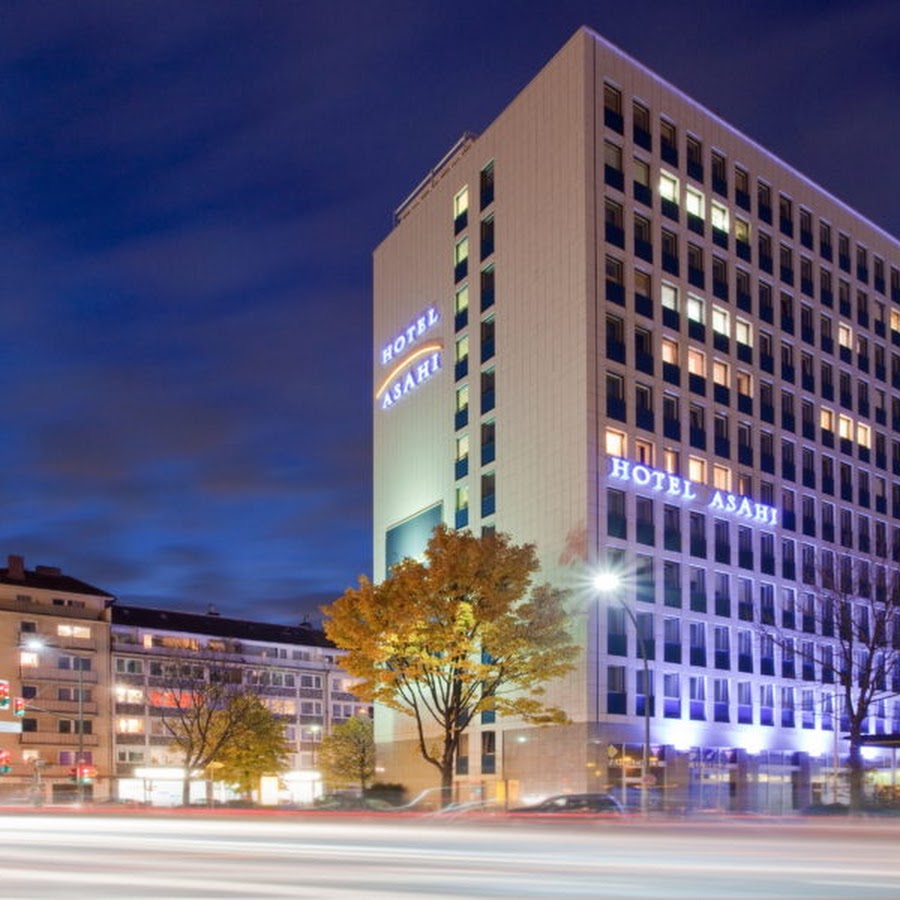
Hotel Imperial Düsseldorf
Leonardo Royal Hotel Düsseldorf Königsallee
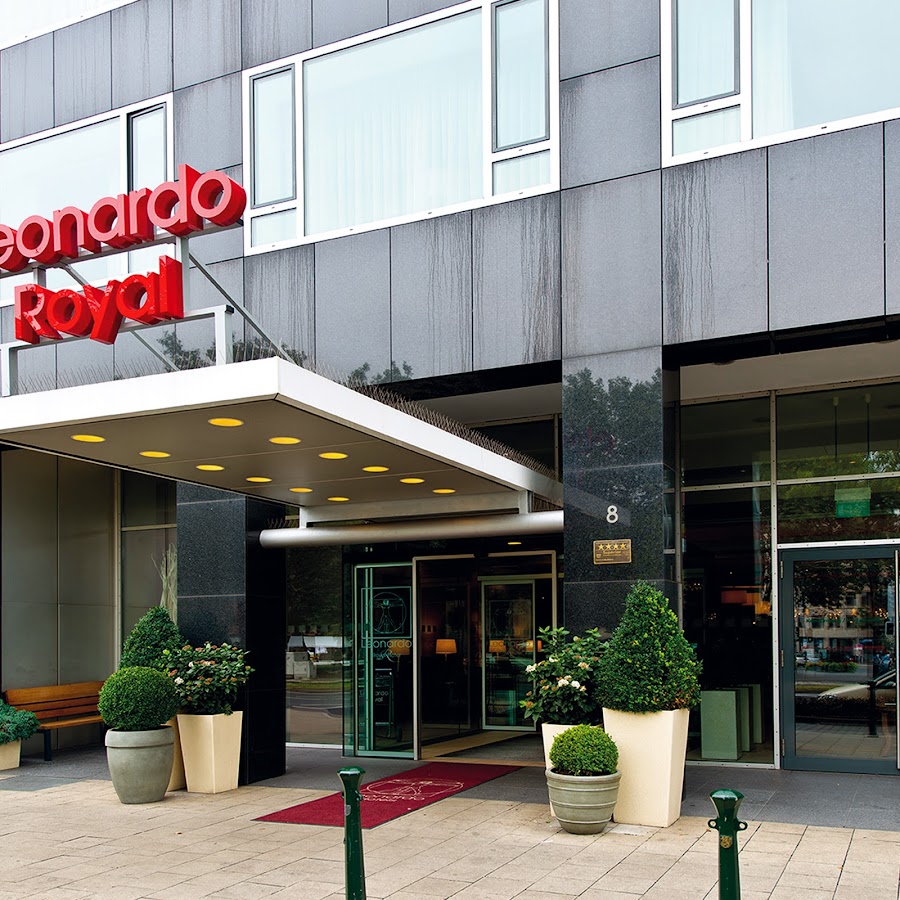
25hours Hotel Das Tour

Sheraton Düsseldorf Airport Hotel

Hotel Indigo Duesseldorf - Victoriaplatz

Holiday Inn - the niu, Seven Dusseldorf Ost by IHG
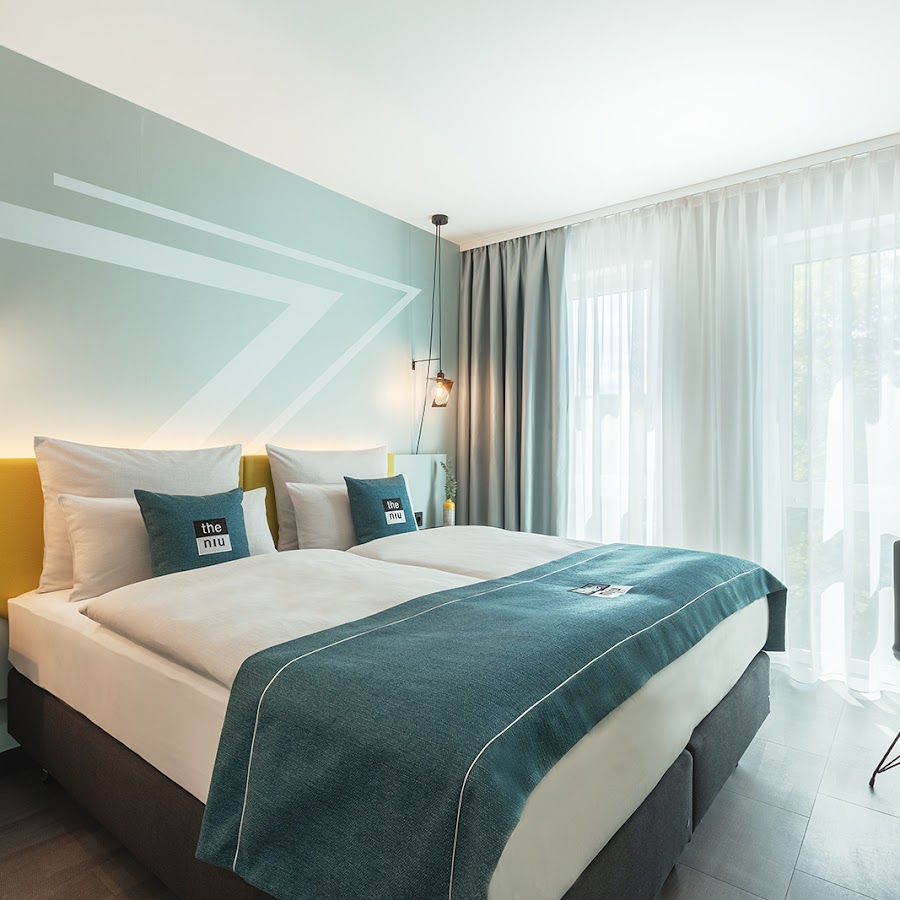
Moxy Duesseldorf City
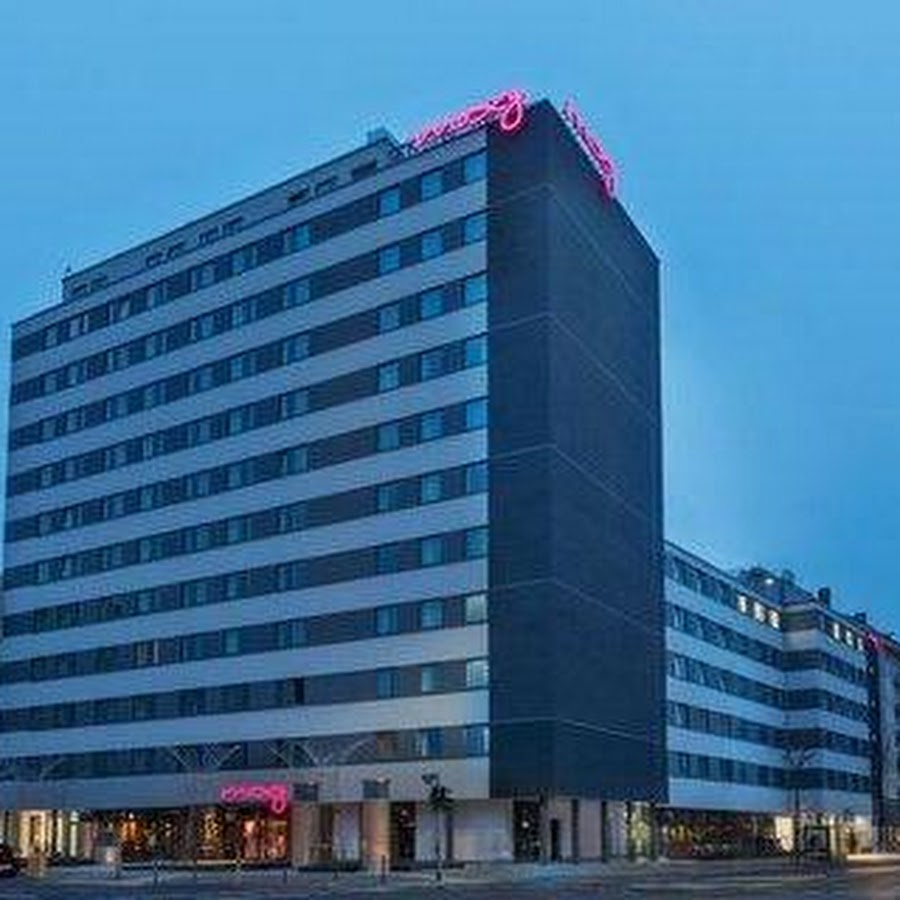
Sure Hotel By Best Western Ambassador Duesseldorf
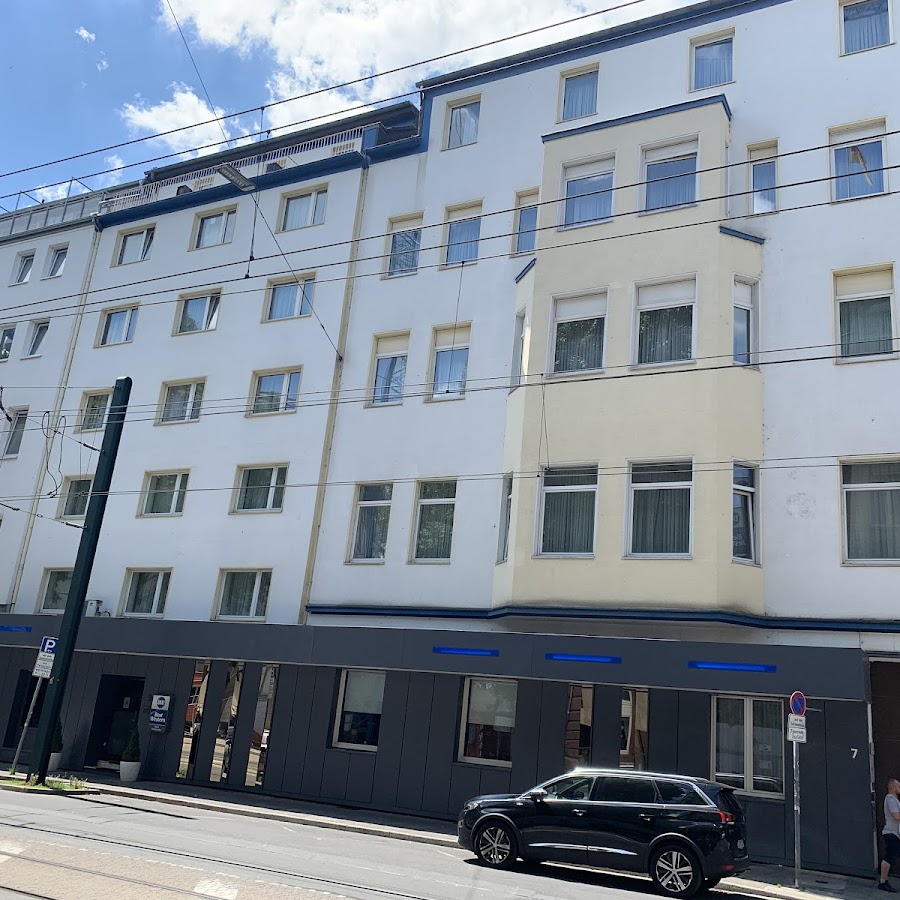
Backpackers Düsseldorf
Limehome Düsseldorf Stresemannstr.
Hotel Dusseldorf Mitte
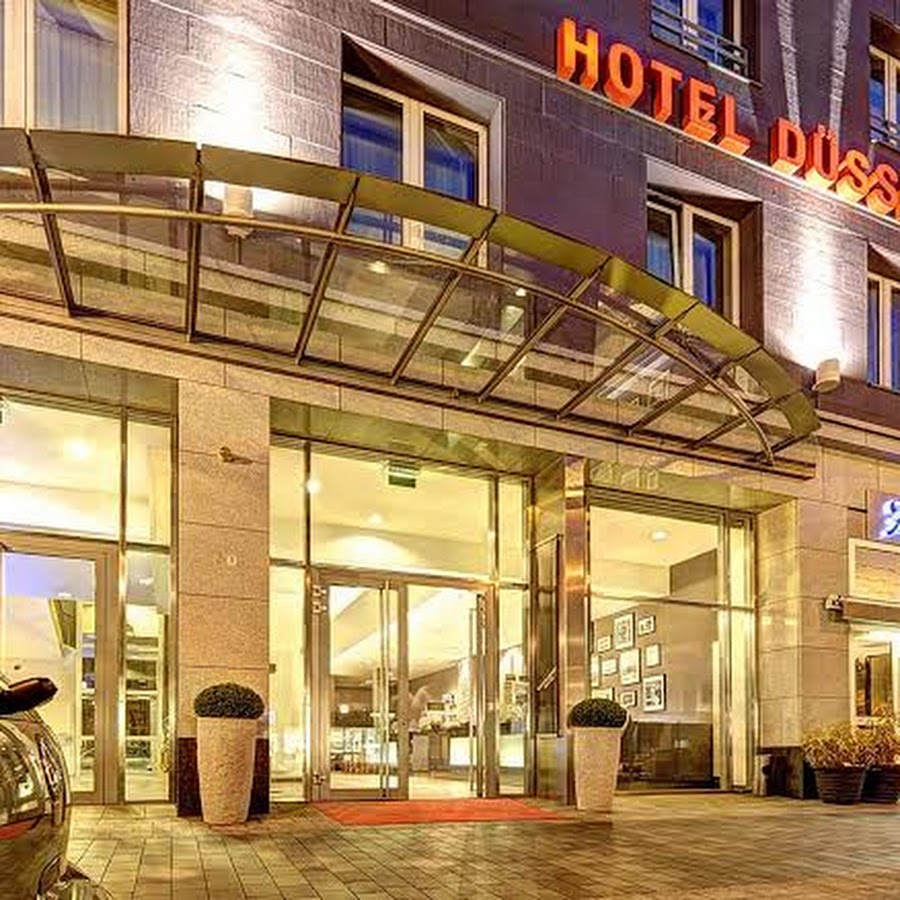
Hotel Land Gut Höhne

Hotel Ashley's Garden
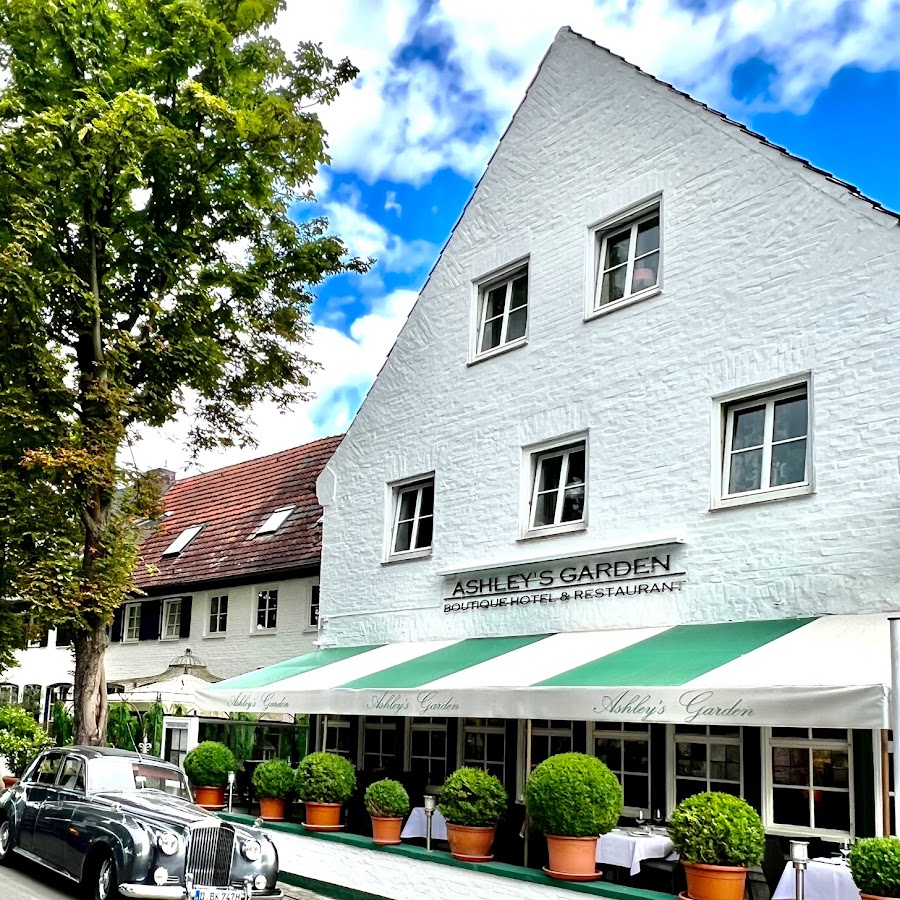
Limehome Düsseldorf Bahlenstr.
Steigenberger Parkhotel, Düsseldorf
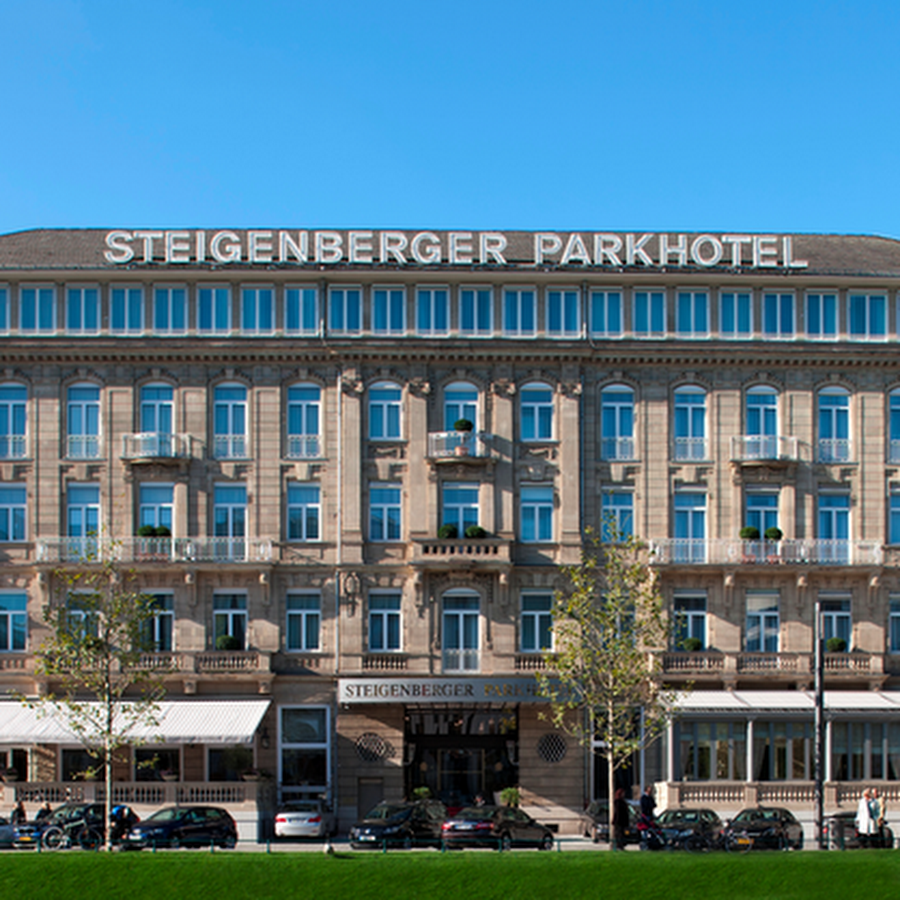
H2 Hotel Düsseldorf Seestern

B&B HOTEL Düsseldorf-Hilden
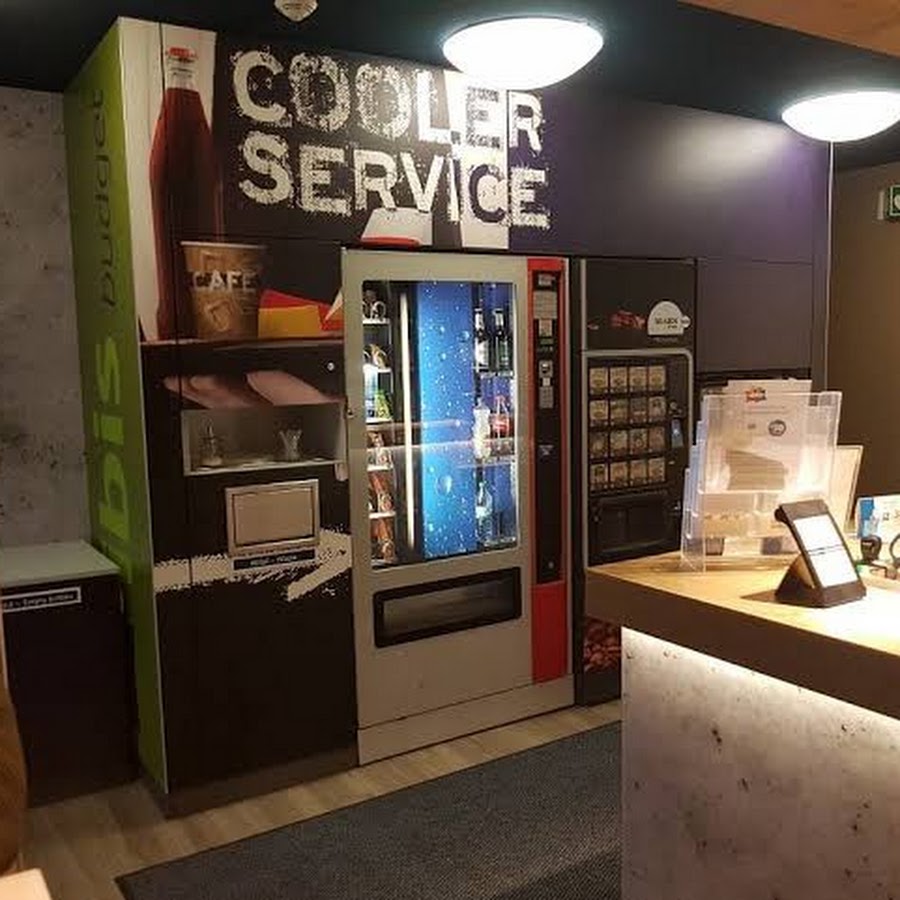
Ruby Luna Hotel Dusseldorf
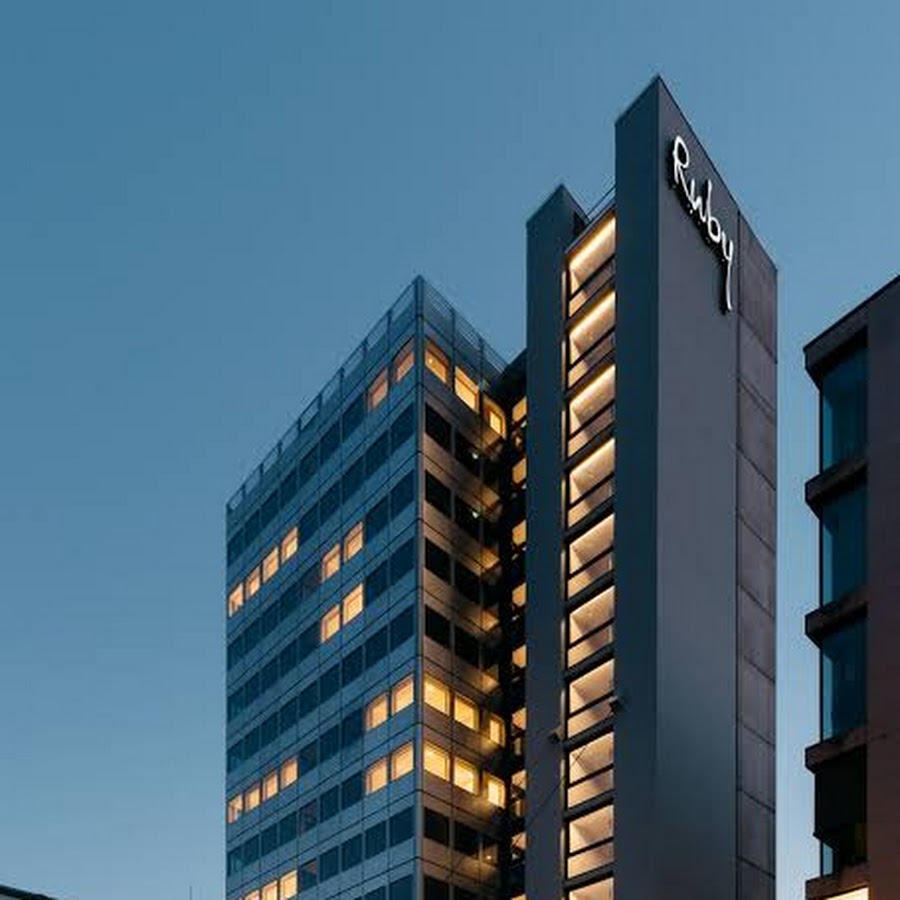
TRIP INN Hotel Esplanade
Artus Hotel

a&o Hostel Düsseldorf Hauptbahnhof
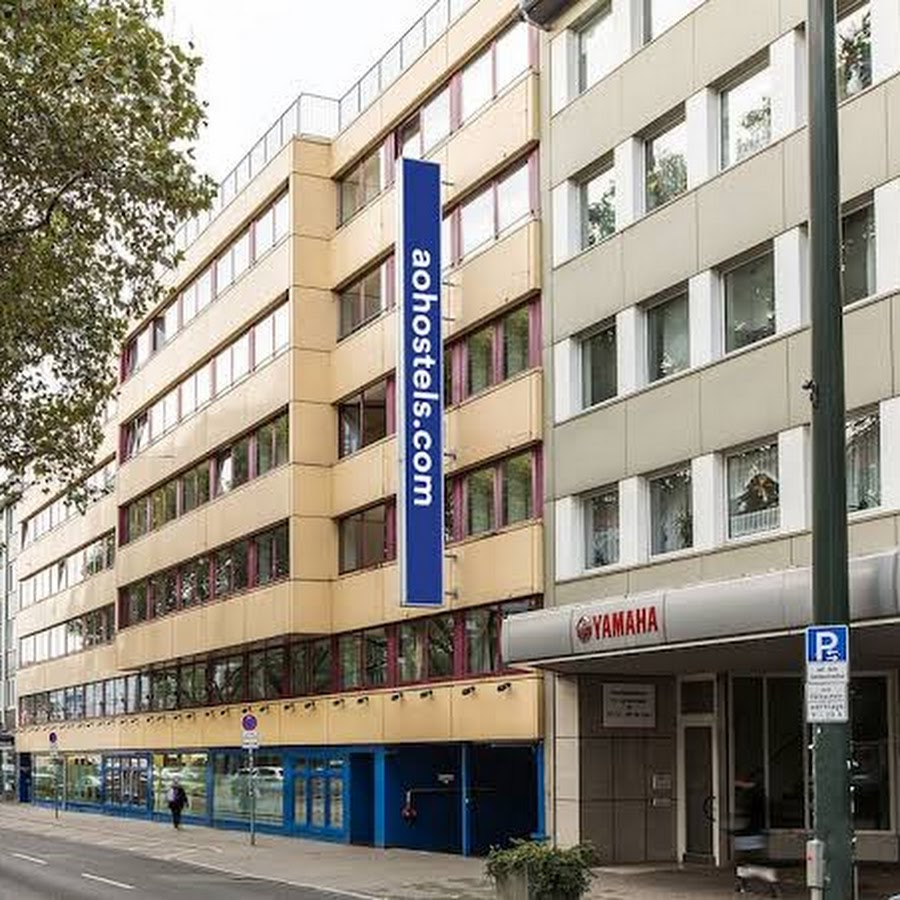
DORMERO Hotel Meerbusch
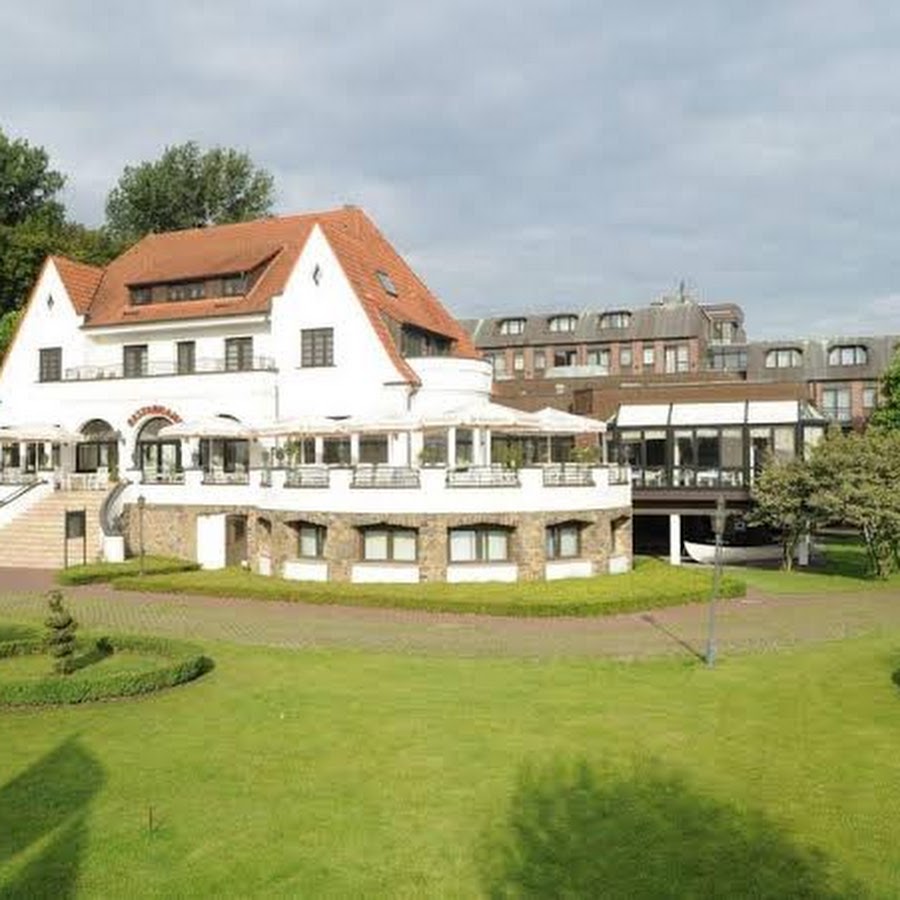
INNSiDE by Meliá Düsseldorf Derendorf

Berolina Haus
carathotel Düsseldorf City
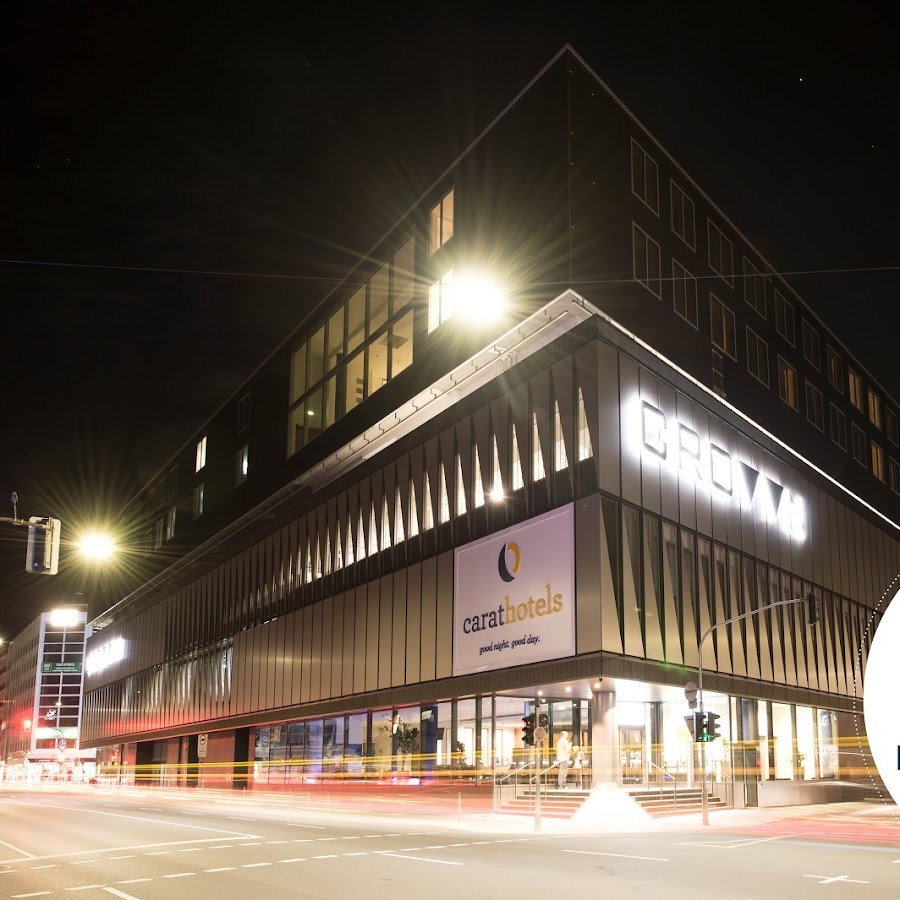
Max Brown Hotel Midtown
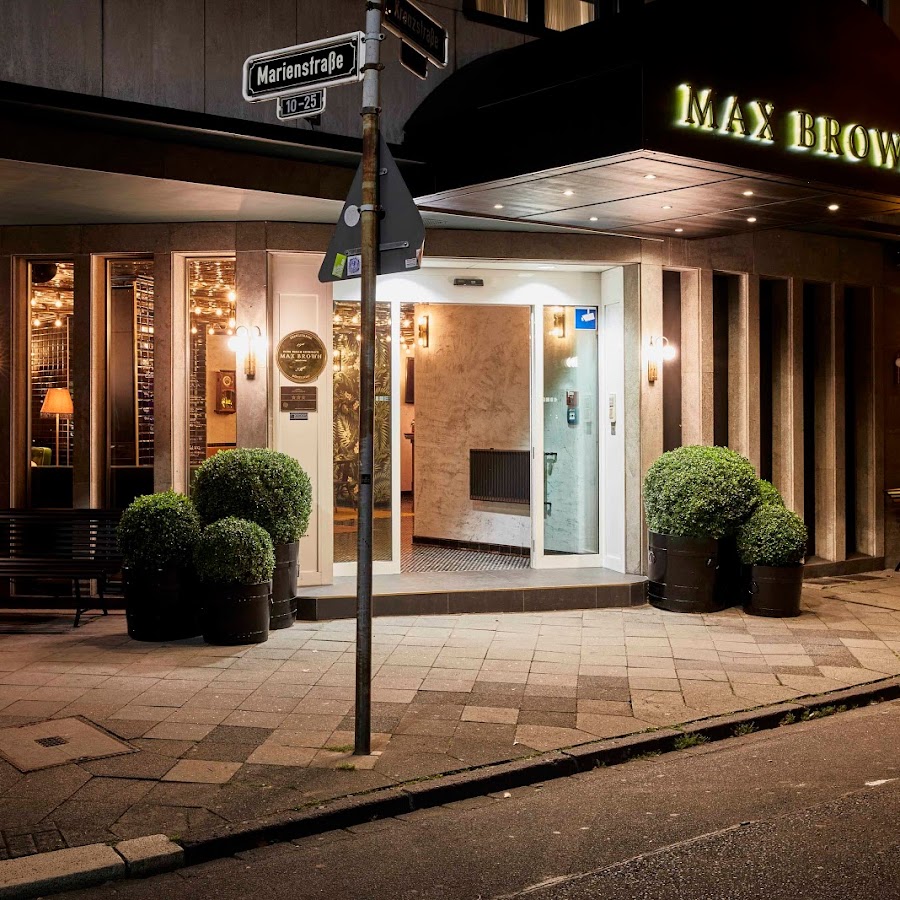
Maritim Hotel
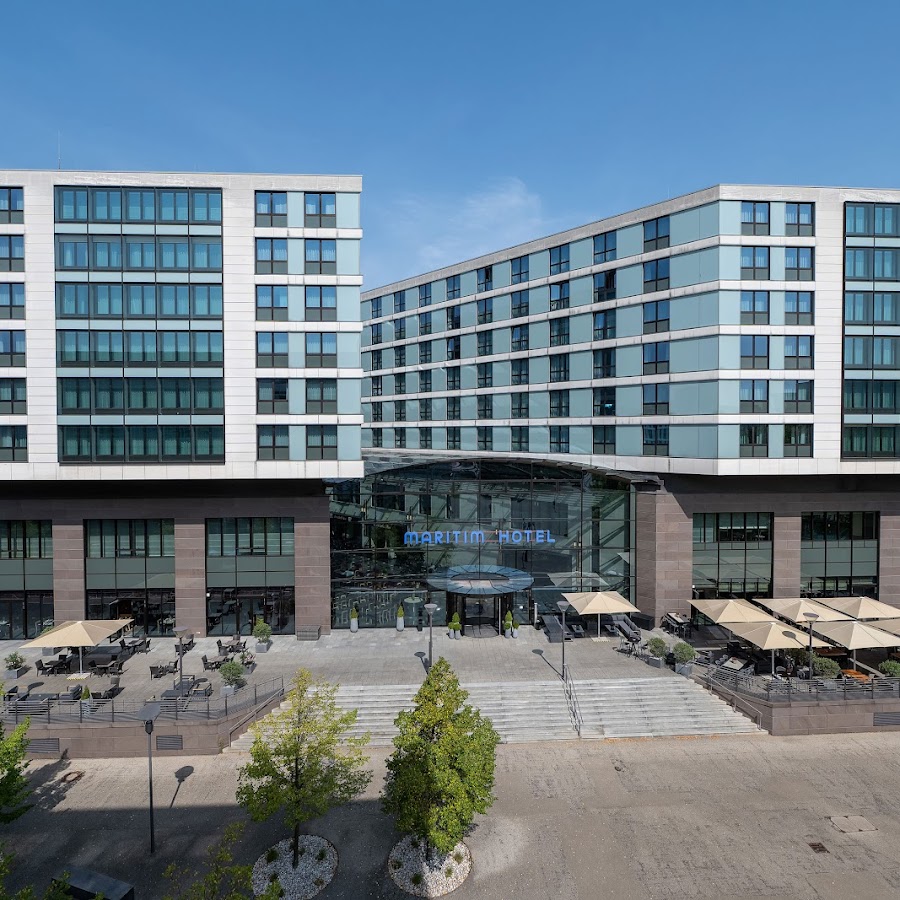
Courtyard Duesseldorf Hafen
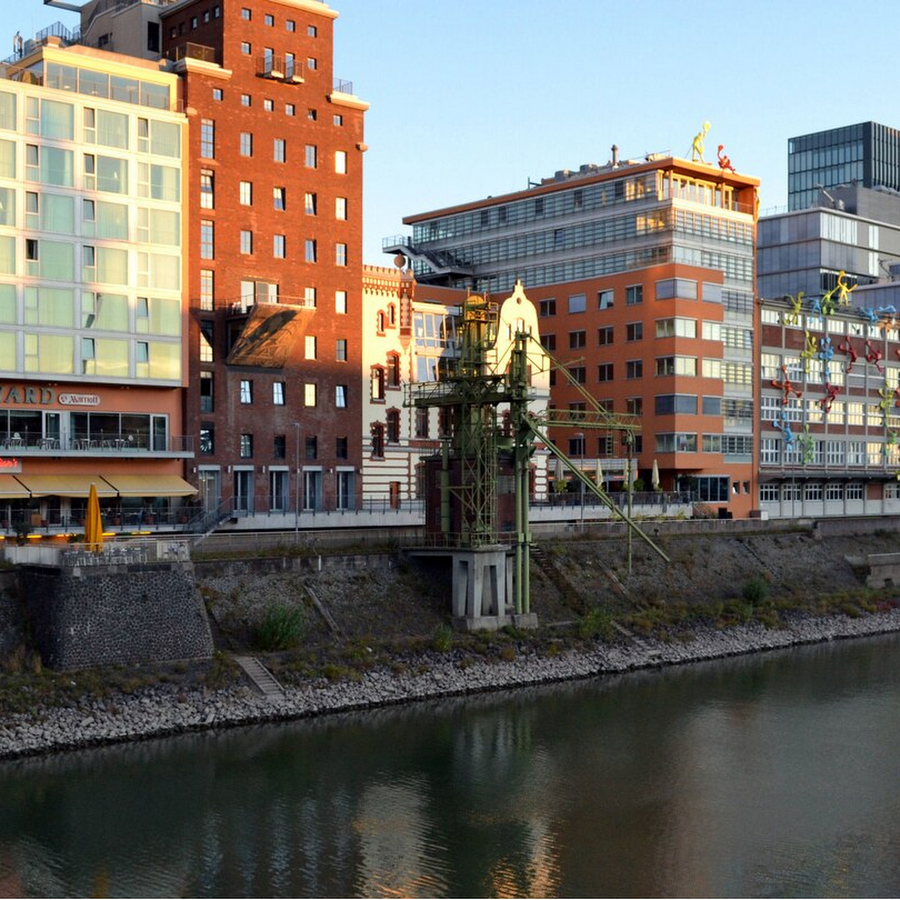
Hotel THE FRITZ
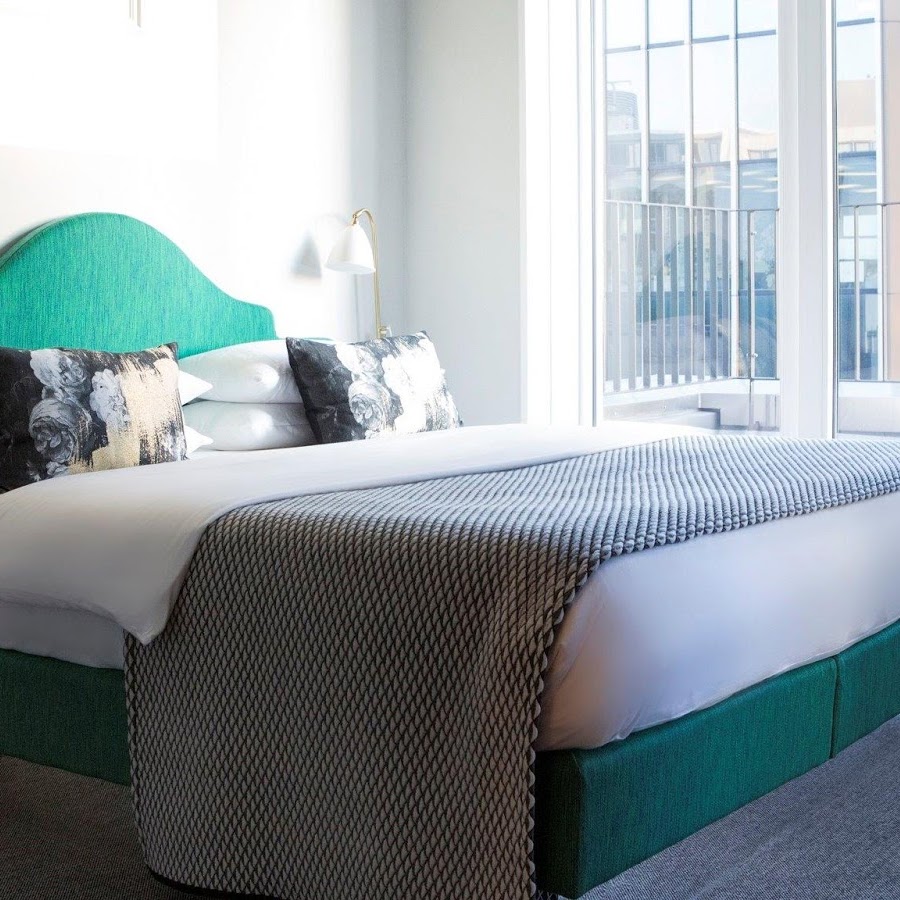
Wyndham Garden Duesseldorf City Centre Koenigsallee
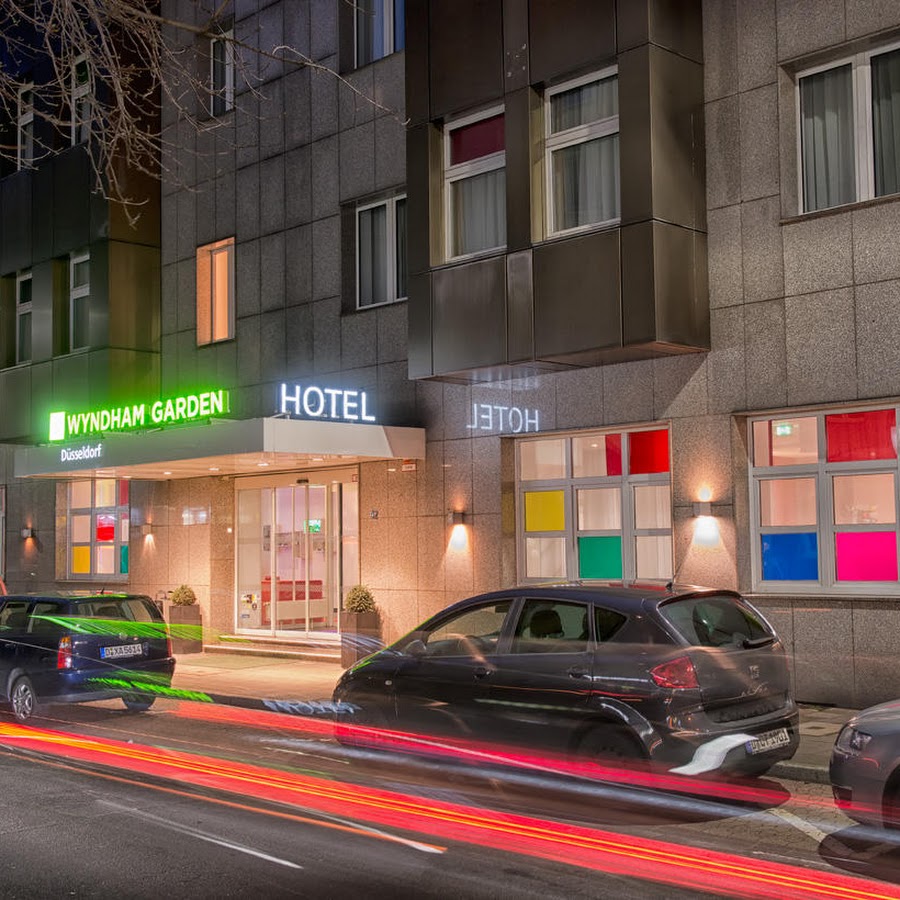
Hotel NH Düsseldorf Königsallee

B&B HOTEL Düsseldorf-Airport

Boutique Hotel Berial Düsseldorf
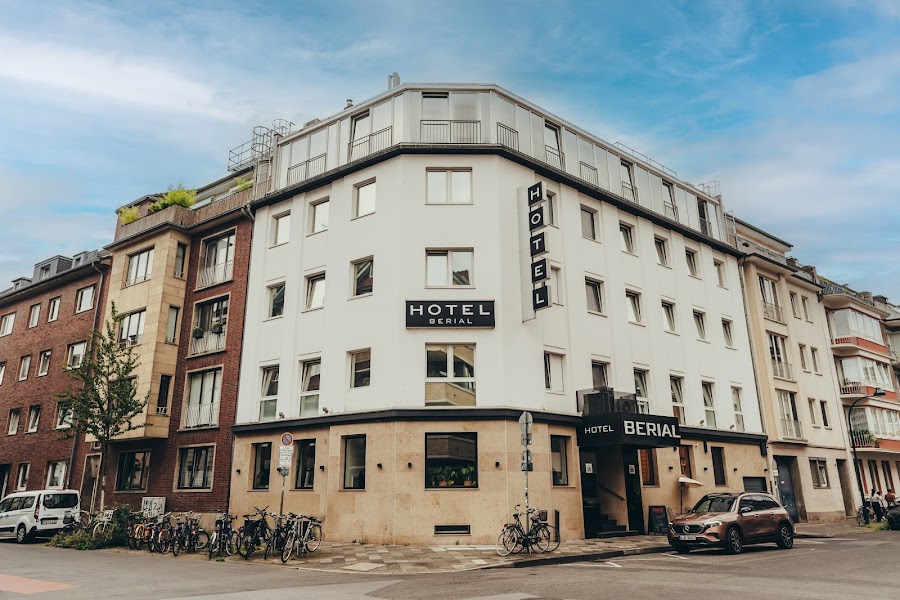
Hotel NH Düsseldorf City
Mercure Hotel Duesseldorf City Center
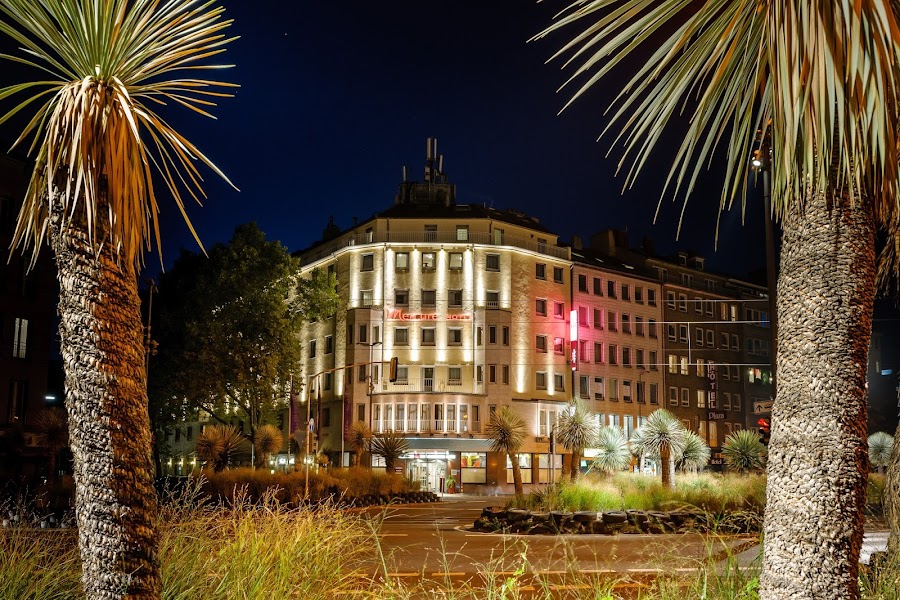
Novotel Duesseldorf City West
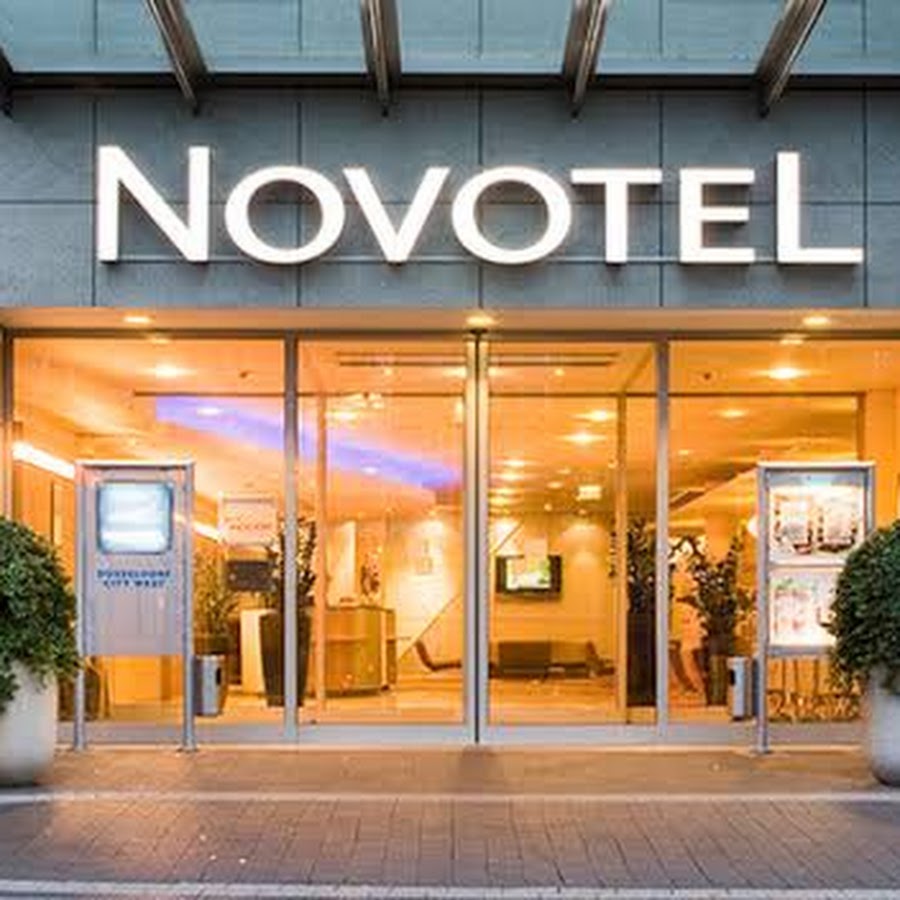
Mercure Hotel Duesseldorf City Nord
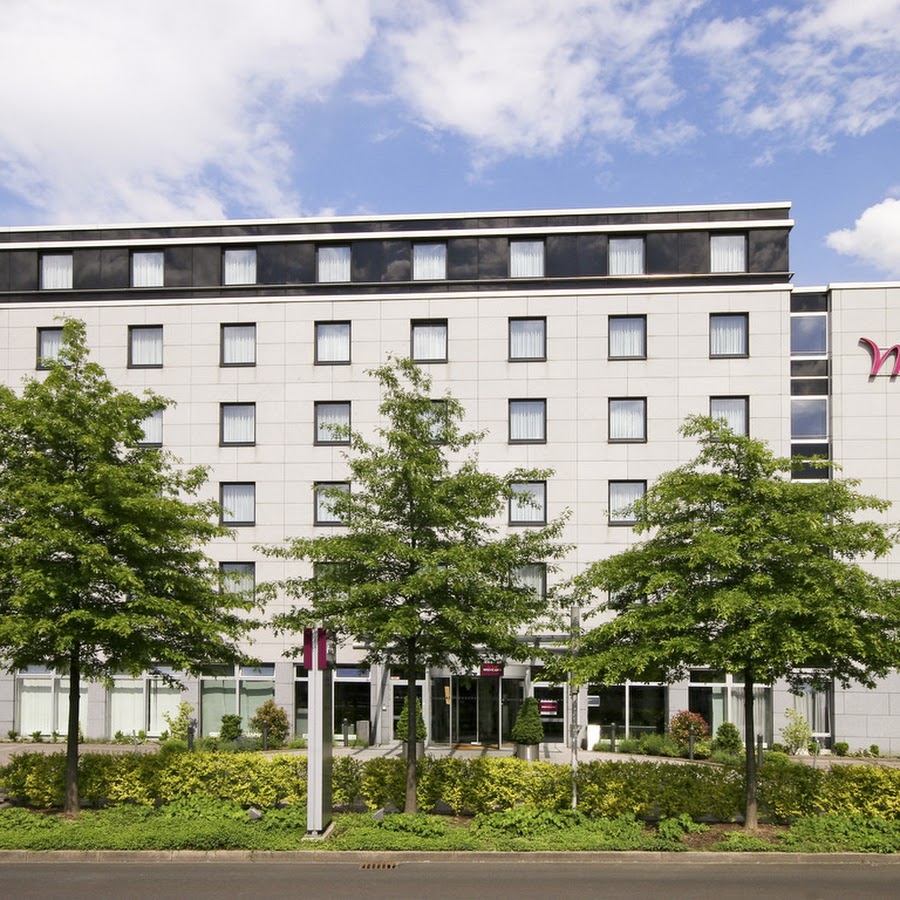
Holiday Inn Express Düsseldorf - Hauptbahnhof by IHG
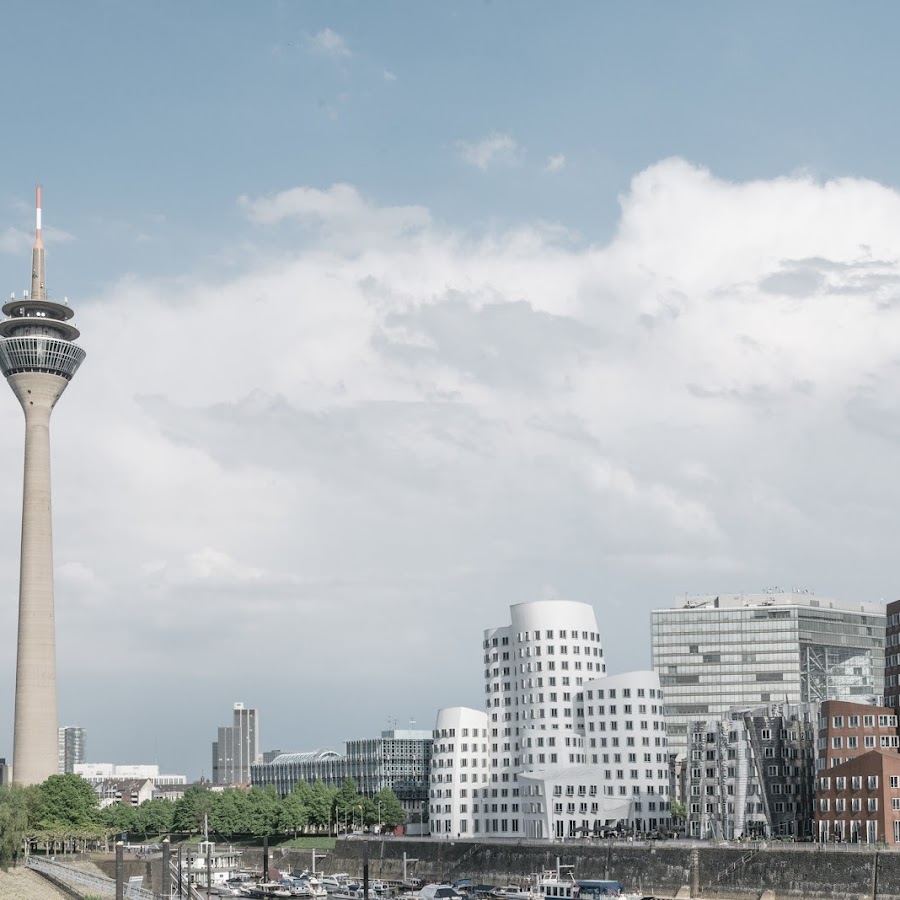
ibis Düsseldorf Flughafen
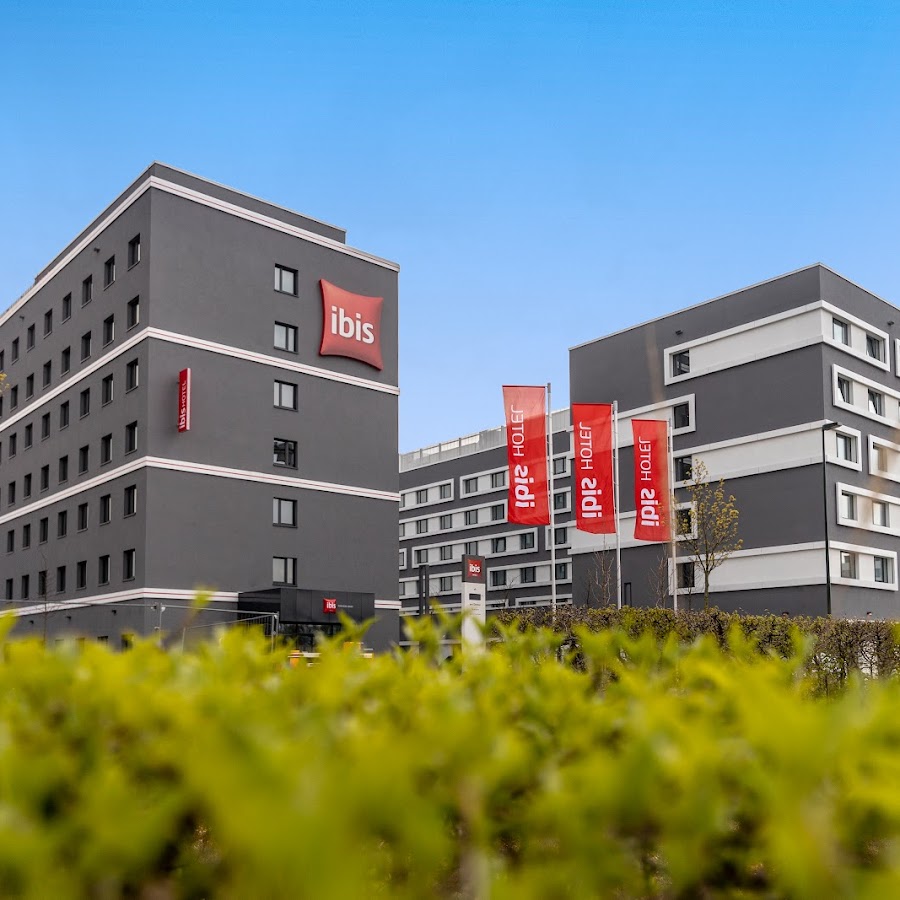
Leonardo Hotel
Radisson Blu Media Harbour Hotel, Düsseldorf

Holiday Inn Dusseldorf City Toulouser All. by IHG
Holiday Inn - the niu, Tab Dusseldorf Main Station, an IHG Hotel
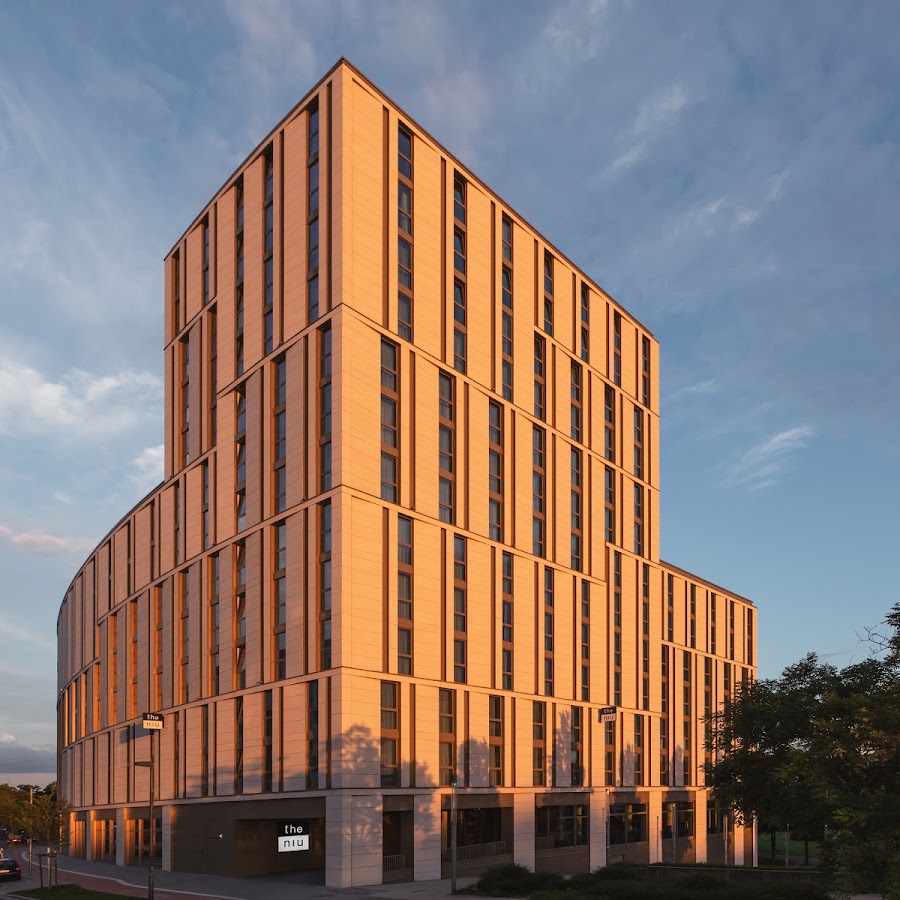
Adina Apartment Hotel Düsseldorf
Holiday
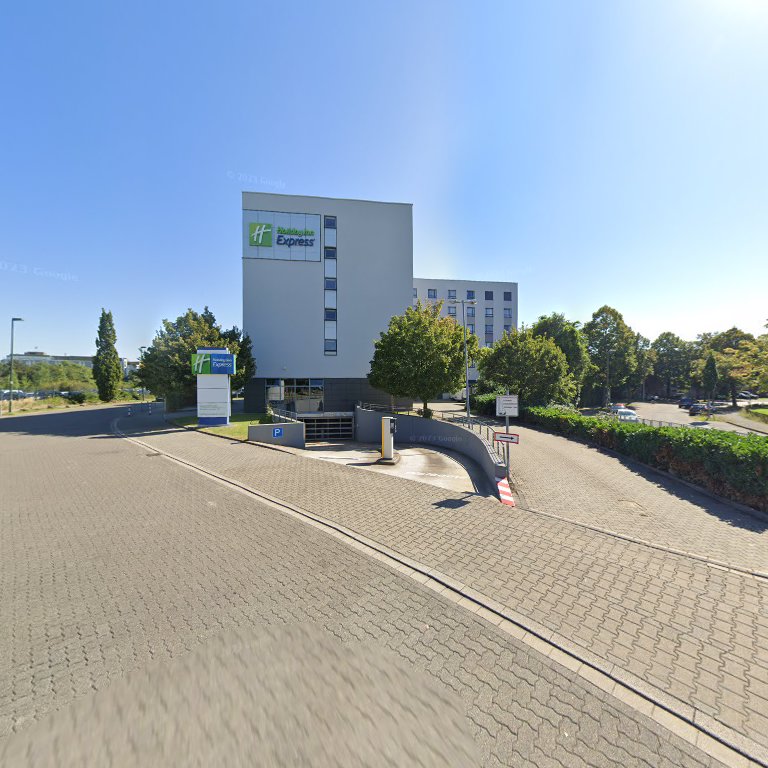
Hyatt Regency Dusseldorf
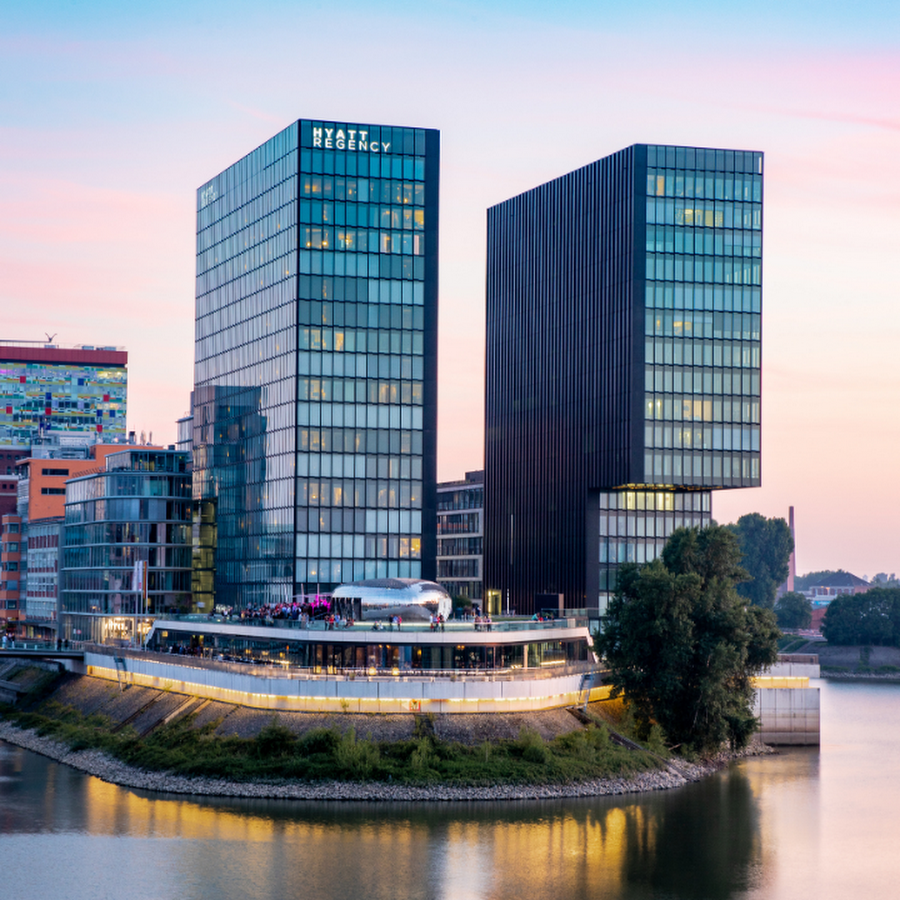
Moxy Duesseldorf South
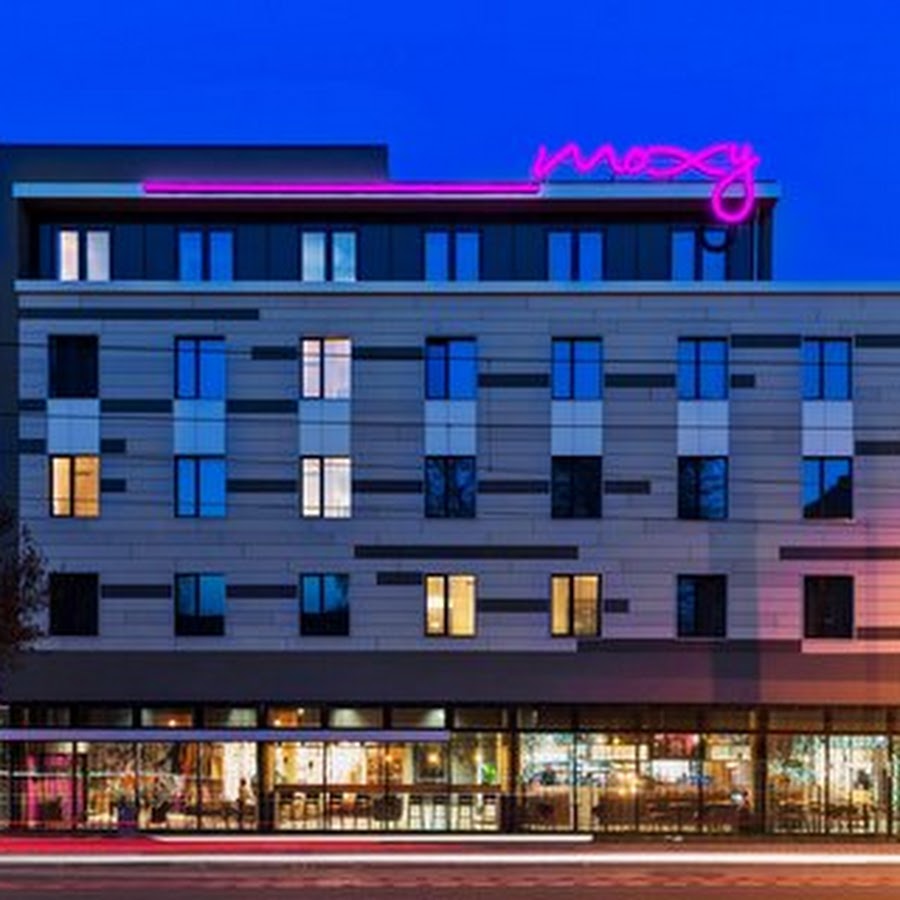
Radisson Blu Conference Hotel, Düsseldorf
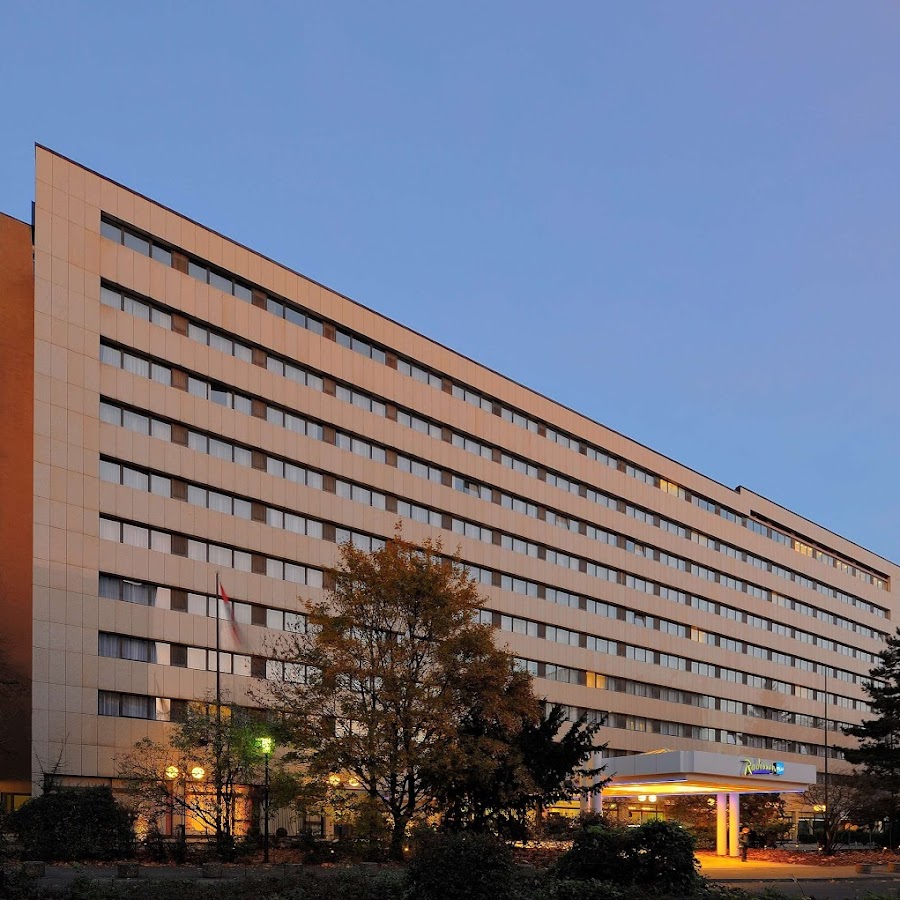
CROWNE PLAZA Dusseldorf - Neuss
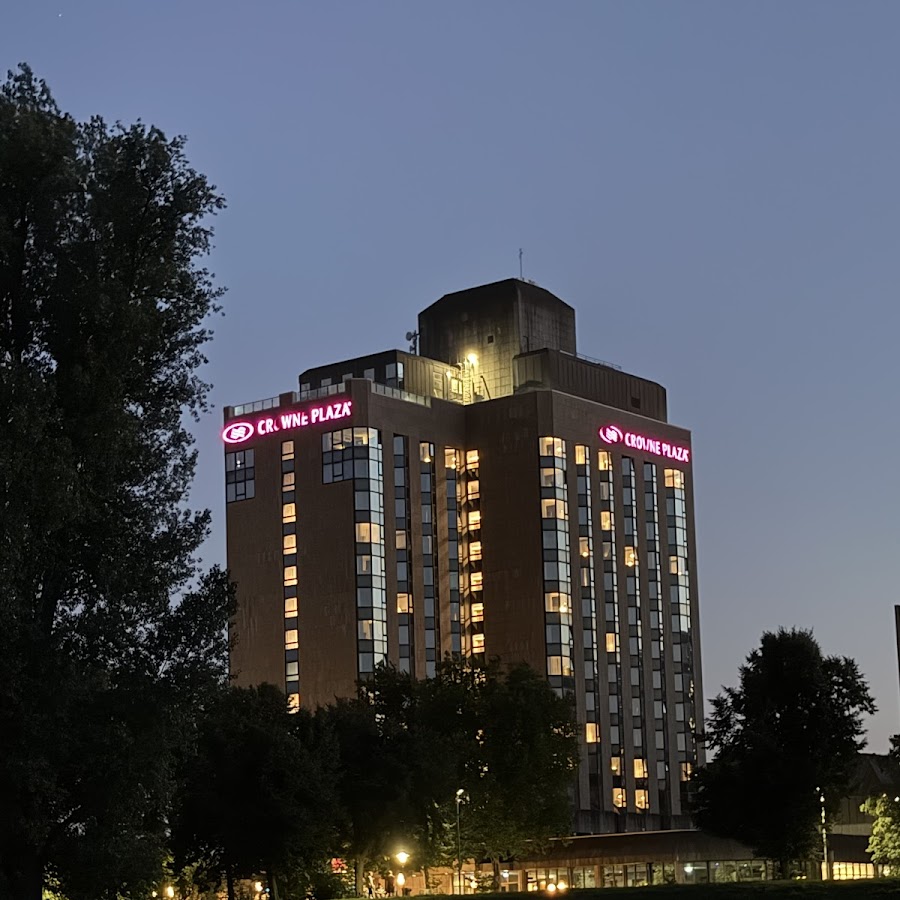
Holiday Inn Express Düsseldorf Airport by IHG
Hotel Motel One Düsseldorf-Hauptbahnhof
Hilton Dusseldorf
Premier Inn Düsseldorf City Ost hotel

B&B Hotel Neuss
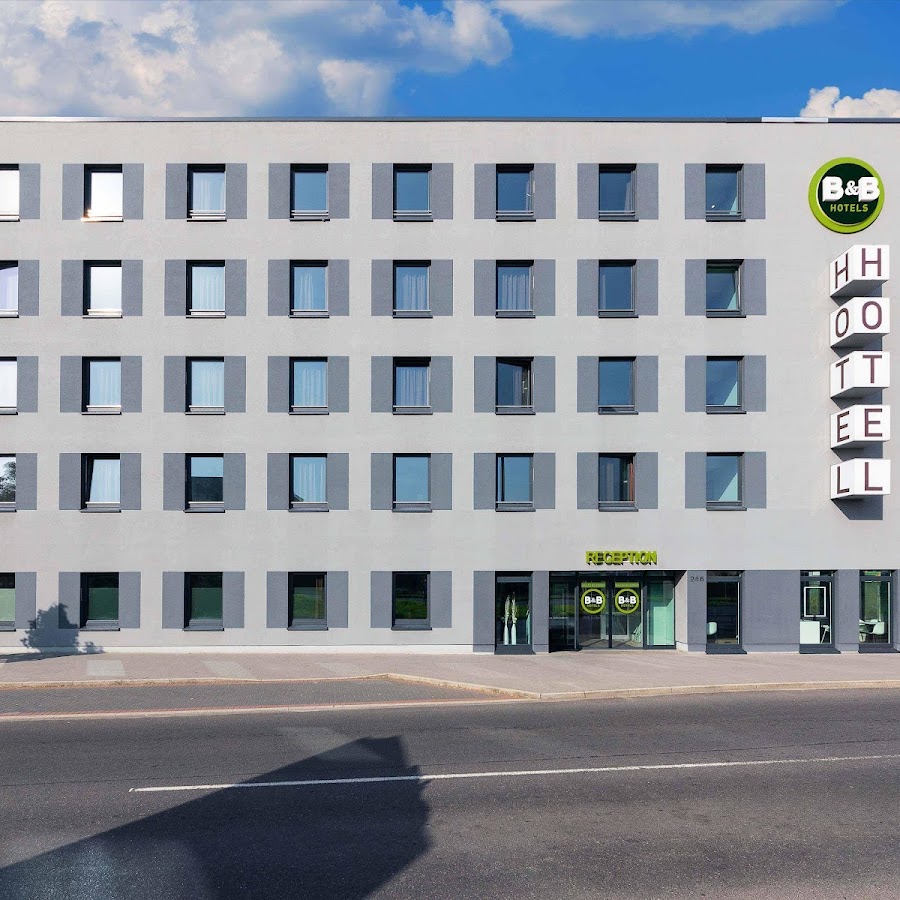
Candlewood Suites Dusseldorf Airport by IHG
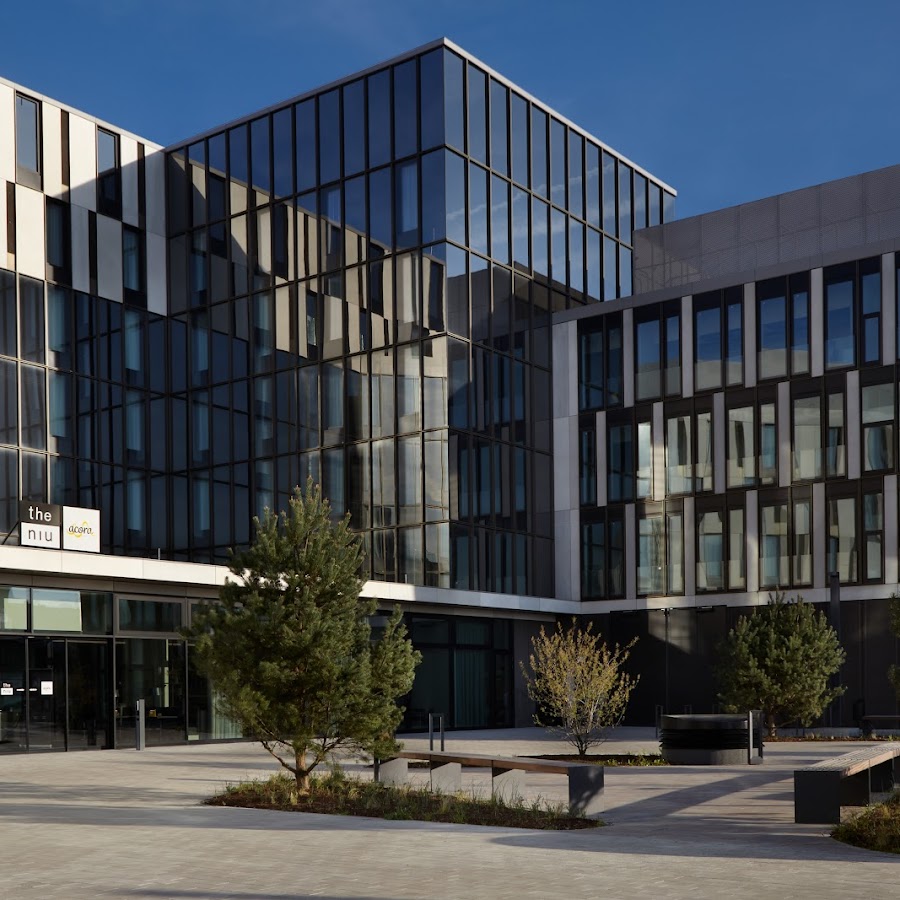
H2 Hotel Düsseldorf City
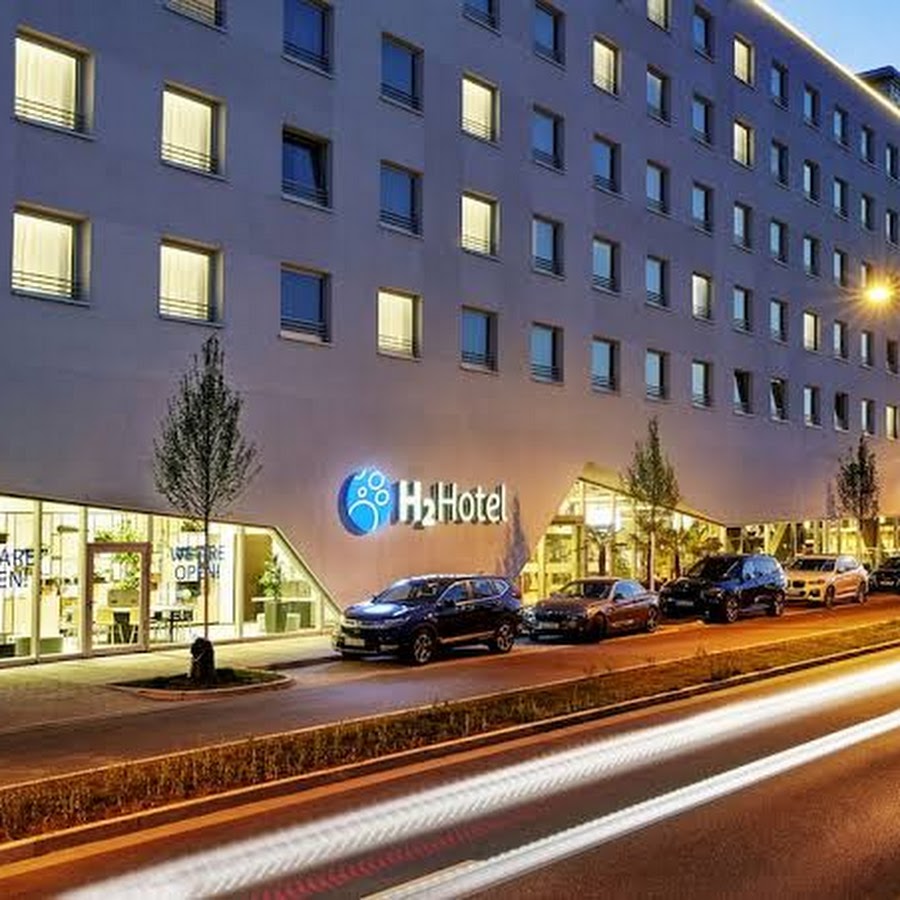
Things to see or do in Düsseldorf
Düsseldorf-Rath
Rath is a quarter in northern Düsseldorf, part of Borough 6. It is about 5 km northeast of the city center, near the airport. It has an area of 10.42 km2 (4.02 sq mi), and 20,483 inhabitants (2020).Rath is a quarter in northern Düsseldorf, known for its proximity to the airport.

Tonhalle Düsseldorf
Tonhalle Düsseldorf is a concert hall in Düsseldorf. It was built by the architect Wilhelm Kreis. The resident orchestra, the Düsseldorfer Symphoniker, play symphonic repertoire at the Tonhalle as well as opera at the Deutsche Oper am Rhein.Tonhalle Düsseldorf is a concert hall known for its beautiful architecture and acoustics, hosting various musical events.
 en.wikipedia.org
en.wikipedia.orgGerresheim
Gerresheim is one of the City of Düsseldorf, Germany's fifty quarters. Part of Borough 7, it is located in the eastern part of the municipality. Gerresheim is much older than Düsseldorf itself, having been an independent city with a rich history for over 1,000 years. Gerresheim merged voluntarily with Düsseldorf in 1909. Gerresheim has an area of 6.68 km2 (2.58 sq mi), and 29,641 inhabitants (2020).Gerresheim is one of the city’s quarters, known for its rich history and older architecture.

Kaiserswerth
Kaiserswerth (German pronunciation: [ˈkaɪzɐsˌveːɐ̯t]) is one of the oldest quarters of the City of Düsseldorf, part of Borough 5. It is in the north of the city and next to the river Rhine. It houses the Kaiserwerth Deaconesses' Institute [de] where Florence Nightingale worked. Kaiserswerth has an area of 4.80 km2 (1.85 sq mi), and 7,923 inhabitants (2020).Kaiserswerth is one of the oldest quarters of Düsseldorf, located next to the river Rhine.

Landtag of North Rhine-Westphalia
The Landtag of North Rhine-Westphalia is the state parliament (Landtag) of the German federal state of North Rhine-Westphalia, which convenes in the state capital of Düsseldorf, in the eastern part of the district of Hafen. The parliament is the central legislative body in the political system of North Rhine-Westphalia. In addition to the passage of laws, its most important tasks are the election of the Minister-President of the state and the administration of the government. The current government is a coalition of the CDU and the Greens, supporting the cabinet of Minister-President Hendrik Wüst since June 2022. The last state election took place on 15 May 2022.The Landtag of North Rhine-Westphalia is the state parliament of the German federal state, which convenes in Düsseldorf.

Kunstakademie Düsseldorf
The Kunstakademie Düsseldorf is the academy of fine arts of the state of North Rhine Westphalia at the city of Düsseldorf, Germany. Notable artists who studied or taught at the academy include Joseph Beuys, Gerhard Richter, Blinky Palermo, Magdalena Jetelová, Gotthard Graubner, Nam June Paik, Nan Hoover, Katharina Fritsch, Tony Cragg, Ruth Rogers-Altmann, Sigmar Polke, Anselm Kiefer, Rosemarie Trockel, Thomas Schütte, Katharina Grosse, Michael Krebber and photographers Thomas Ruff, Thomas Demand, Christopher Williams, Thomas Struth, Andreas Gursky and Candida Höfer. In the stairway of its main entrance are engraved the Words: "Für unsere Studenten nur das Beste" ("For our Students only the Best").The Kunstakademie Düsseldorf is the academy of fine arts of the state of North Rhine Westphalia at the city of Düsseldorf, Germany. Notable artists who studied or taught at the academy include Joseph Beuys, Gerhard Richter, and Blinky Palermo.
 en.wikipedia.org
en.wikipedia.orgAltstadt (Düsseldorf)
The Altstadt (German pronunciation: [ˈaltˌʃtat] , lit. 'old town') is one of the 50 quarters (Stadtteile) of Düsseldorf, Germany; it belongs to central Borough 1. The Düsseldorfer Altstadt is known as "the longest bar in the world" (längste Theke der Welt), because the small Old Town has more than 300 bars and discothèques; supposedly, each establishment's bar-counter connecting to one next door. Düsseldorf is famed for its special beer, Altbier ("old beer"), brewed from an old traditional recipe, which is only produced in a few places in the world since the end of the 19th century. The Old Town has an area of 0.48 square kilometer (which is less than a quarter of a percent of the whole city) and has 2,429 inhabitants (2020), less than half a percent of the population of Düsseldorf. The density of population is thus 5,398 inhabitants/km2.The Altstadt is known as "the longest bar in the world" and offers a lively atmosphere with numerous pubs and restaurants.

Neandertal (valley)
The Neandertal (/niˈændərˌtɑːl/, also US: /-ˌtɔːl/, German: [neˈʔandɐtʰaːl]; sometimes called "the Neander Valley" in English) is a small valley of the river Düssel in the German state of North Rhine-Westphalia, located about 12 km (7.5 mi) east of Düsseldorf, the capital city of North Rhine-Westphalia. The valley lies within the limits of the towns of Erkrath and Mettmann. In August 1856, the area became famous for the discovery of Neanderthal 1, one of the first specimens of Homo neanderthalensis to be found. The Neandertal was originally a limestone canyon widely known for its rugged scenery, waterfalls and caves. However, industrial quarrying during the 19th and 20th centuries removed most of the limestone and dramatically changed the shape of the valley. It was during such a quarrying operation that the bones of the original Neanderthal man were found in a cave known as Kleine Feldhofer Grotte. Neither the cave nor the cliff in which the bones were located still exist. During the 19th century, the valley was called Neanderhöhle (Neander's Cave) and, after 1850, Neanderthal. It was named after Joachim Neander, a 17th-century German pastor and hymnwriter. Neander is the Graeco-Roman translation of his family name Neumann; both names mean "new man". Neumann lived in nearby Düsseldorf and loved the valley for giving him the inspiration for his compositions. Former names of the gorge were Das Gestein (The Boulders) and Das Hundsklipp (Cliff of dogs, perhaps in the sense of "Cliff of Beasts"). In 1901, an orthographic reform in Germany changed the spelling of Thal (valley) to Tal. Scientific names, such as Homo neanderthalensis and Homo sapiens neanderthalensis for Neanderthal remained unchanged, because the laws of taxonomy retain the original spelling at the time of naming. However, Neanderthal station never changed its name to conform with the new German orthography and the modern Neanderthal Museum retains the original spelling.51°13′34″N 6°57′04″E / 51.226129°N 6.951058°E / 51.226129; 6.951058The Neandertal is a small valley of the river Düssel, located about 12 km east of Düsseldorf, known for its natural beauty.

Düsseldorf-Hafen
Düsseldorf-Hafen is an urban quarter of Düsseldorf, Germany, part of Borough 3, located on the river Rhine and the location of the city's docks. The quarter covers 3.79 km2 (1.46 sq mi), and is predominantly commercial and industrial in nature, with a very small residential population. It had 110 residents in the year 2020, making it the Düsseldorf quarter with the lowest population density. The docks prospered for decades but lost much of their trade when Mannesmann closed its nearby pipe factory. As a result the eastern part of the docks started to be redeveloped, attracting businesses in the service sector such as media, design and fashion companies. One of the first new residents to the so-called Media Harbour was Westdeutscher Rundfunk with its current affairs TV and radio studios. Düsseldorf local radio station Antenne Düsseldorf is also based in the harbour area. One of the largest cinemas of Düsseldorf is in the Hafen. The Landtag (State parliament) of North Rhine-Westphalia and the Rheinturm are situated right next to the harbour. Within the Hafen district is the Neuer Zollhof an ensemble of three warped-looking buildings by architect Frank Gehry and other postmodernist buildings. There are also many restaurants, bars, and a few clubs, which make the Hafen a prominent lifestyle district. The western part of the area still has actively used docks for barges that transport materials on the Rhine. There are plans for further redevelopment with the construction of high end apartment buildings. In 2003 the port company merged with the port of Neuss on the opposite bank of the Rhine to form Neuss-Düsseldorfer Häfen GmbH & Co. KG.Düsseldorf-Hafen is an urban quarter located on the river Rhine, known for its modern architecture and vibrant atmosphere.

Königsallee
Königsallee is an urban boulevard in Düsseldorf, noted for its landscaped canal and luxury shopping.
Kunsthalle Düsseldorf
Kunsthalle Düsseldorf is an exhibition hall for contemporary art in Düsseldorf.Kunsthalle Düsseldorf is an exhibition hall for contemporary art in Düsseldorf.

Kunstsammlung Nordrhein-Westfalen
51°13′38″N 6°46′32″E / 51.22722°N 6.77556°E / 51.22722; 6.77556 Kunstsammlung Nordrhein-Westfalen The Kunstsammlung Nordrhein-Westfalen is the art collection of the German Federal State of North Rhine-Westphalia, in Düsseldorf. United by this institution are three different exhibition venues: the K20 at Grabbeplatz, the K21 in the Ständehaus, and the Schmela Haus. The Kunstsammlung was founded in 1961 by the state government of North Rhine-Westphalia as a foundation under private law for the purpose of displaying the art collection and expanding it through new acquisitions. During its 50-year history, the Kunstsammlung Nordrhein-Westfalen has earned an international reputation as a museum for the art of the 20th century. For some time now, however, the chronological spectrum of the collection—which was initiated through the purchase of works by Paul Klee—has extended up to the immediate present. The building at Grabbeplatz (K20), with its characteristic black granite façade, was inaugurated in 1986. An extension building was completed in 2010. With major works by Pablo Picasso, Henri Matisse, and Piet Mondrian, among others, as well as a wide-ranging ensemble of circa 100 drawings and paintings by Paul Klee, the permanent collection of the Kunstsammlung offers a singular perspective of classical modernism.[citation needed] The collection of postwar American art includes works by Jackson Pollock and Frank Stella and by pop artists Robert Rauschenberg, Jasper Johns, and Andy Warhol; other high points of the collection are works by Joseph Beuys, Gerhard Richter, Tony Cragg, Emil Schumacher, Sarah Morris, Katharina Fritsch, Nam June Paik, Wolf Vostell and Imi Knoebel. Opened in spring of 2002 as an additional venue of the Kunstsammlung was the Ständehaus (K21) set alongside the Kaiserteich, a building which formerly served as the seat of the Parliament of North Rhine-Westphalia. Among the highlights on view there are a number of artist's rooms and large-scale installations, a special focus of this portion of the collection. The Schmela Haus, in Düsseldorf's historic district, joined the Kunstsammlung in 2009 as a "rehearsal stage" and lecture venue. When it first opened in 1971, this protected landmark by Dutch architect Aldo van Eyck was home to the Galerie Alfred Schmela and was the first building to be erected in the Federal Republic of Germany expressly as an art gallery. Since spring of 2011, the Schmela Haus is also used again for exhibitions. As an institution with three locations, the Kunstsammlung has more than 10,000 m2 (110,000 sq ft) of exhibition surface at its disposal. With its accompanying programs and special projects, the Education Department strives to make the works held in the Regional Collection accessible to visitors of all ages. Available for this purpose are a number of studios, a media workshop, and a "laboratory" which is integrated into the exhibition galleries.The Kunstsammlung Nordrhein-Westfalen is the art collection of the German Federal State of North Rhine-Westphalia, in Düsseldorf.

Schloss Benrath
Schloss Benrath (Benrath Palace) is a Baroque-style maison de plaisance (pleasure palace) in Benrath, which is now a borough of Düsseldorf. It was erected for the Elector Palatine Charles Theodor and his wife, Countess Palatine Elisabeth Auguste of Sulzbach, by his garden and building director Nicolas de Pigage. Construction began in 1755 and was completed in 1770. The ensemble at Benrath has been proposed for designation as a UNESCO World Heritage Site.Schloss Benrath is a Baroque-style pleasure palace in Benrath, which is now a borough of Düsseldorf.
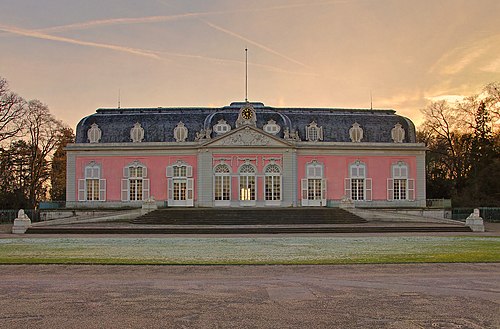
Museum Insel Hombroich
The Museum Insel Hombroich (Museum Island Hombroich), Neuss, North Rhine-Westphalia, Germany, is both a park and a museum combining architecture, art and nature on over 62 acres (25 ha) of meadowland. The park includes the "Kirkeby-Feld" and the "Raketenstation" ("rocket station"), a disused NATO missile base. The museum located on the Museum Island is called "Museum Insel Hombroich". It presents both antique art from Asia and modern art. The Museum and the grounds around it are part of the "Stiftung Insel Hombroich", which was founded in 1996. The inception of the Museum Insel Hombroich occurred in 1982 when real estate agent and art collector Karl Heinrich Müller purchased Rosa Haus ("Pink House"), an overgrown industrialist's villa with a garden, which was built in 1816. Müller's intended to support local artists and architects. Landscape architect Bernhard Korte, who was commissioned to redesign the park, restored the old gardens and created minimalist landscapes. From 1982 to 1994 sculptor Erwin Heerich created eleven exhibition pavilions, which Müller called "chapels in the landscape". Heerich's elemental sculptures became the design base for these gallery pavilions. The buildings include artworks from the collection of Karl Heinrich Müller, among them works by Hans Arp, Alexander Calder, Paul Cézanne, Eduardo Chillida, Lovis Corinth, Jean Fautrier, Alberto Giacometti, Yves Klein, Gustav Klimt, Henri Matisse, Francis Picabia, Rembrandt, Kurt Schwitters, and works from early China. Artists retired from the Kunstakademie Düsseldorf took up residence on the Museum Island, among them Anatol, who set up his studio in a former barn, and the late Gotthard Graubner. Between 1995 and 2009, Portuguese architect Álvaro Siza Vieira has been working on an architecture museum on Hombroich island, completed in collaboration with Rudolf Finsterwalder. In 2015, the Danish-Icelandic artist Ólafur Elíasson exhibited some 40 of his works from the Boros Collection in the rooms of the Langen Foundation.The Museum Insel Hombroich is both a park and a museum combining architecture, art and nature on over 62 acres of meadowland.

NRW Forum
180m 196yds NRW Forum The NRW Forum Wirtschaft und Kultur (Forum NRW), formerly the Museum für Industrie und Wirtschaft, is a museum in Düsseldorf, the state capital of North Rhine-Westphalia, dealing with the development and the economy of the state of North Rhine-Westphalia or regions within it, such as the Rhine-Ruhr-region. Today it is part of the Museum Kunstpalast.The NRW Forum Wirtschaft und Kultur (Forum NRW) is a museum in Düsseldorf, dealing with the development and the economy of North Rhine-Westphalia.

Langen Foundation
Langen Foundation near Neuss, North Rhine-Westphalia, Germany is a museum designed by Japanese architect Tadao Ando. The foundation showcases a collection of Oriental Art and Modern Art. It is located on the grounds of the Museum Insel Hombroich.Langen Foundation near Neuss, North Rhine-Westphalia, Germany is a museum designed by Japanese architect Tadao Ando. The foundation showcases a collection of Oriental Art and Modern Art.

Aquazoo Löbbecke Museum
The Aquazoo Löbbecke Museum unites Zoo, Natural History Museum and Aquarium in one institution under the administration of the city of Düsseldorf. It was opened in 1987 in the North Park under the name "Löbbecke-Museum + Aquazoo" (there have been precursor institutions on different locations in Düsseldorf though). On an area of about 2000 square meters, around 500 animal species are exhibited in 25 themed rooms in aquariums, terrariums and a tropical hall. Moreover, the exhibition includes 1,400 natural history exhibits, models and interactive stations. With about 400.000 visitors per year, the Aquazoo Löbbecke Museum has been by far the most visited cultural institution in the city of Düsseldorf for many years. The name of the institution refers to Theodor Löbbecke who laid the foundation of the natural history collection by collecting sea shells. The collection is rich in type material for different mollusc species, such as the Angaria loebbeckei and Chicoreus loebbeckei.The Aquazoo Löbbecke Museum unites Zoo, Natural History Museum and Aquarium in one institution under the administration of the city of Düsseldorf.
 en.wikipedia.org
en.wikipedia.orgRheinturm
The Rheinturm (pronounced [ˈʁaɪntʊʁm]; 'Rhine Tower') is a 240.5-metre-high (789 ft) concrete telecommunications tower in Düsseldorf, capital of the federal state (Bundesland) of North Rhine-Westphalia, Germany. Construction commenced in 1979 and finished in 1981. The Rheinturm carries aerials for directional radio, FM and TV transmitters. It stands 172.5 metres (564ft) tall and houses a revolving restaurant and an observation deck at a height of 168 metres (551ft). It is the tallest building in Düsseldorf. The Rheinturm was inaugurated on 1 December 1981. It contains 7,500 cubic metres of concrete and weighs 22,500 tons. Before October 15, 2004, when an aerial antenna for DVB-T was mounted, it was 234.2 metres (768ft) tall. The observation deck is open to the public daily from 10:00 to 23:30. As a special attraction, a light sculpture on its shaft works as a clock. This sculpture was designed by Horst H. Baumann and is called Lichtzeitpegel (light time level). The light sculpture on the Rheinturm is the largest digital clock in the world. The clock is a 24-hour clock with six sets of lights, two each for the Hour (00 to 24), Minutes (00 to 60), and Seconds (00 to 60), to be read from top to bottom.The Rheinturm is a 240.5-metre-high concrete telecommunications tower in Düsseldorf, offering panoramic views of the city.

Neanderthal Museum
The Neanderthal Museum is a museum in Mettmann, Germany. It was established in 1996. Located at the site of the first Neanderthal man discovery in the Neandertal, it features an exhibit centered on human evolution. The museum was constructed in 1996 to a design by the architects Zamp Kelp, Julius Krauss and Arno Brandlhuber and draws about 170,000 visitors per year. It includes an archaeological park on the original discovery site, a Stone Age workshop, as well as an art trail named "human traces". All signs, as well as the audio guide offered, are available in German and English.The Neanderthal Museum is a museum in Mettmann, Germany. It was established in 1996. Located at the site of the first Neanderthal man discovery in the Neandertal, it features an exhibit centered on human evolution.

Museum Kunstpalast
The Kunstpalast, formerly Kunstmuseum Düsseldorf is an art museum in Düsseldorf.The Kunstpalast, formerly Kunstmuseum Düsseldorf is an art museum in Düsseldorf.
